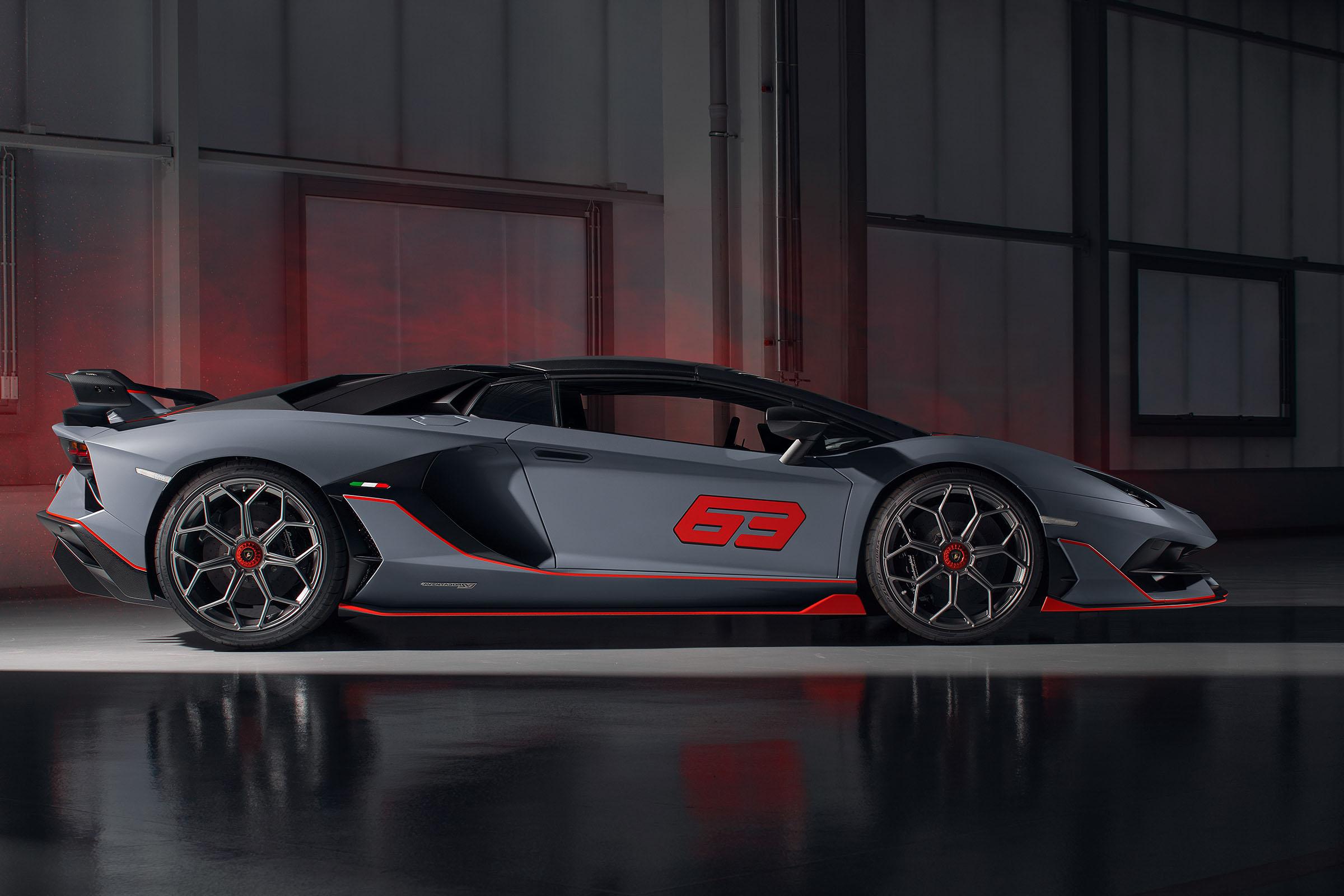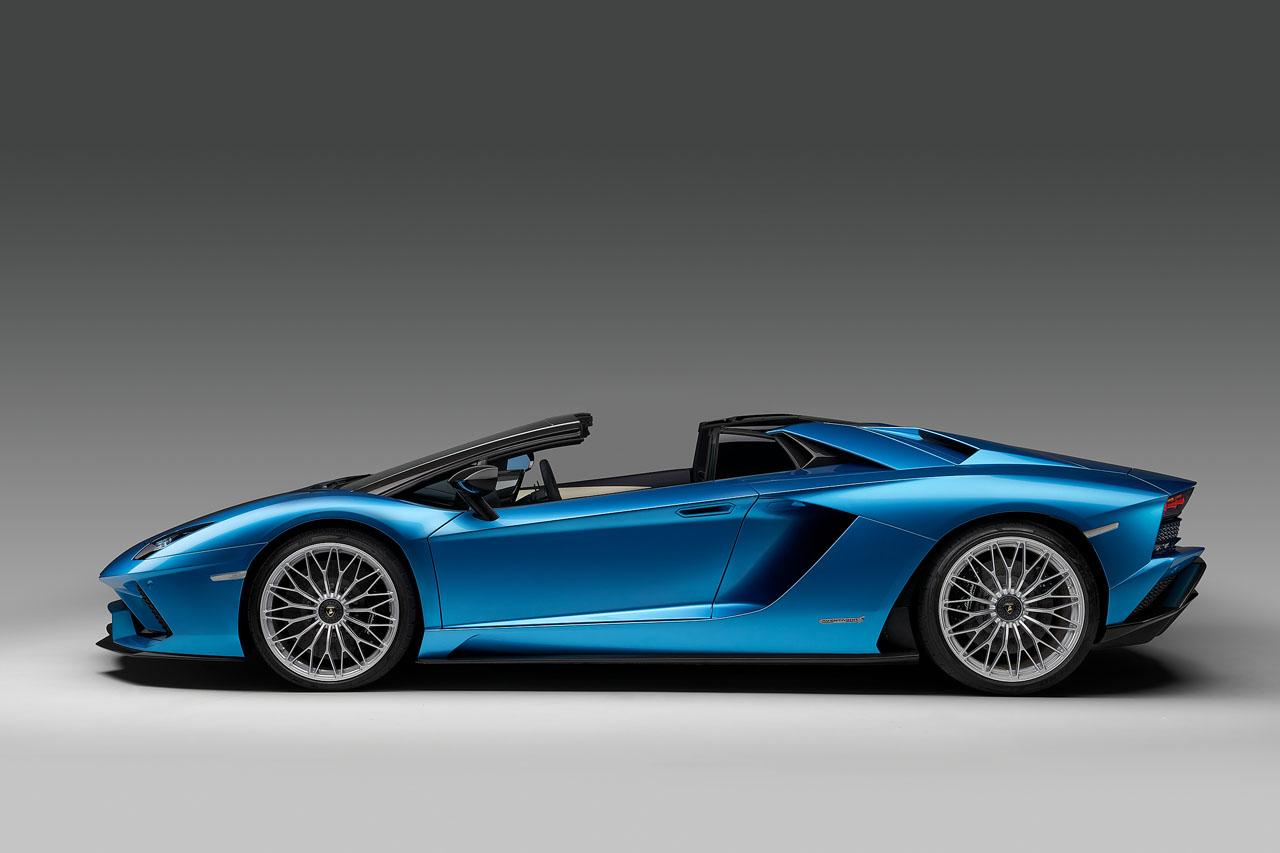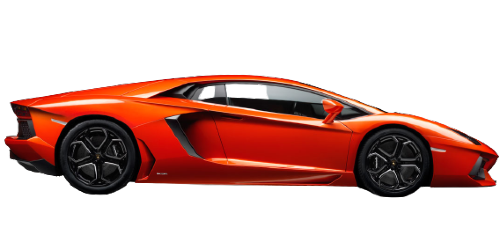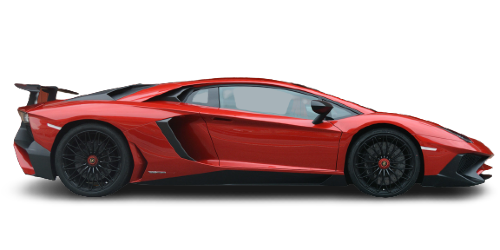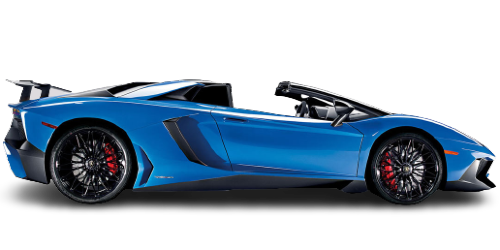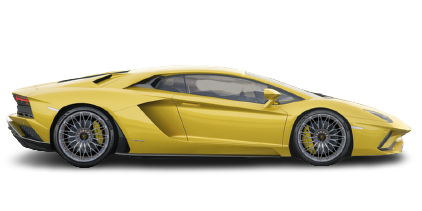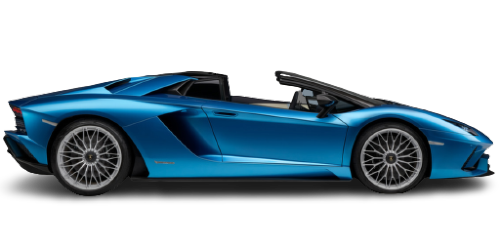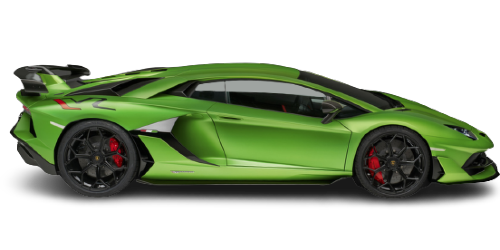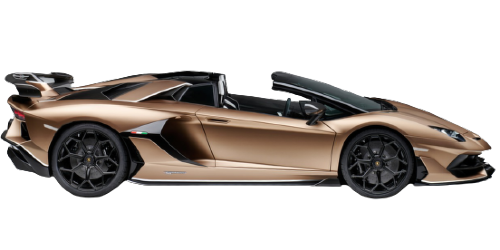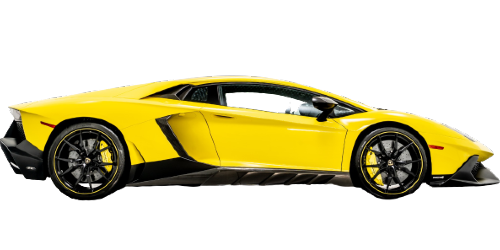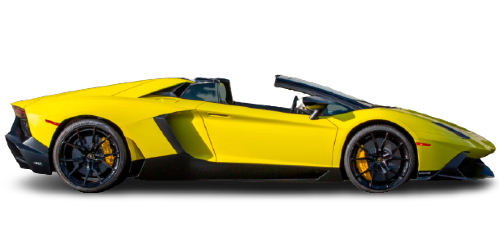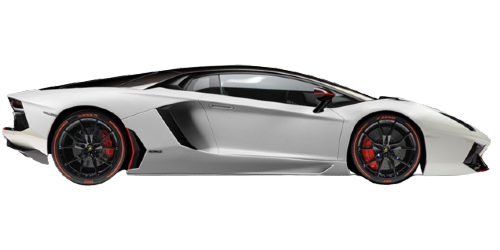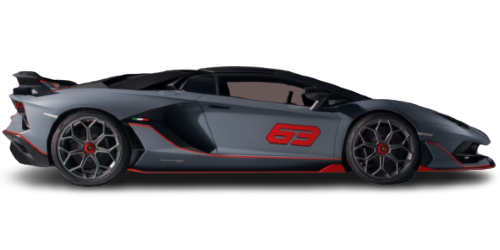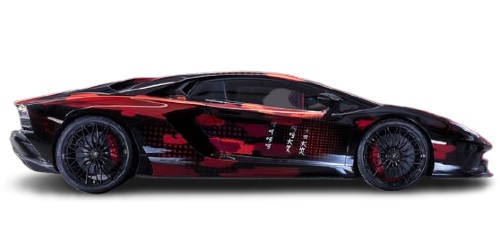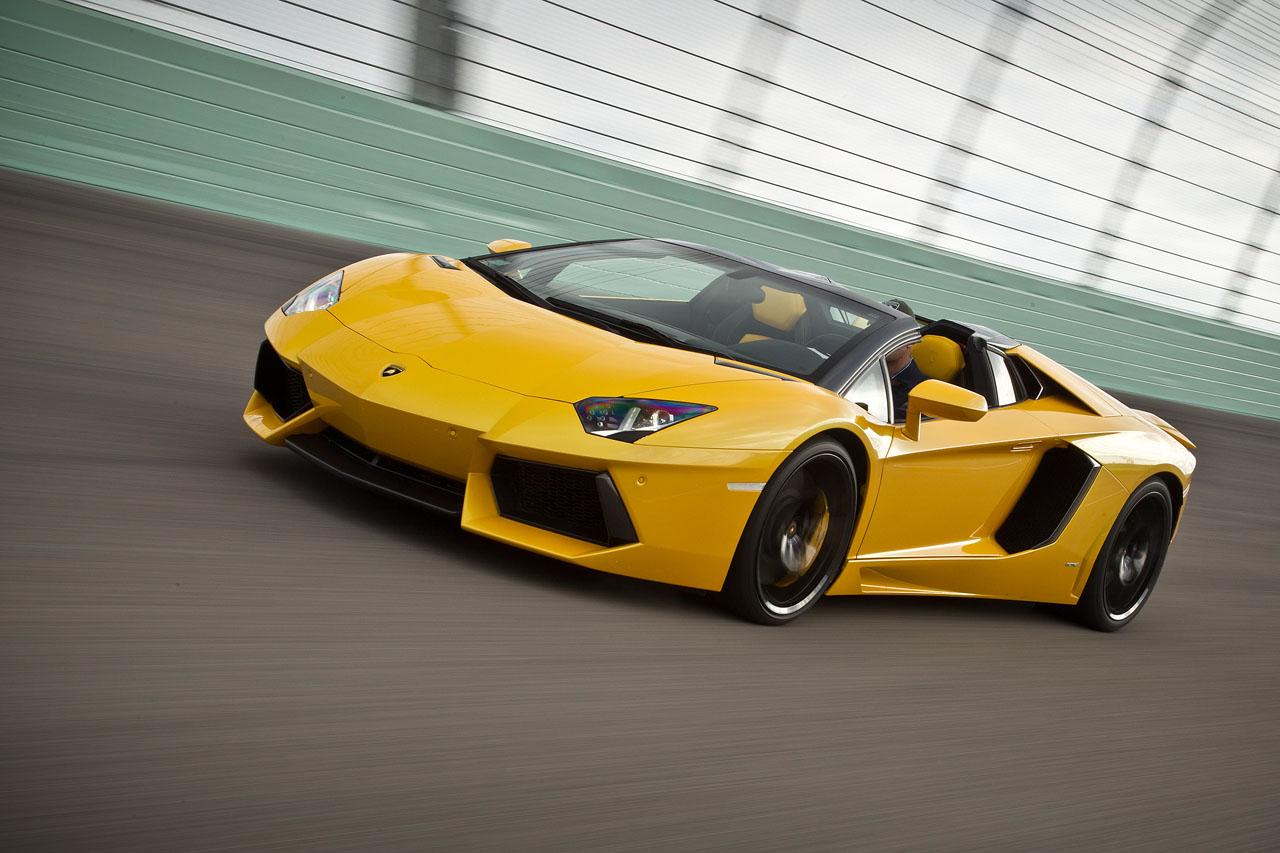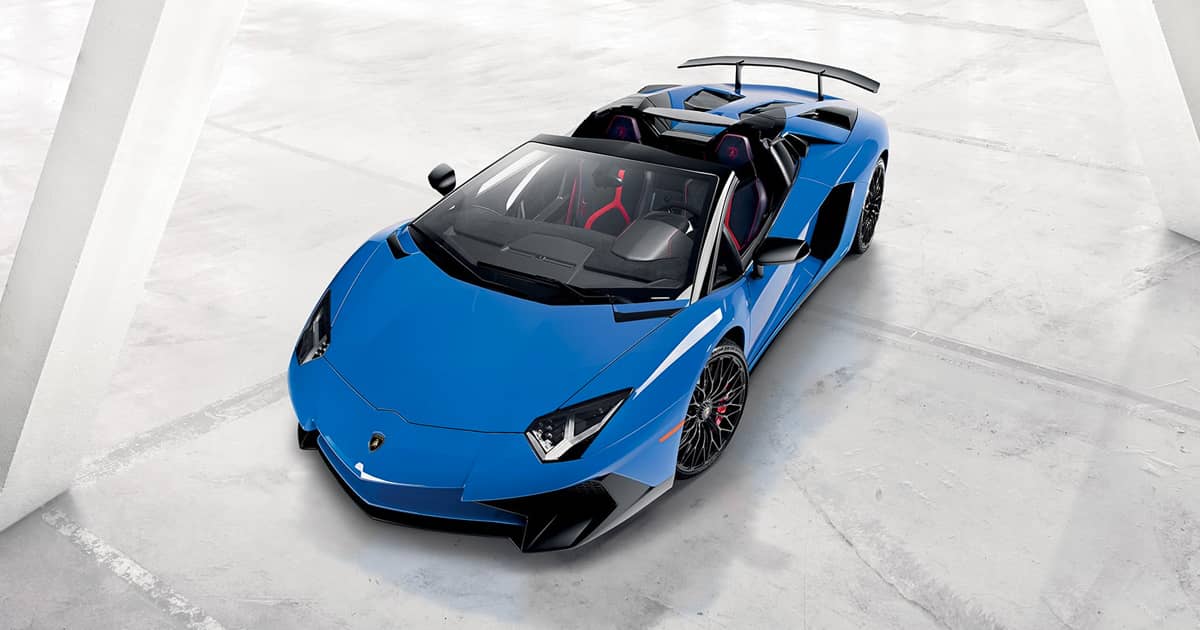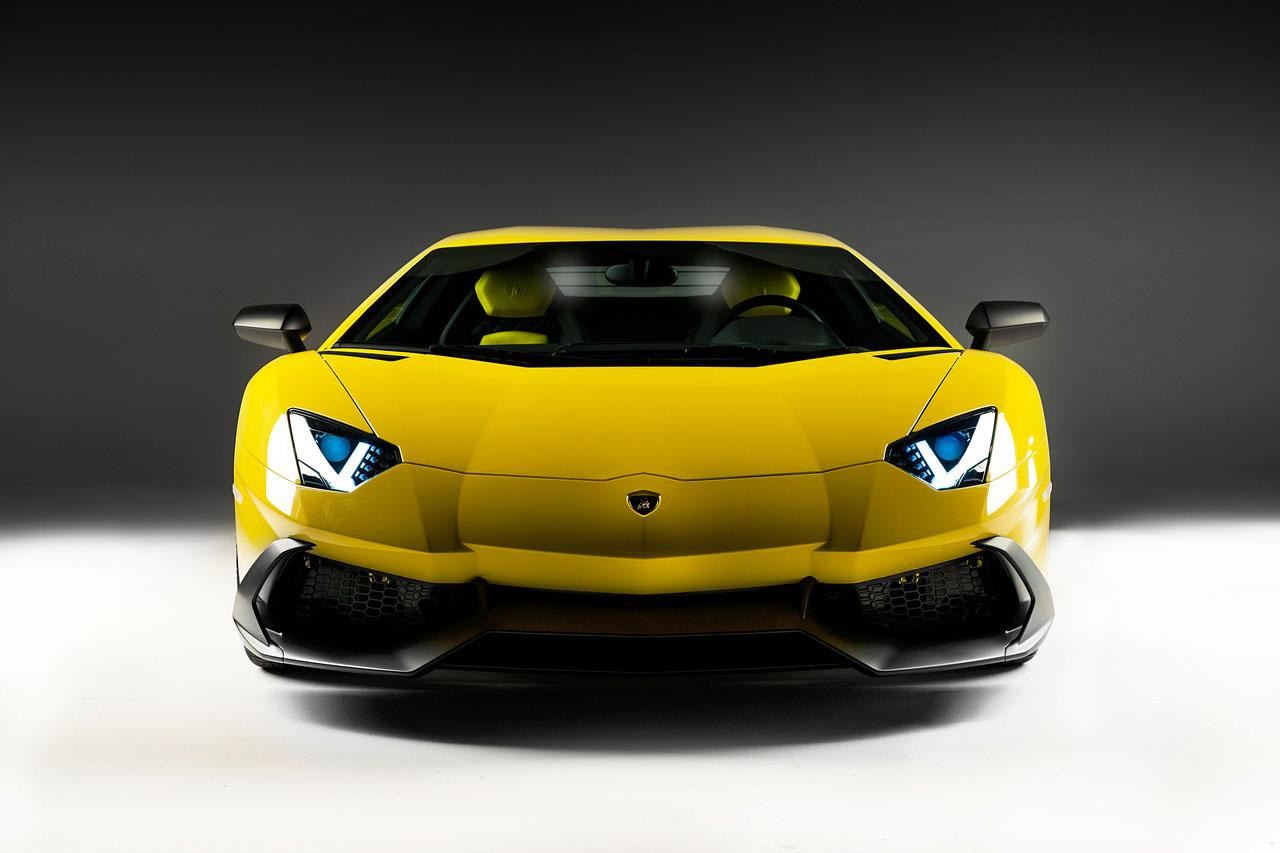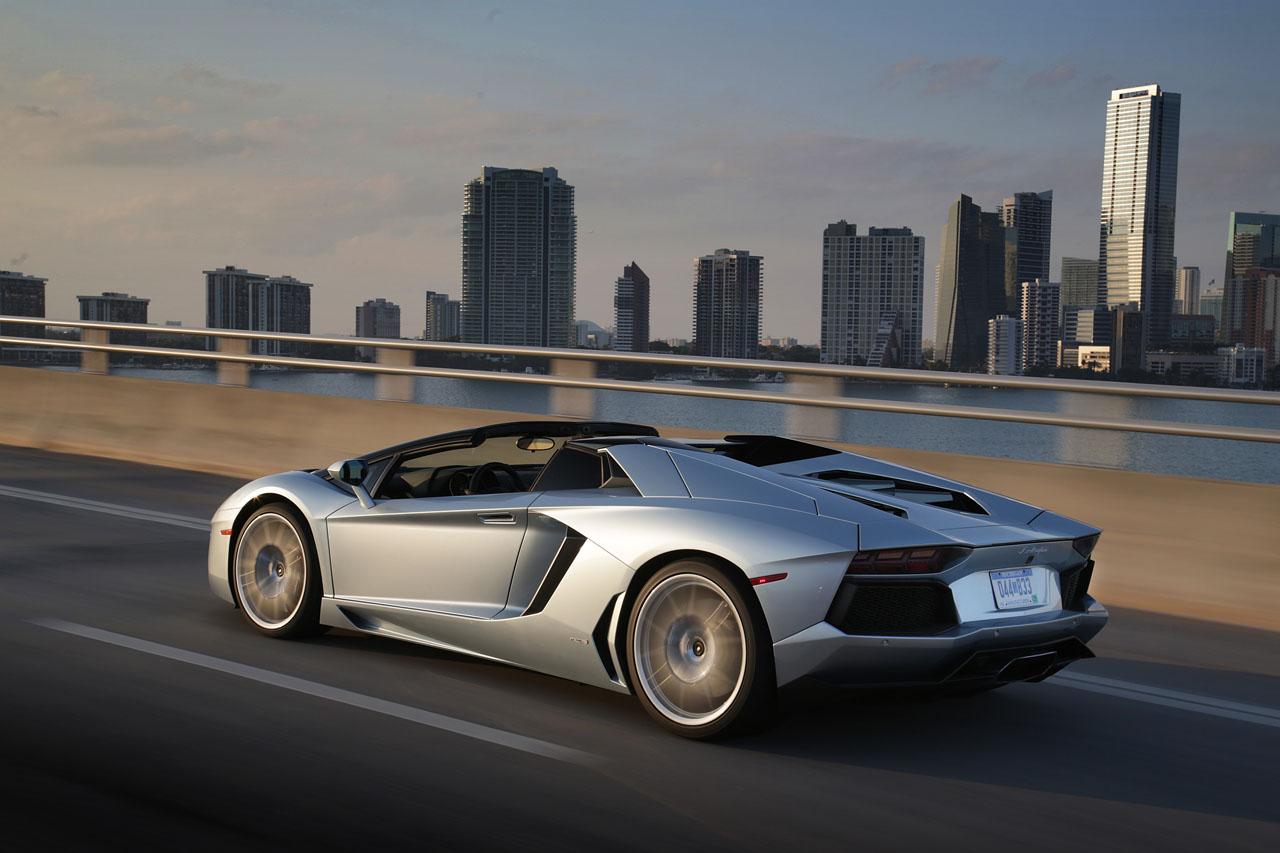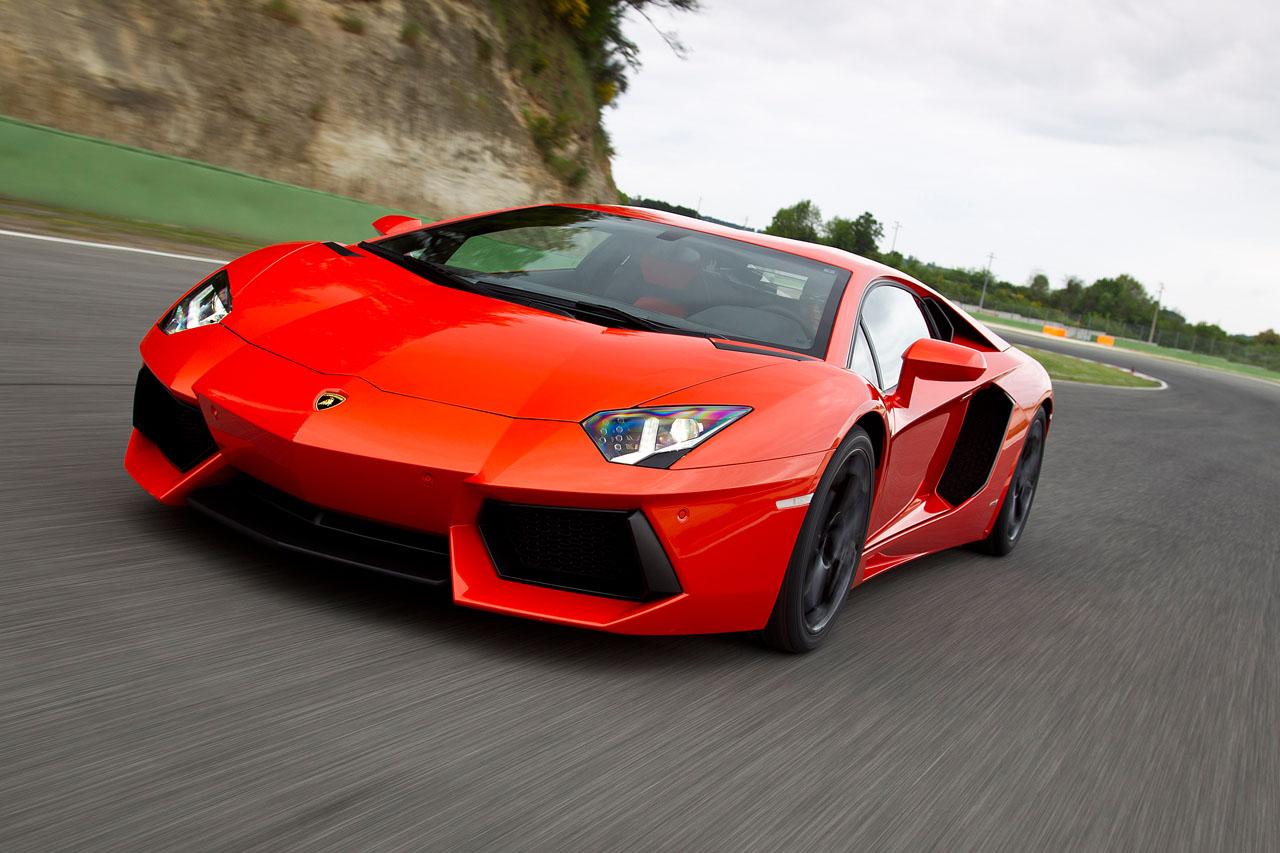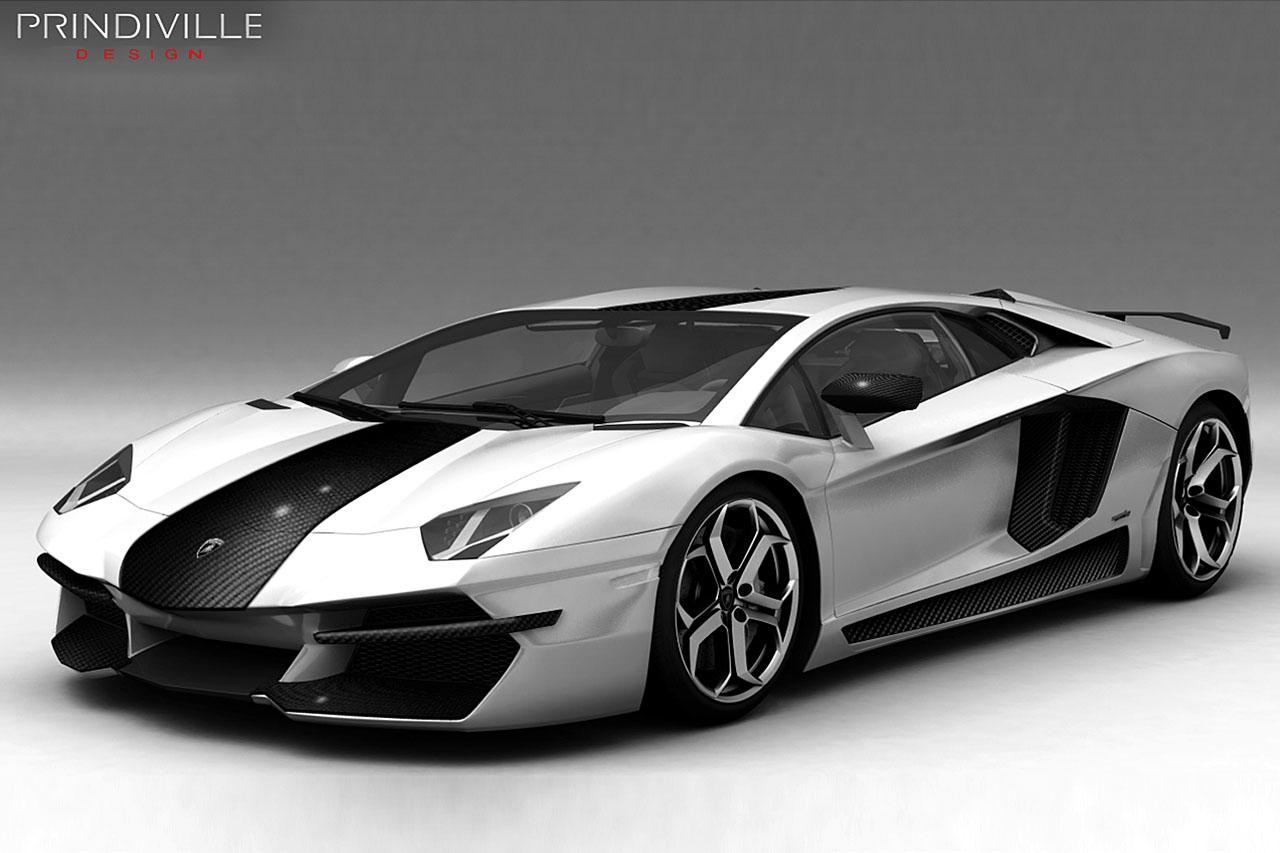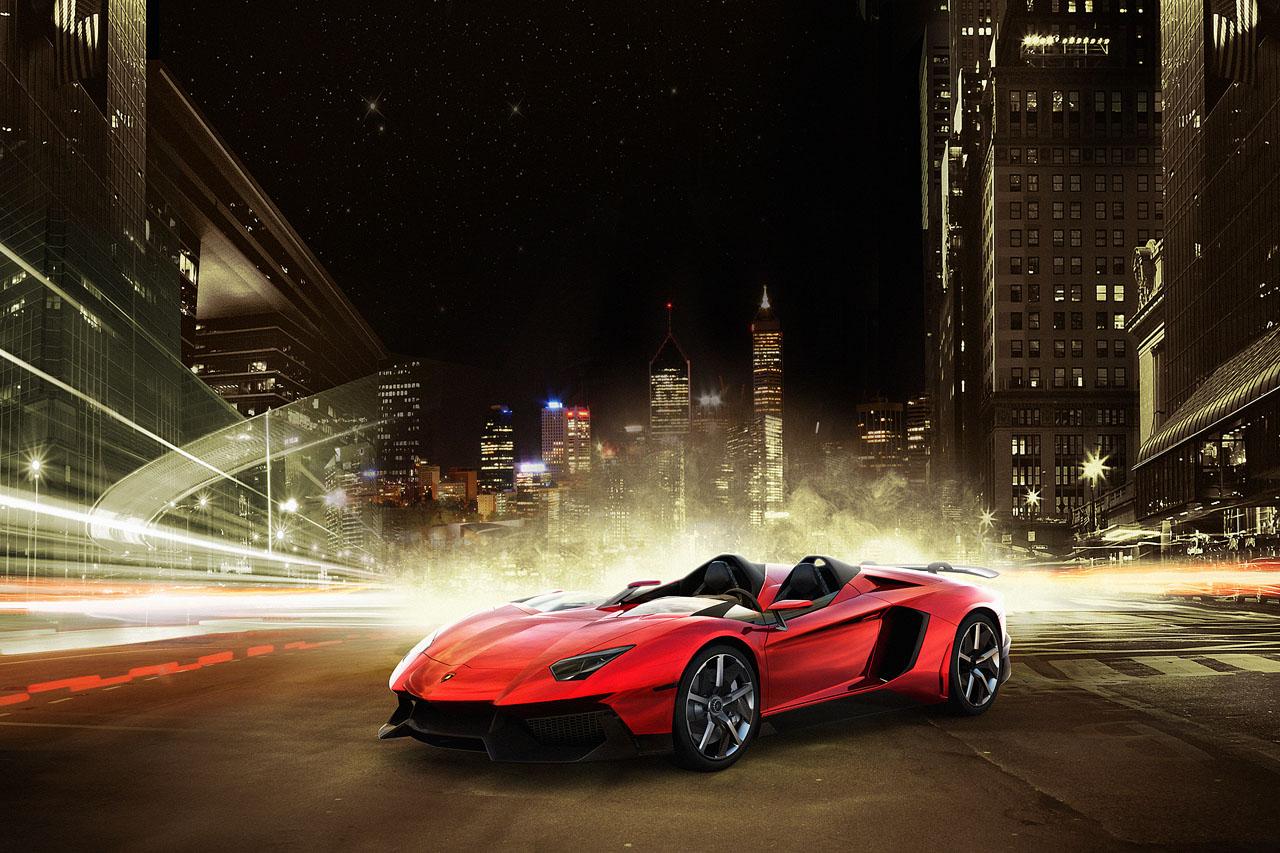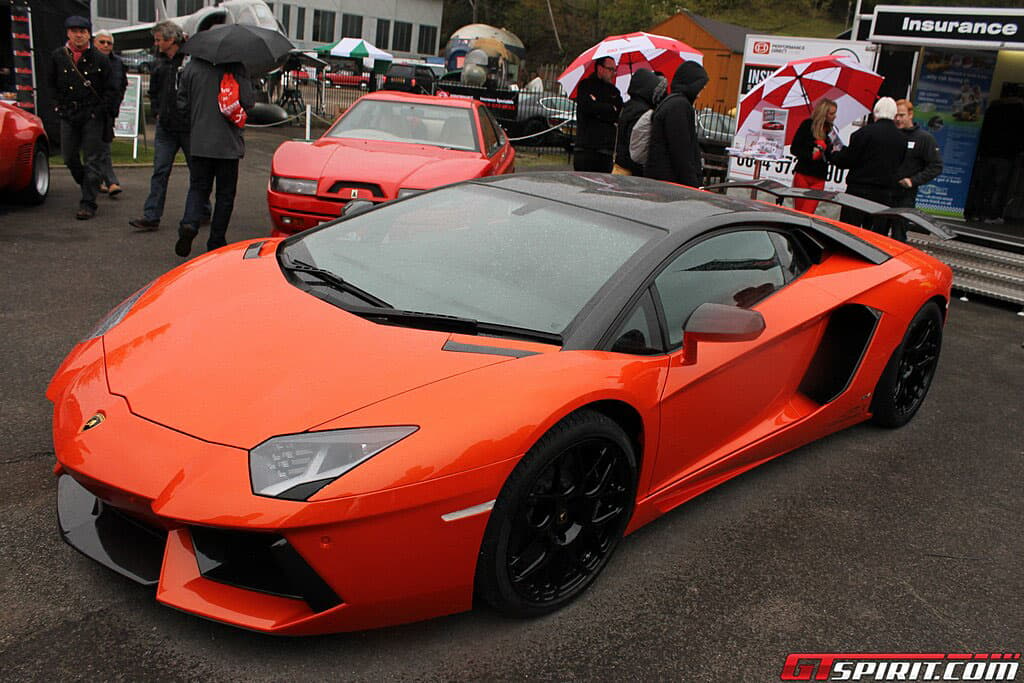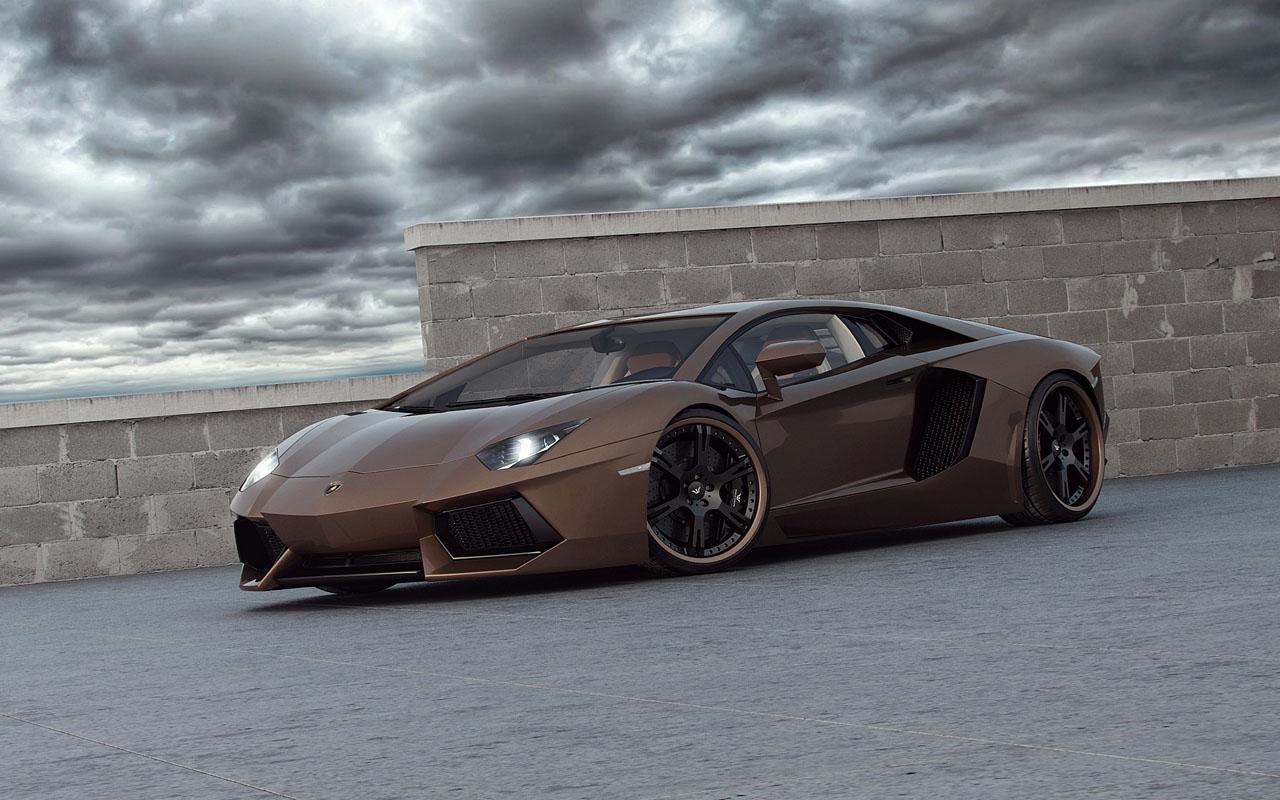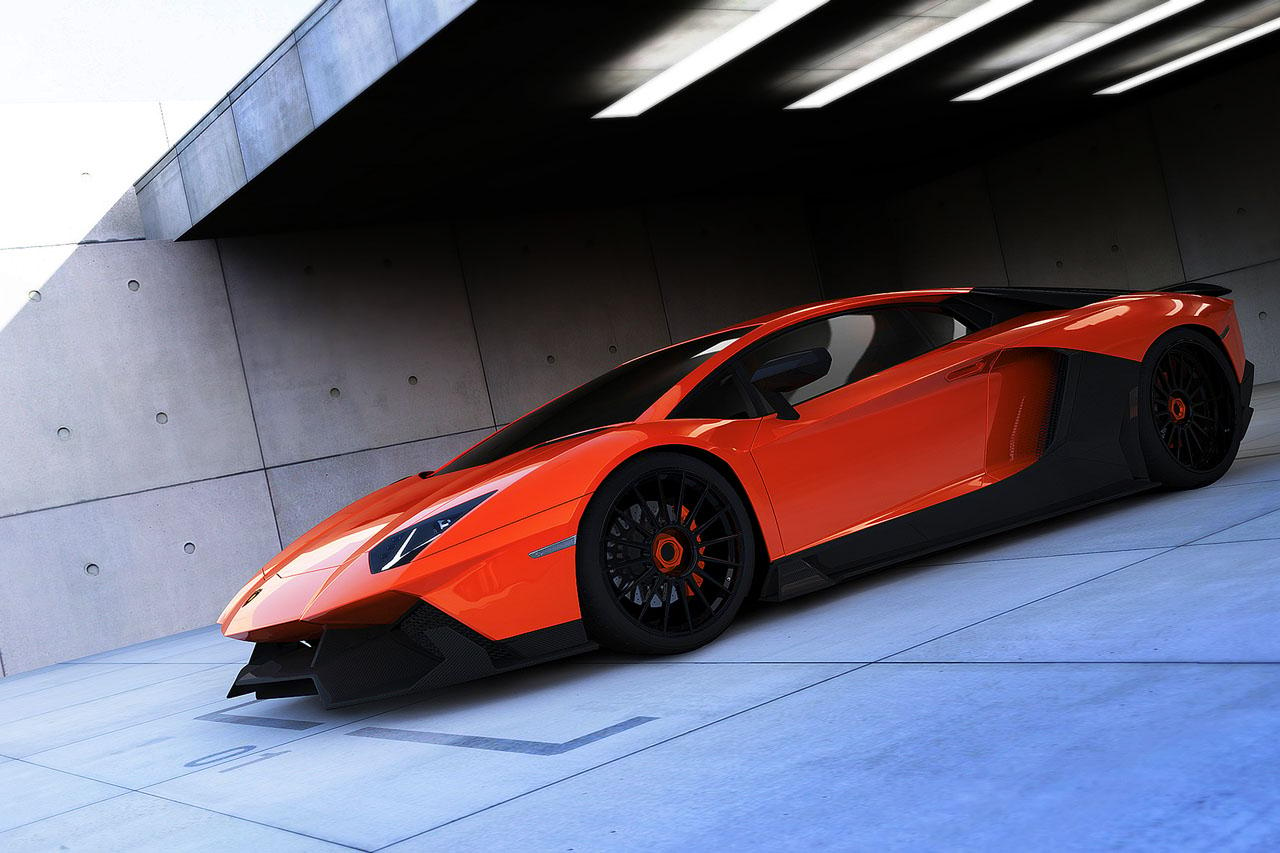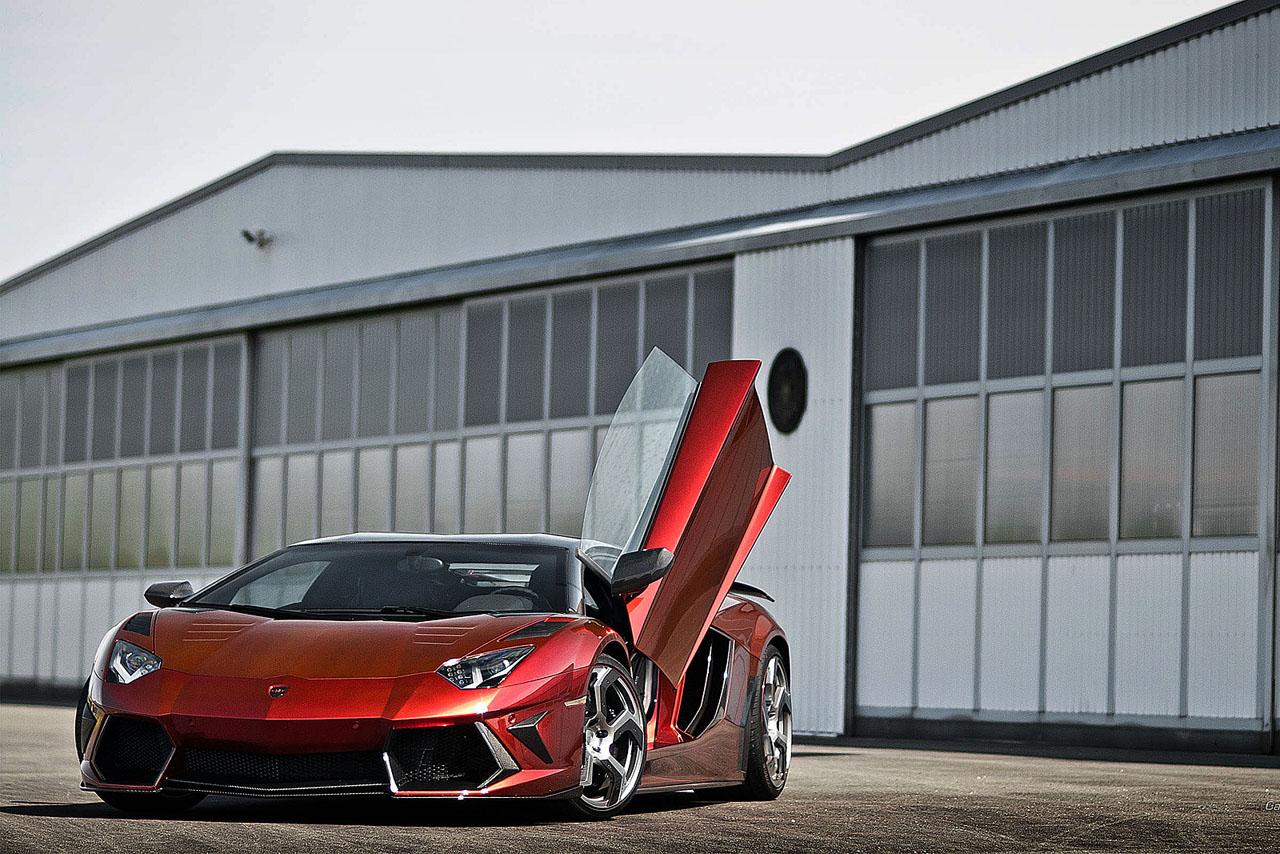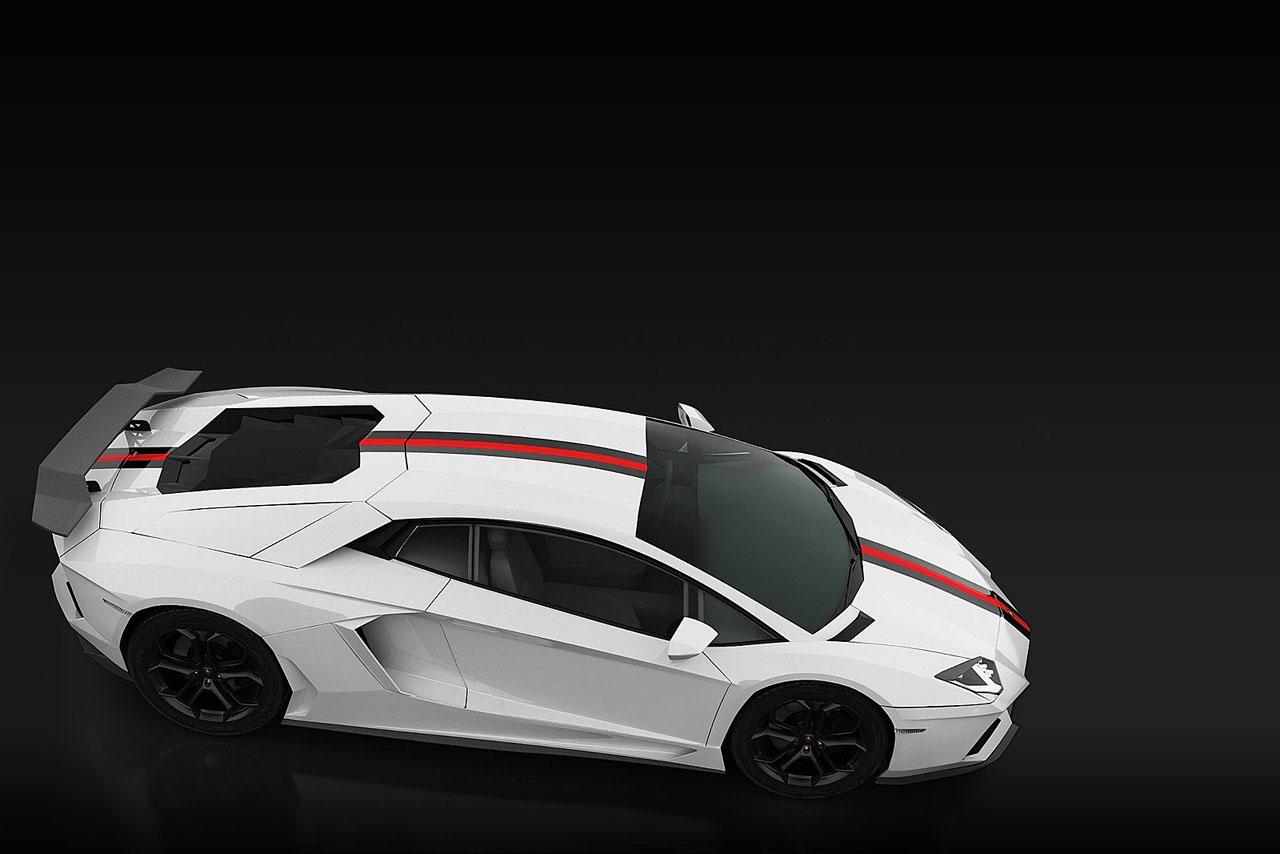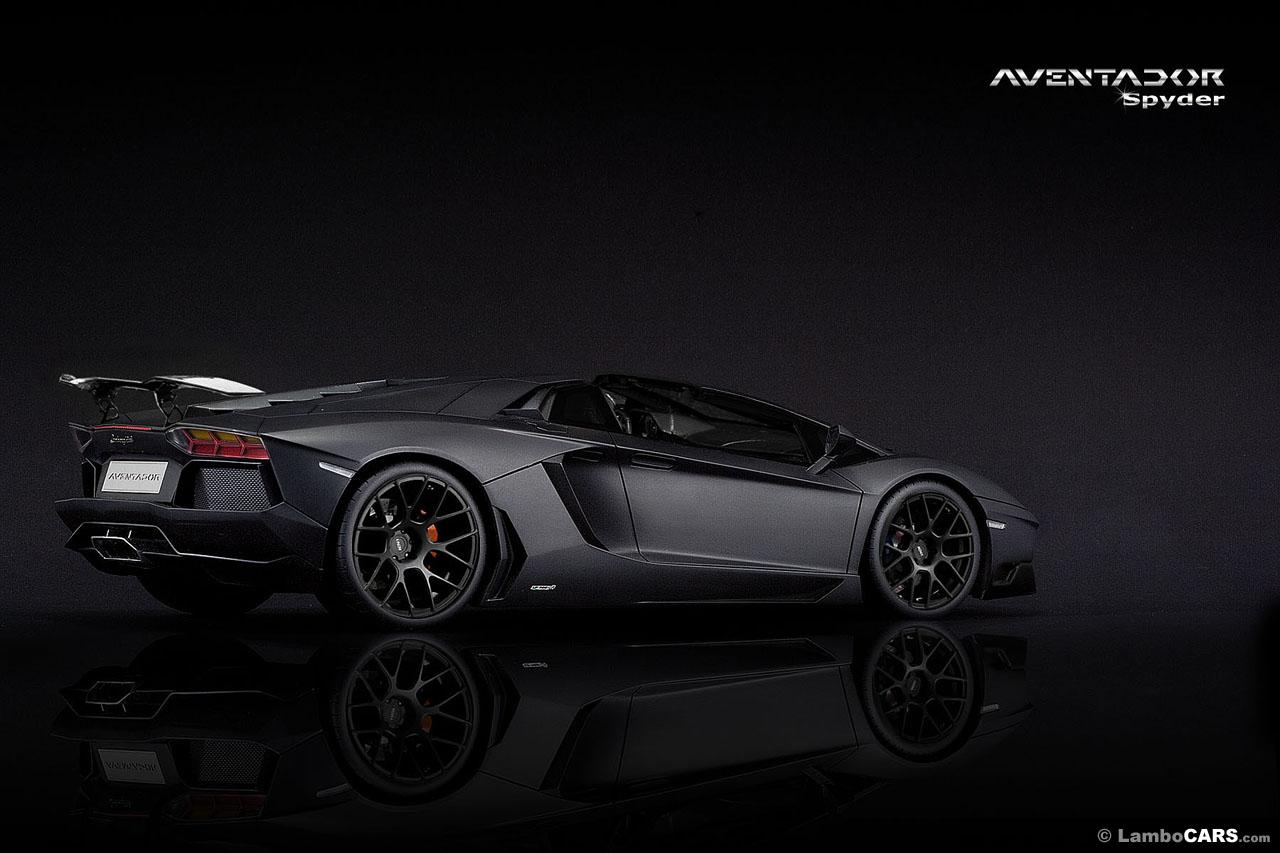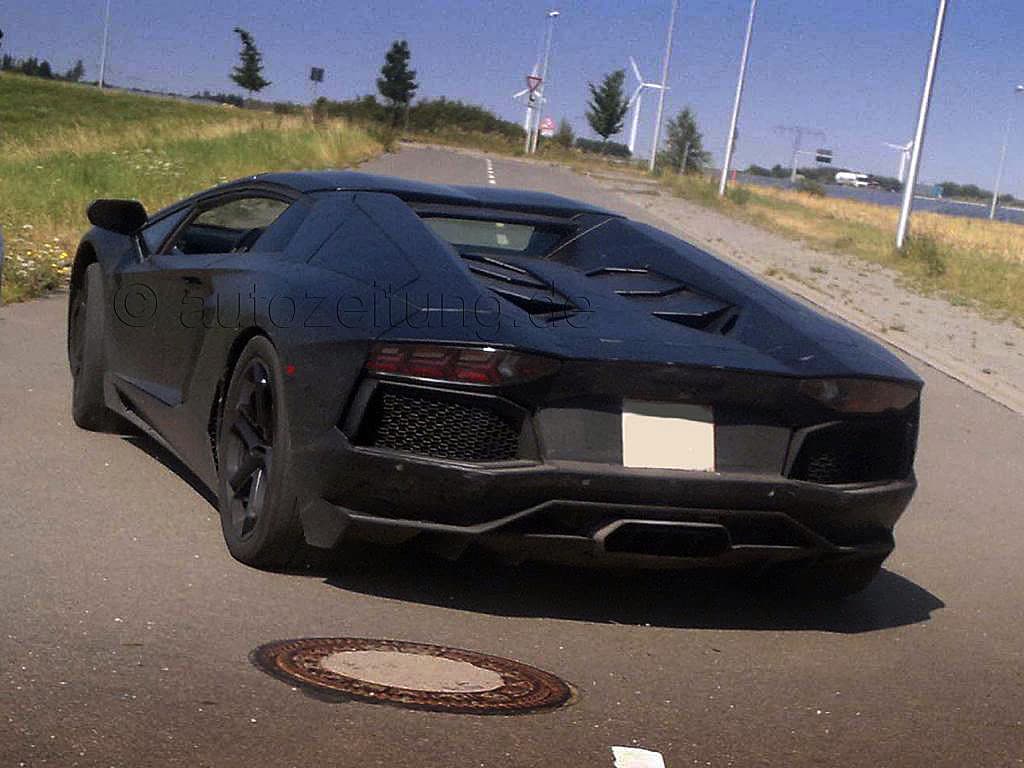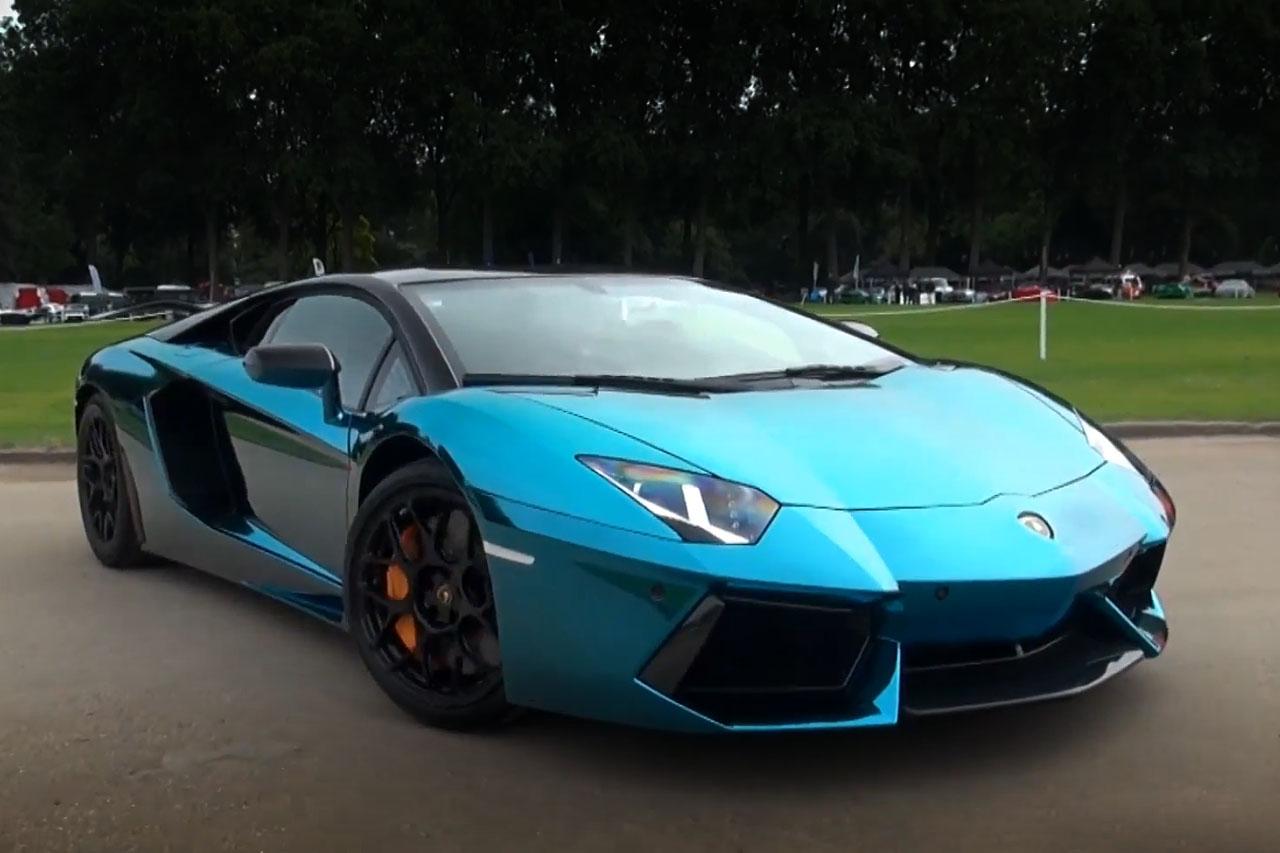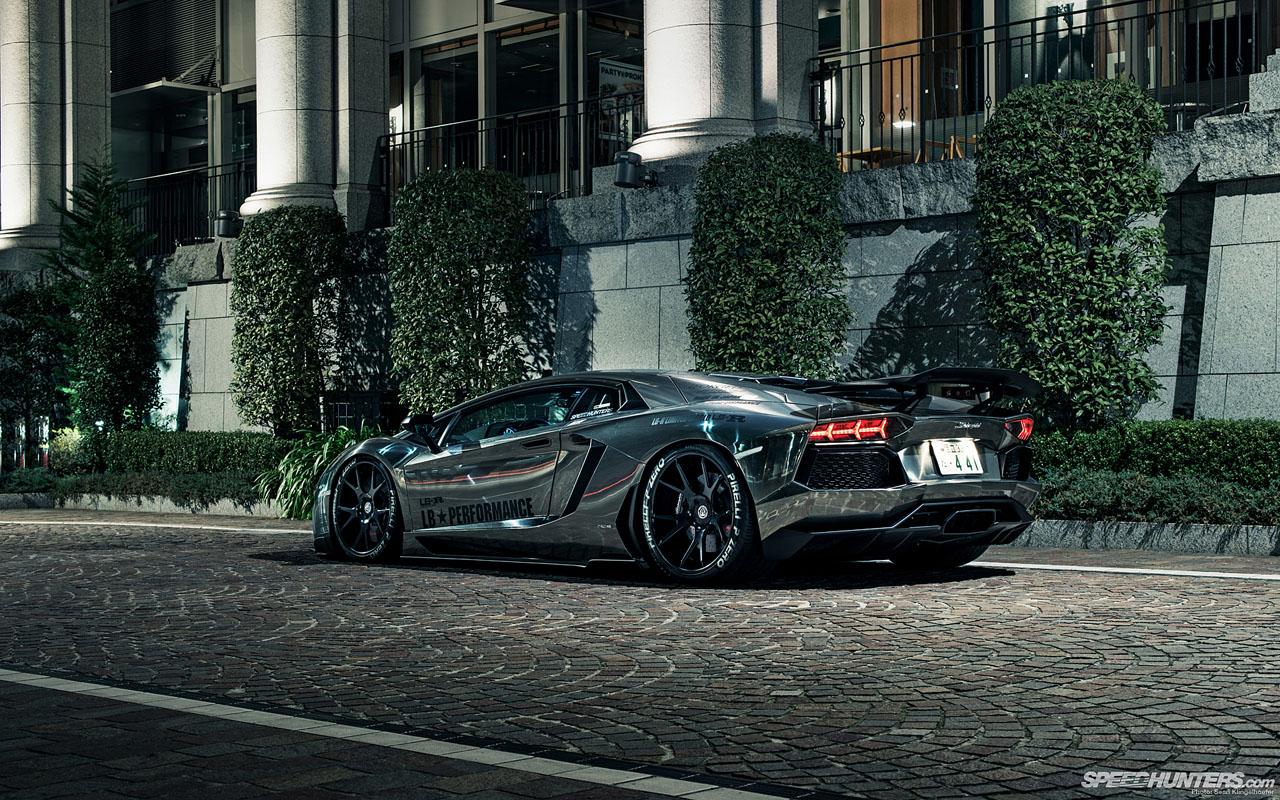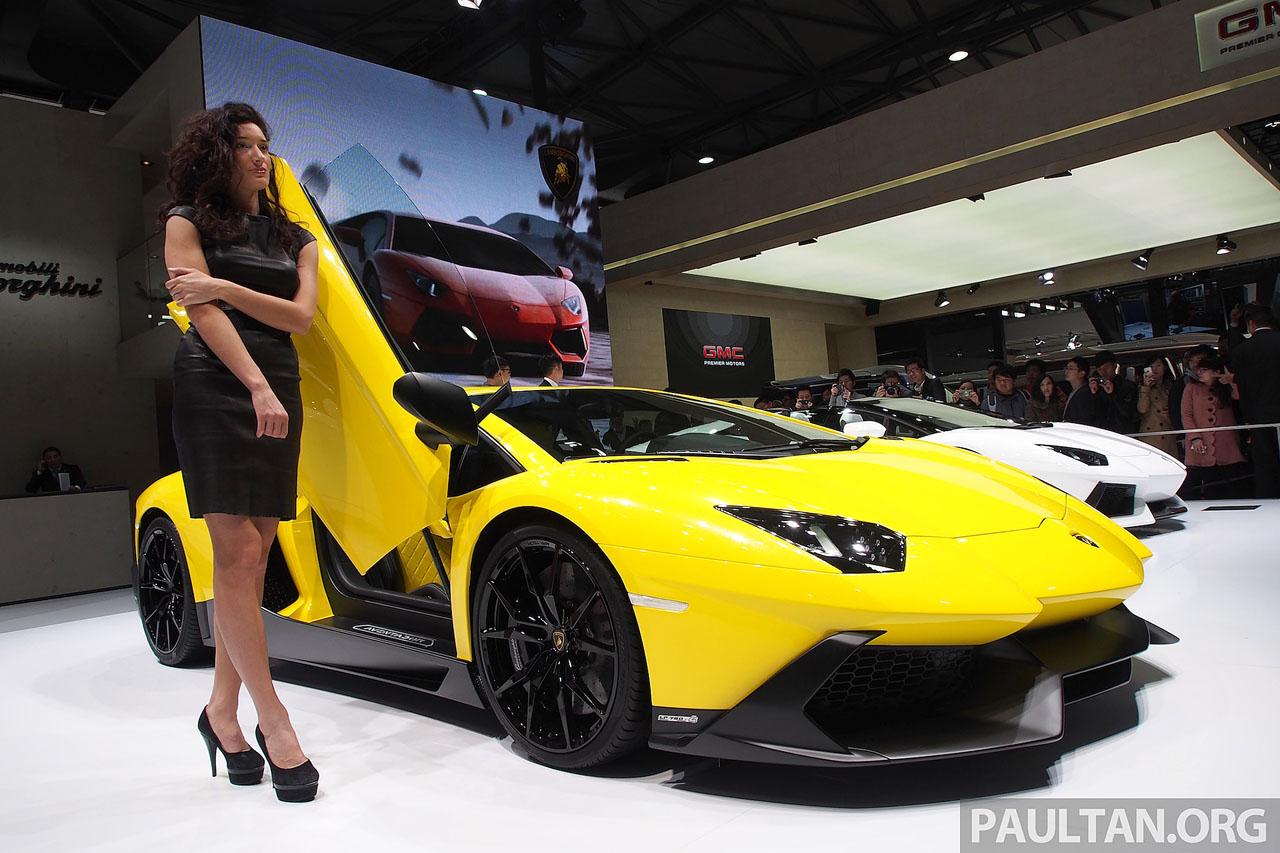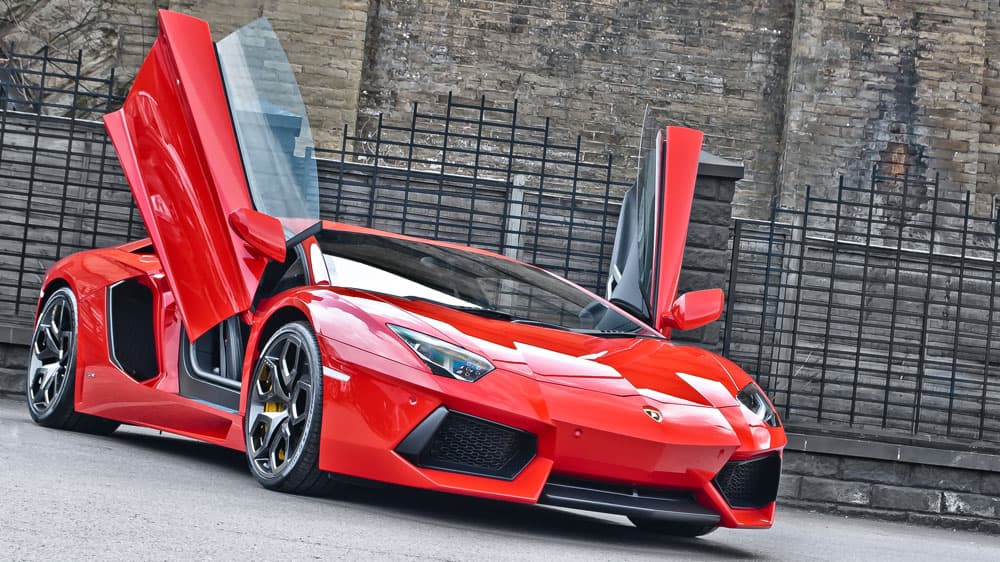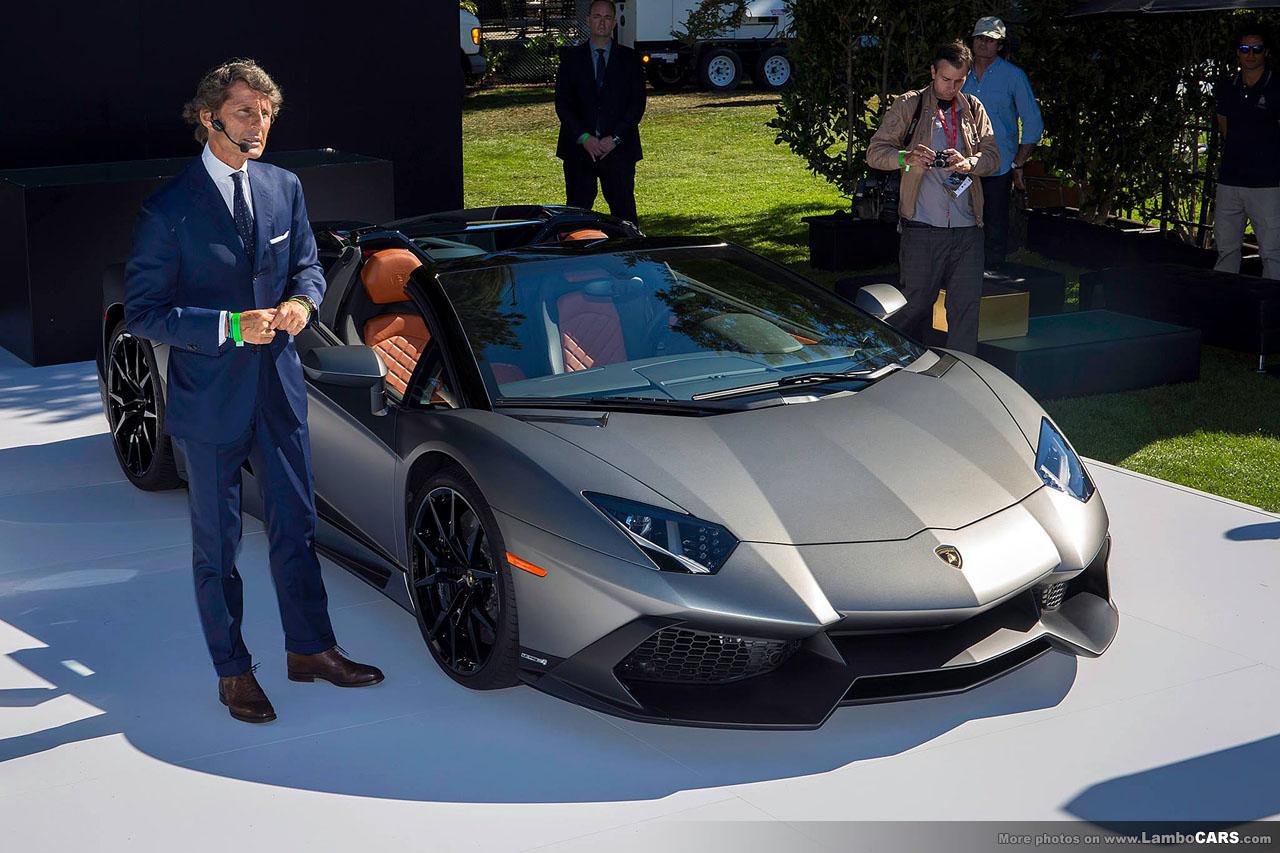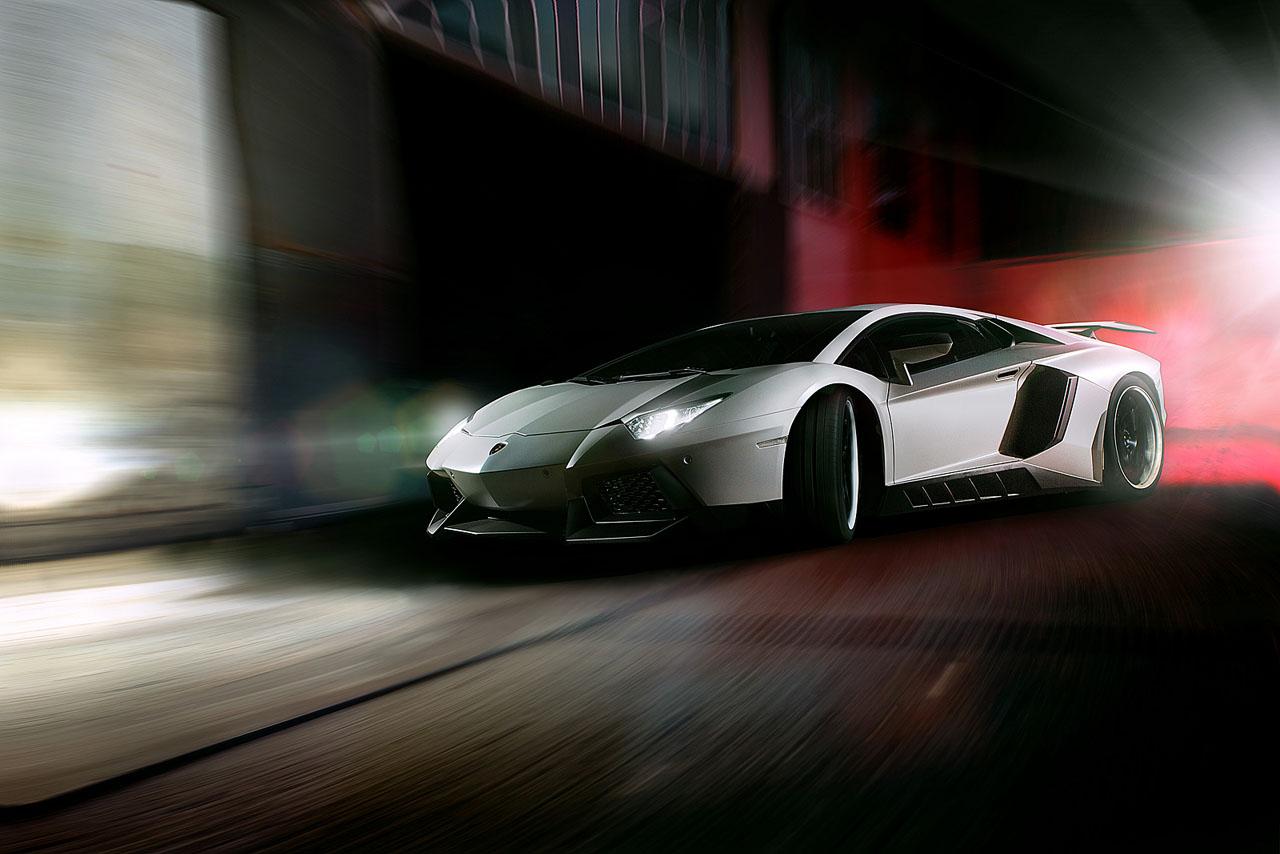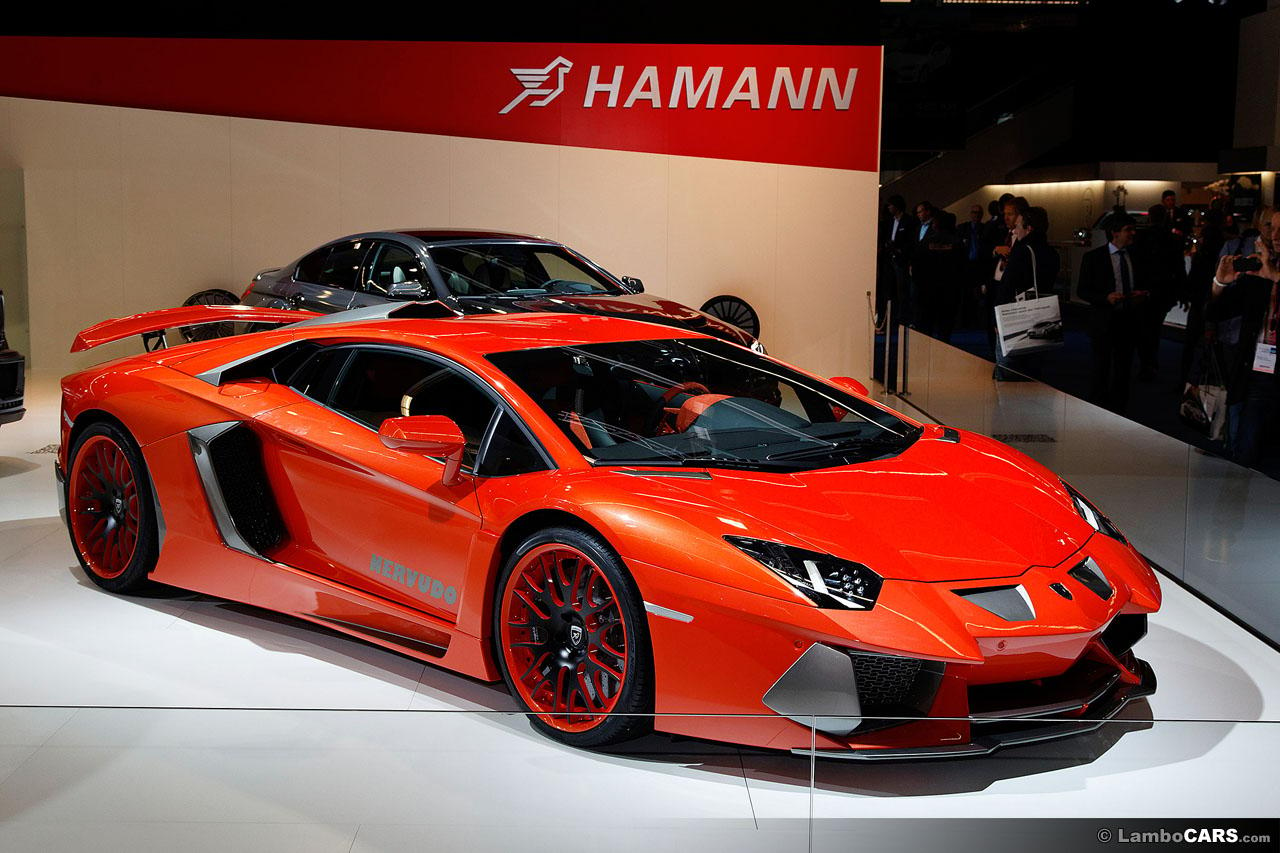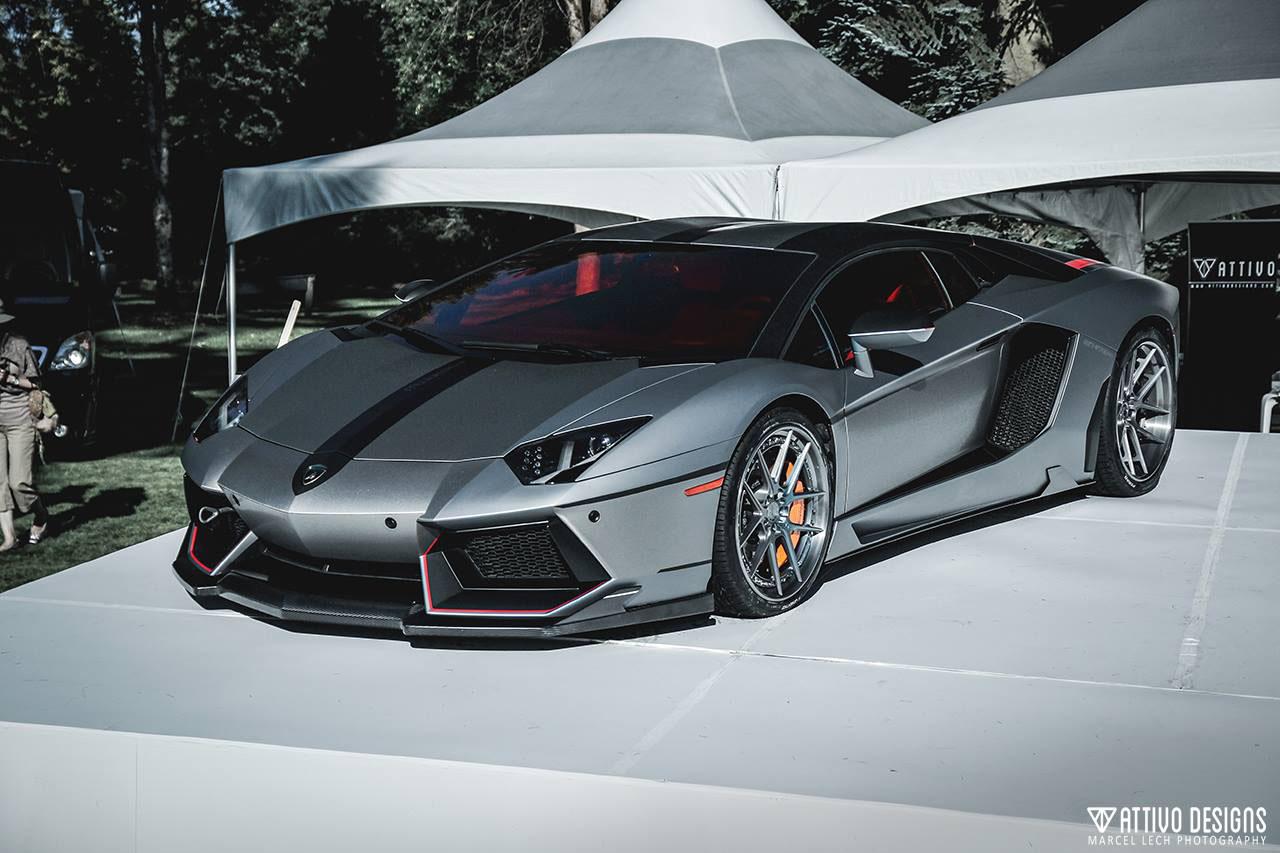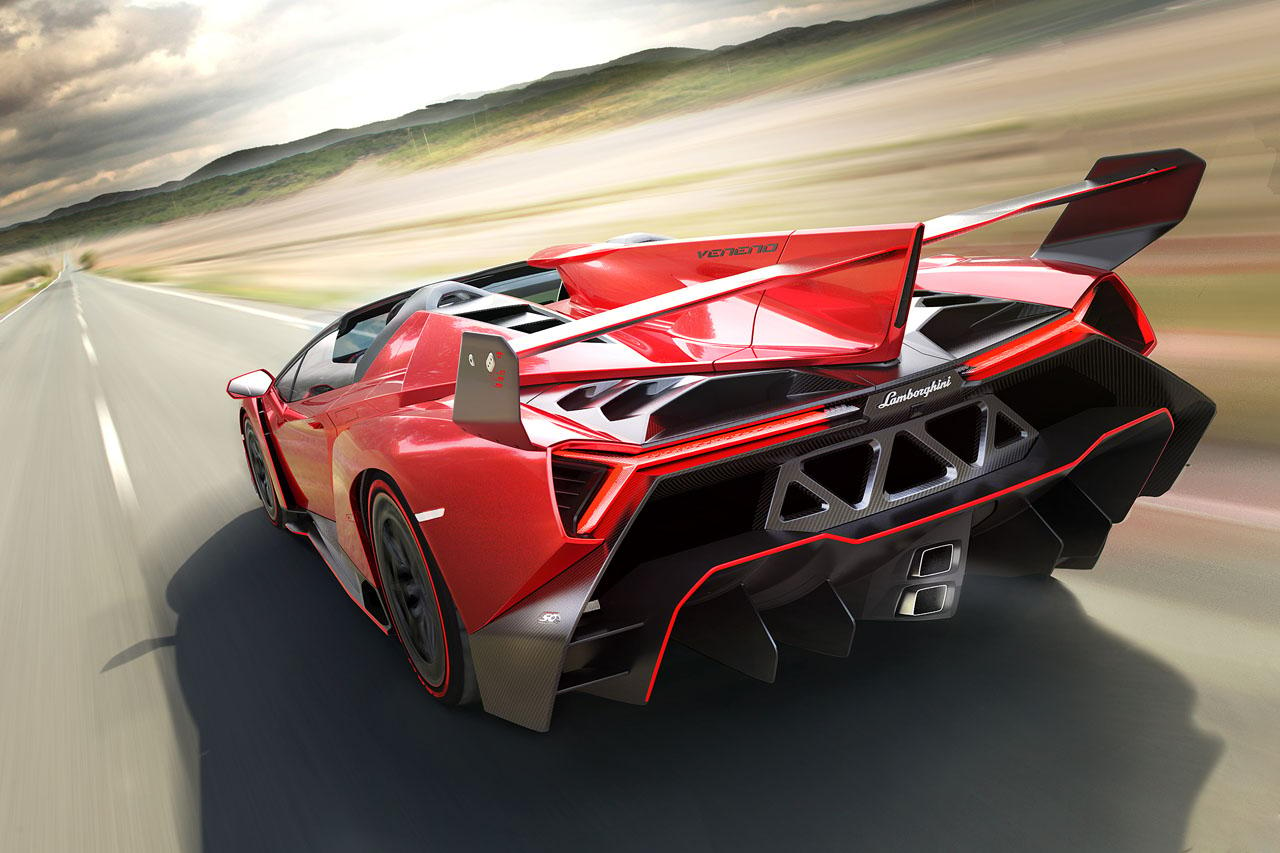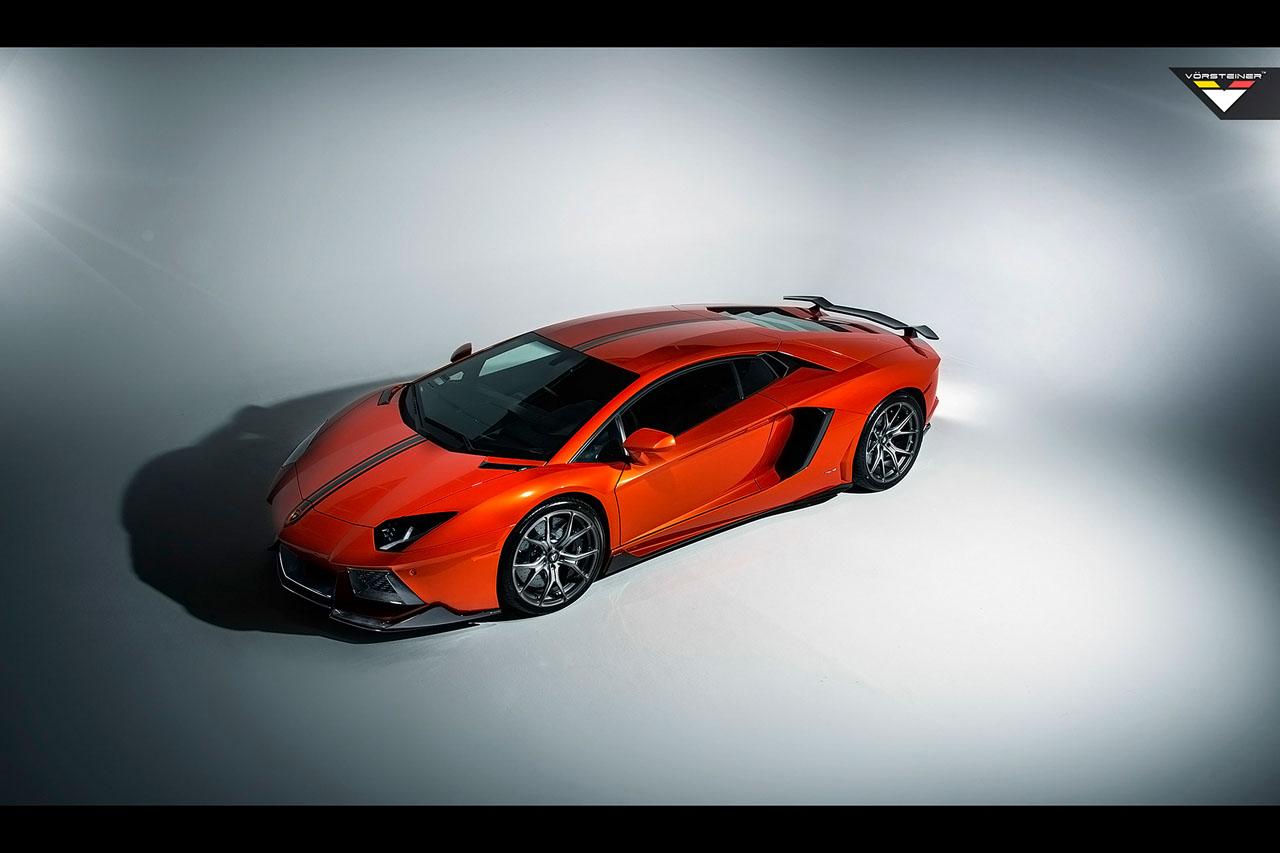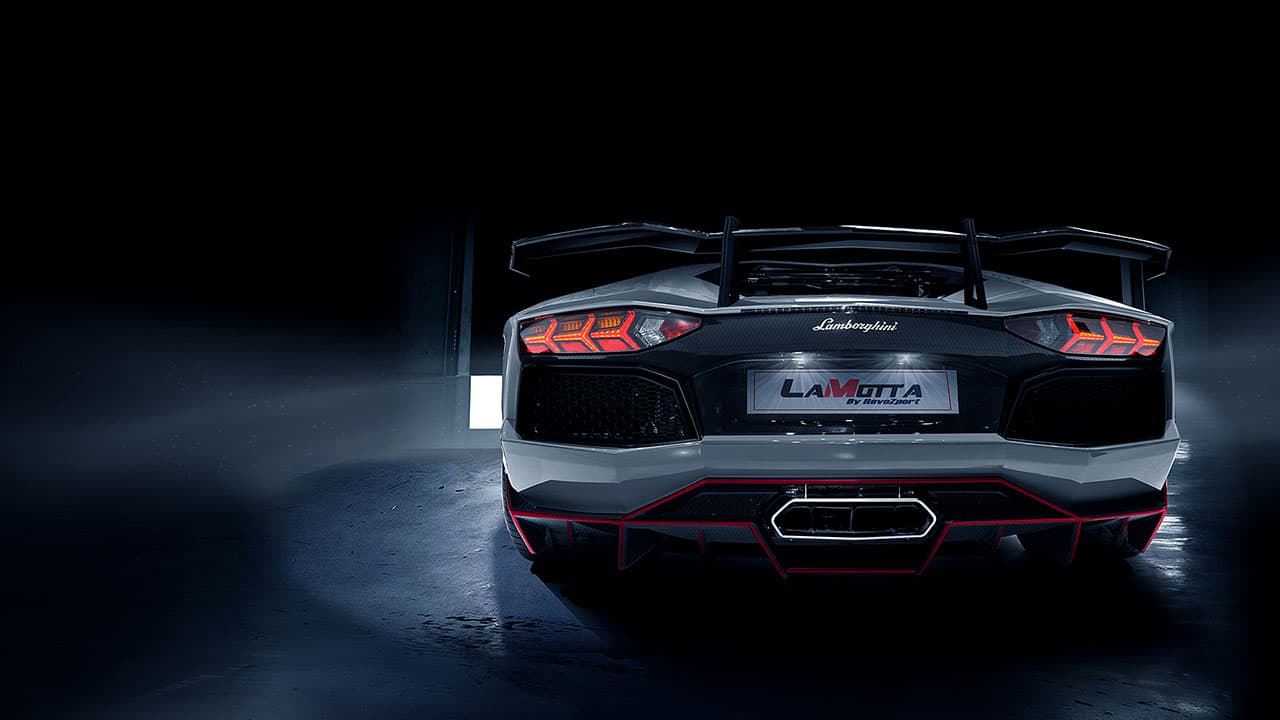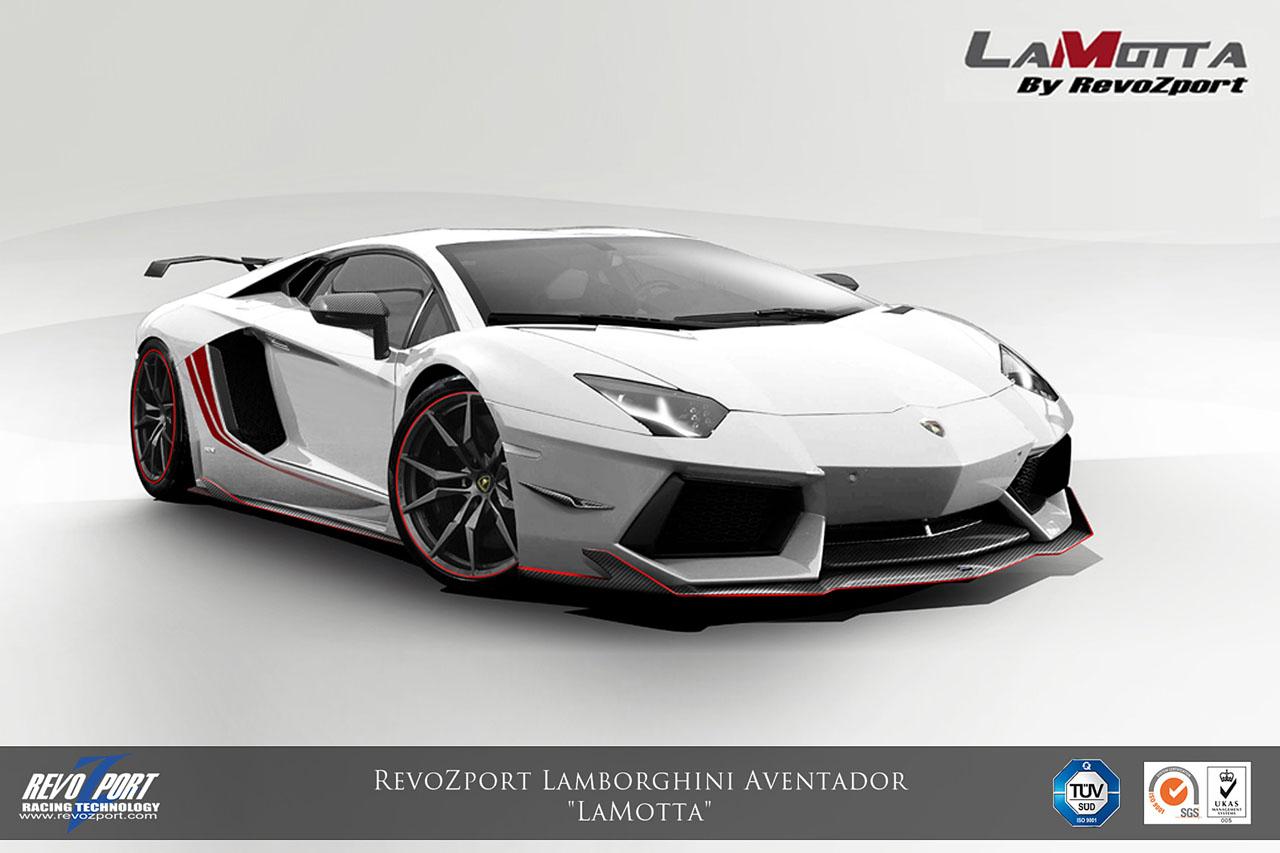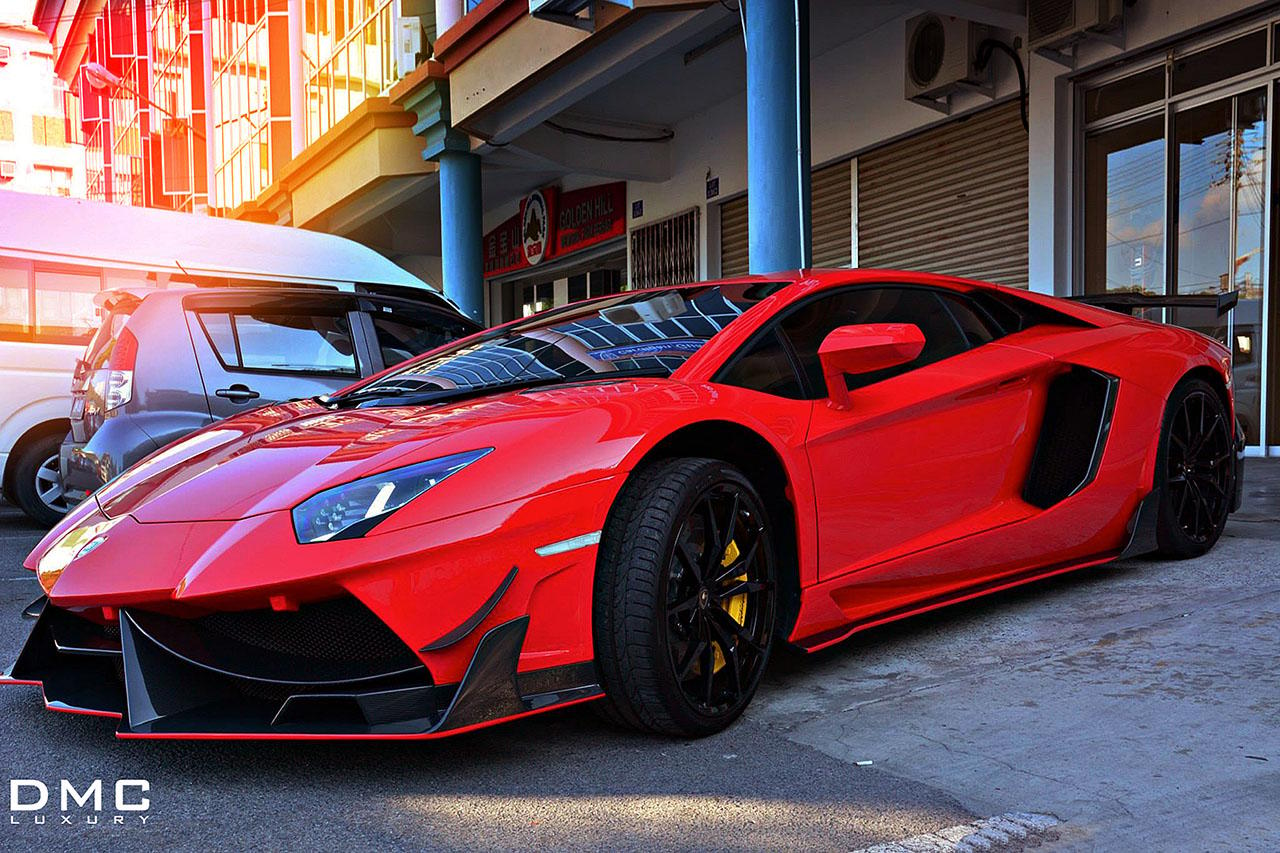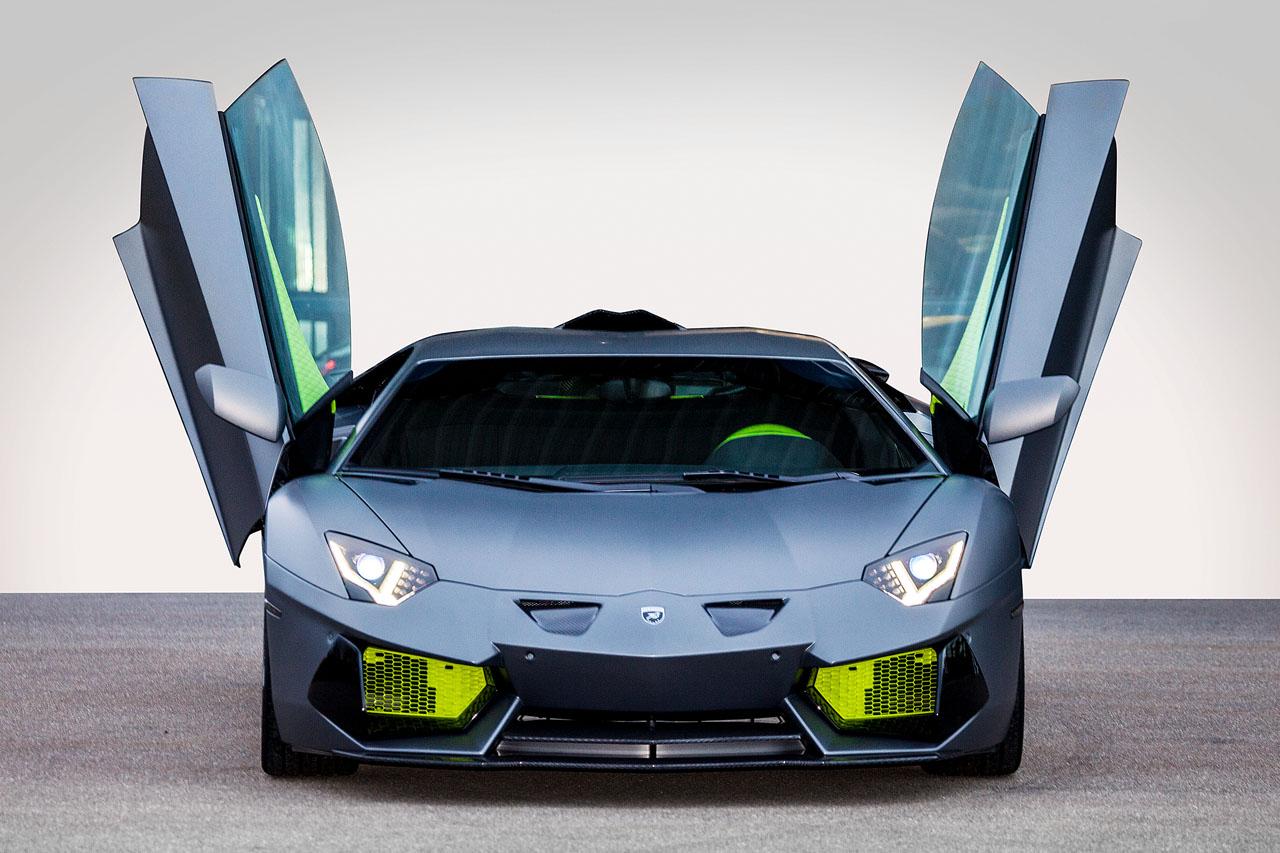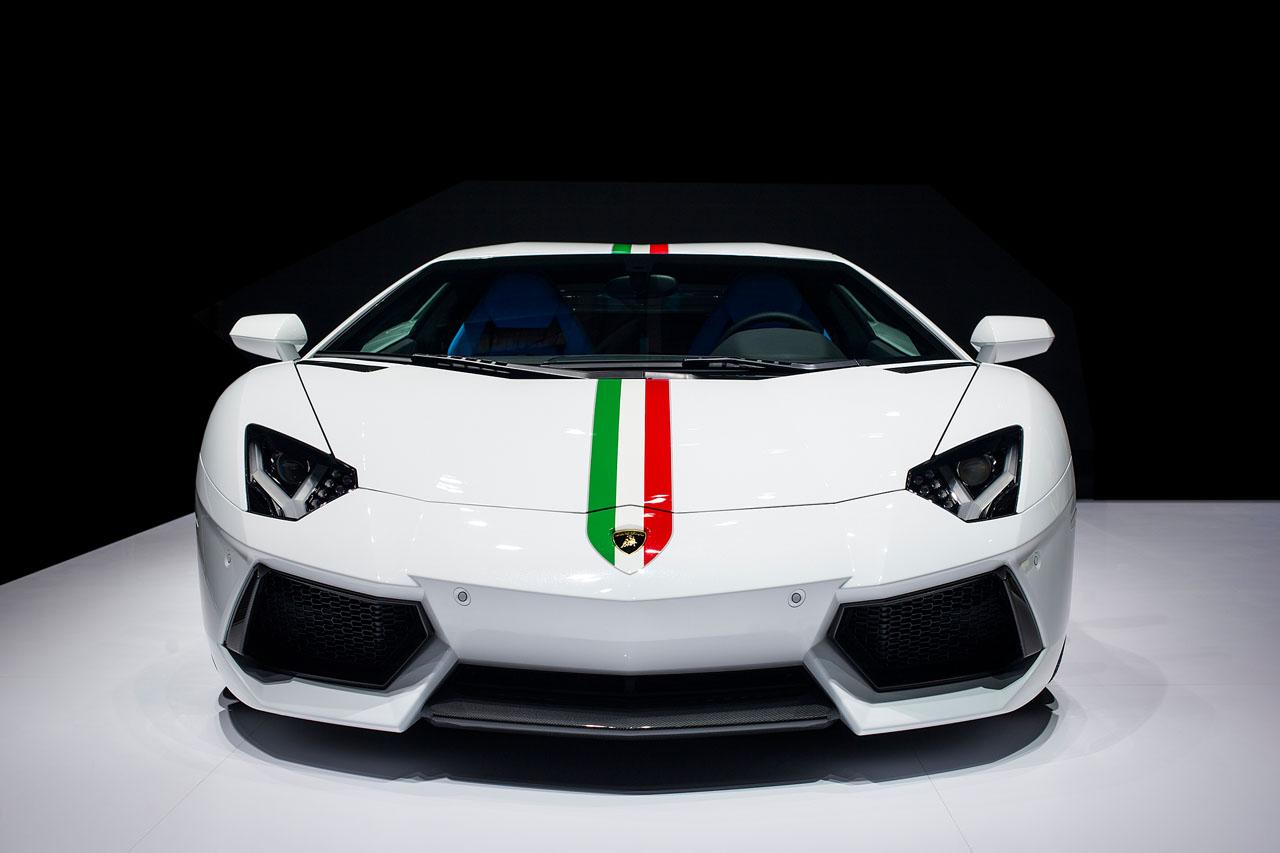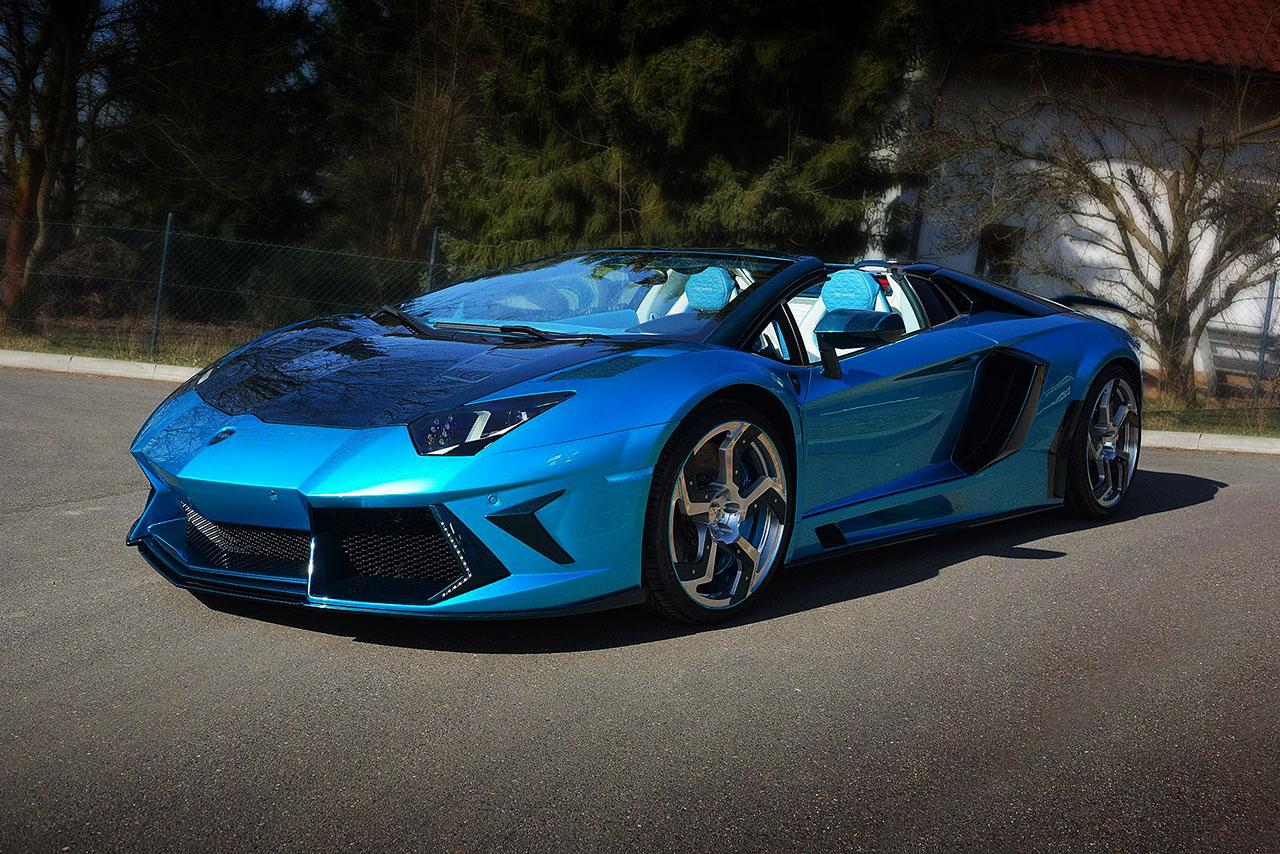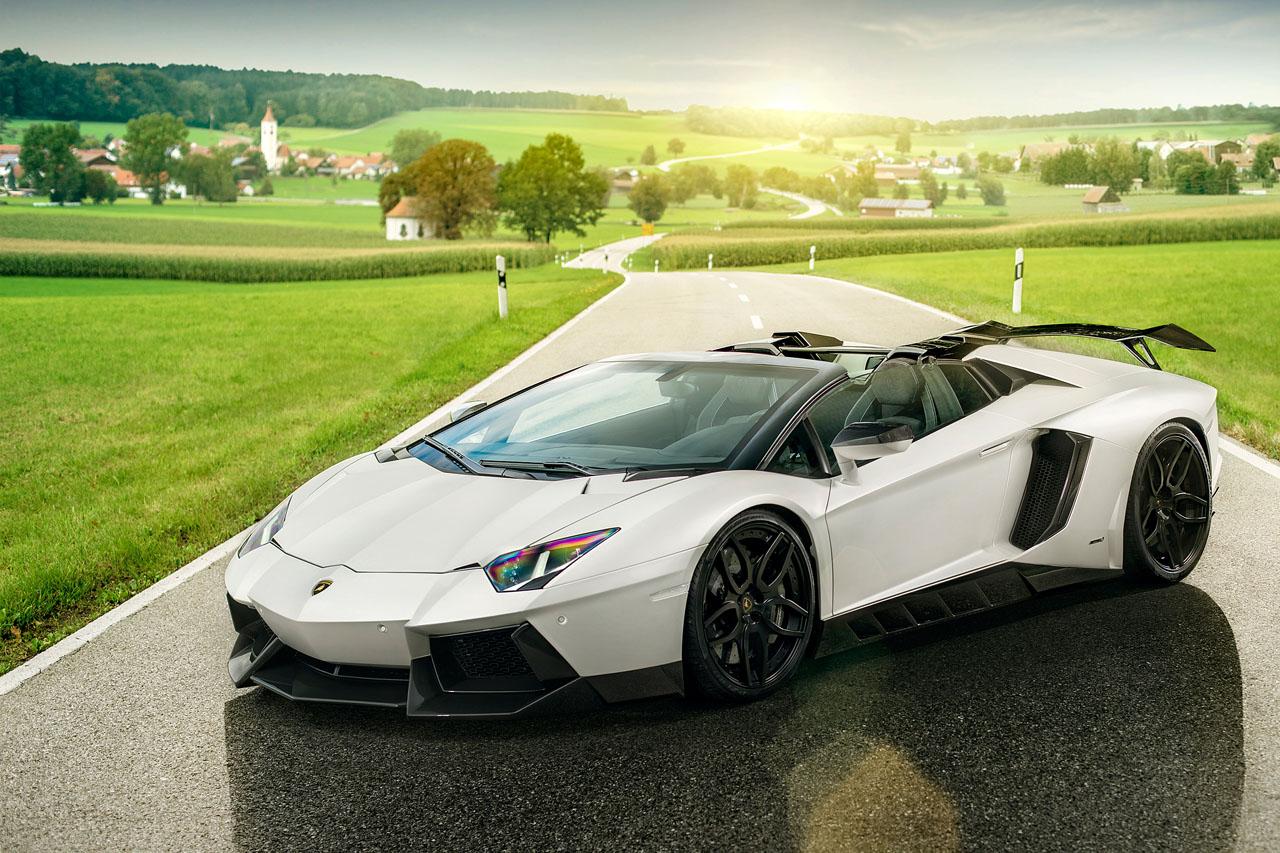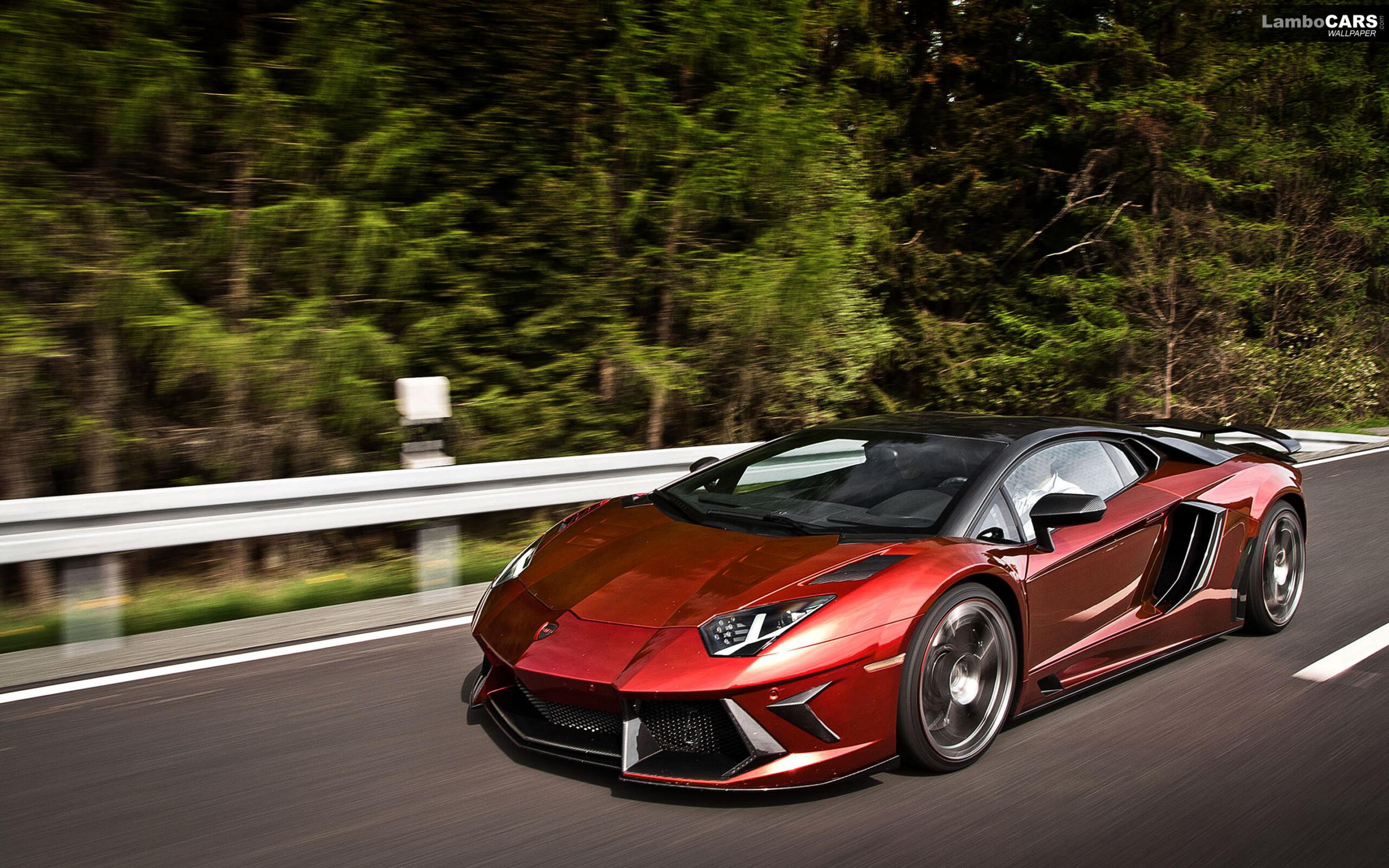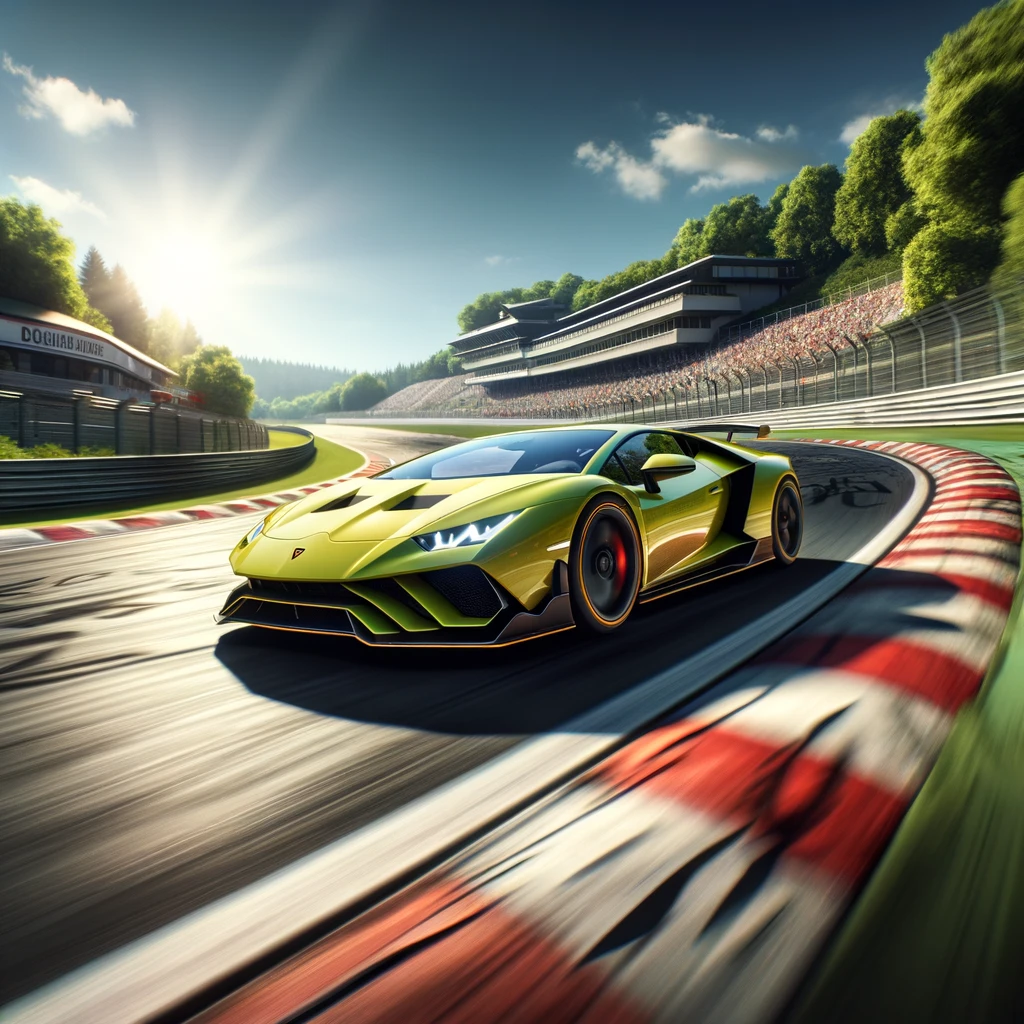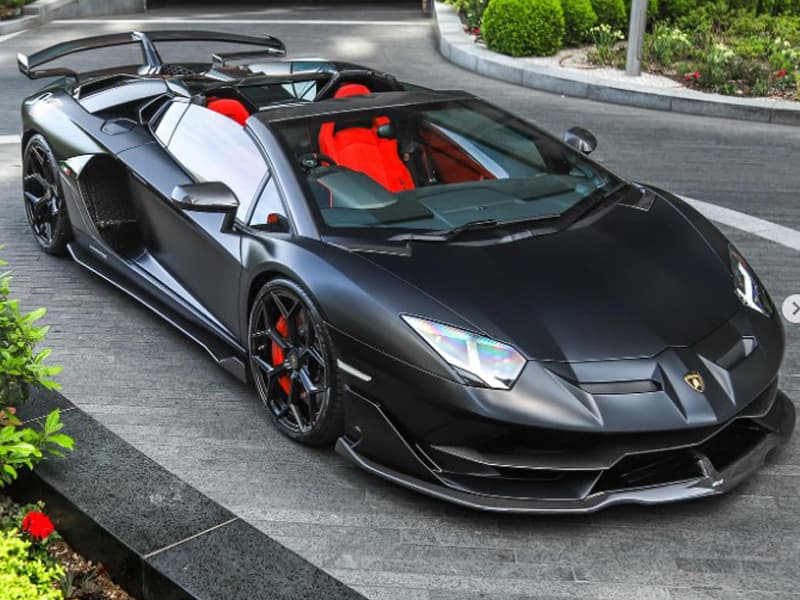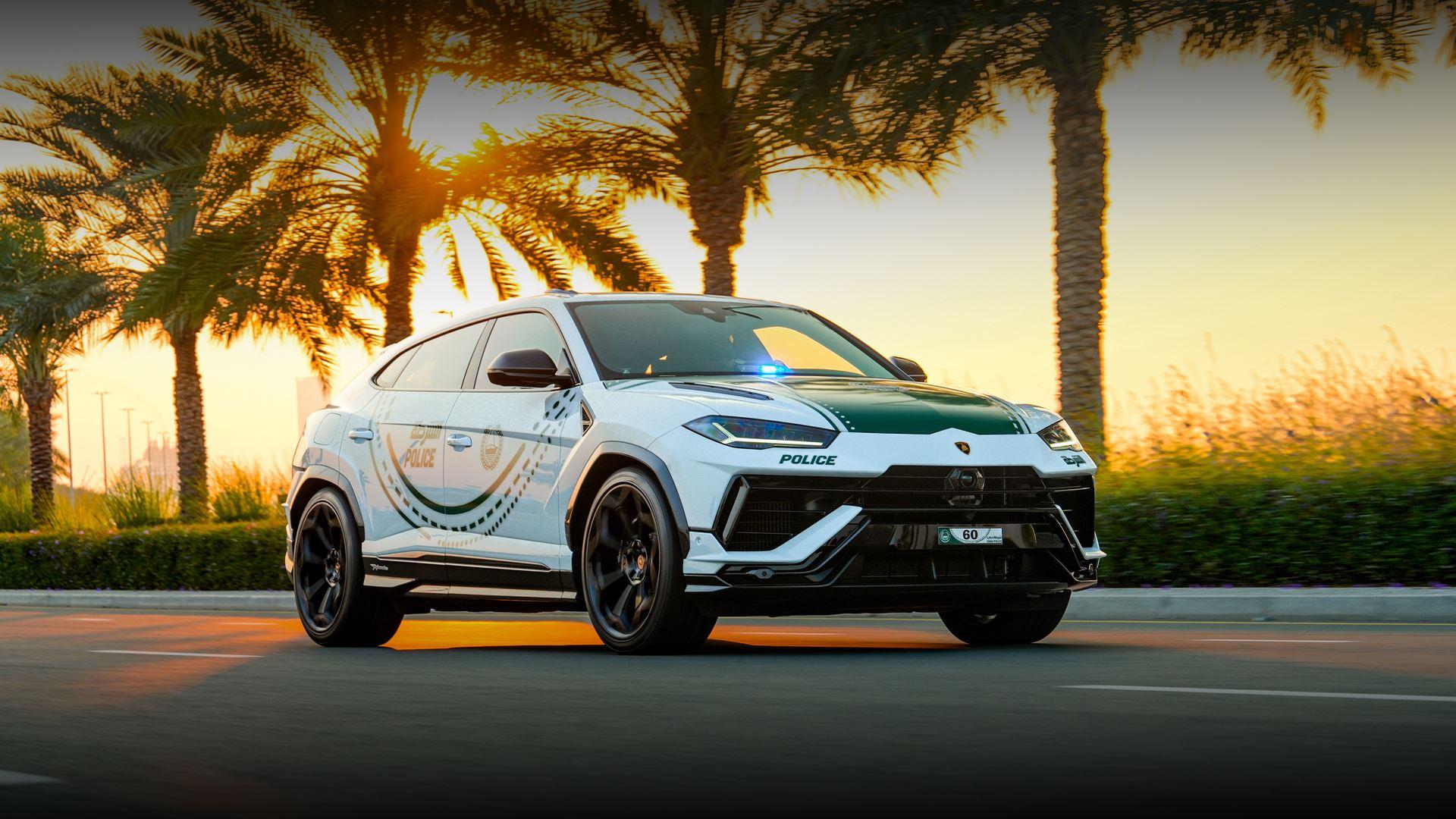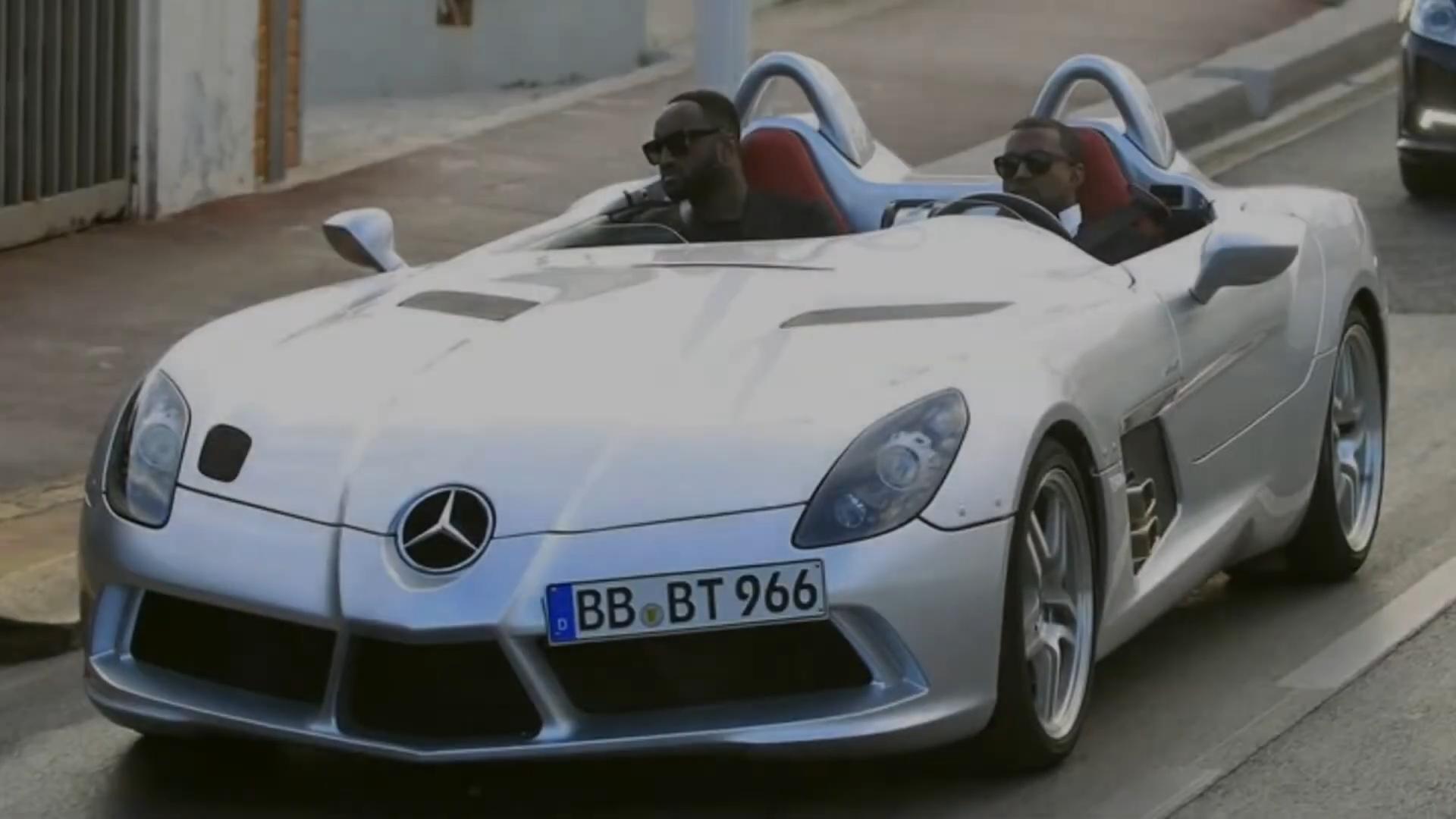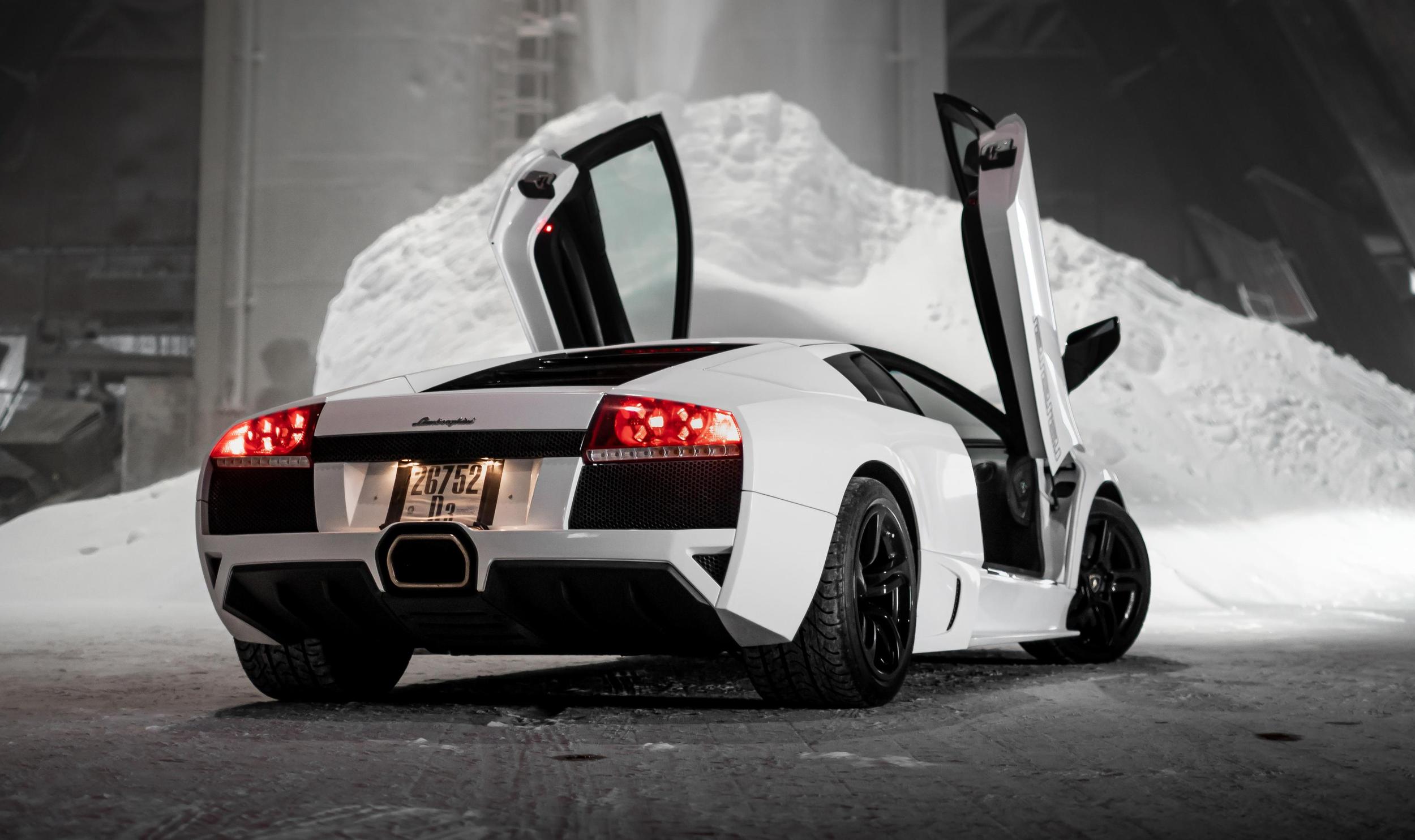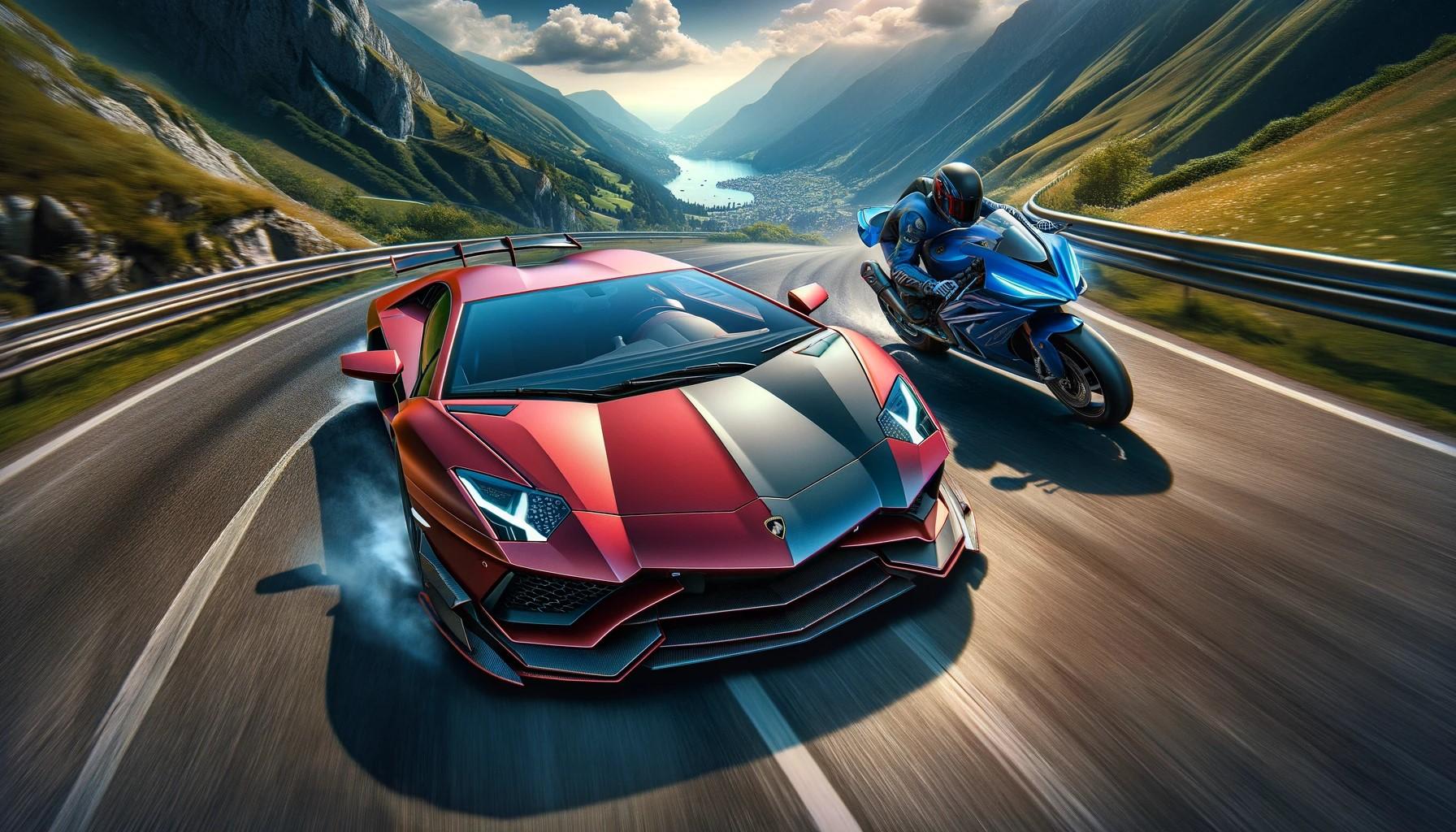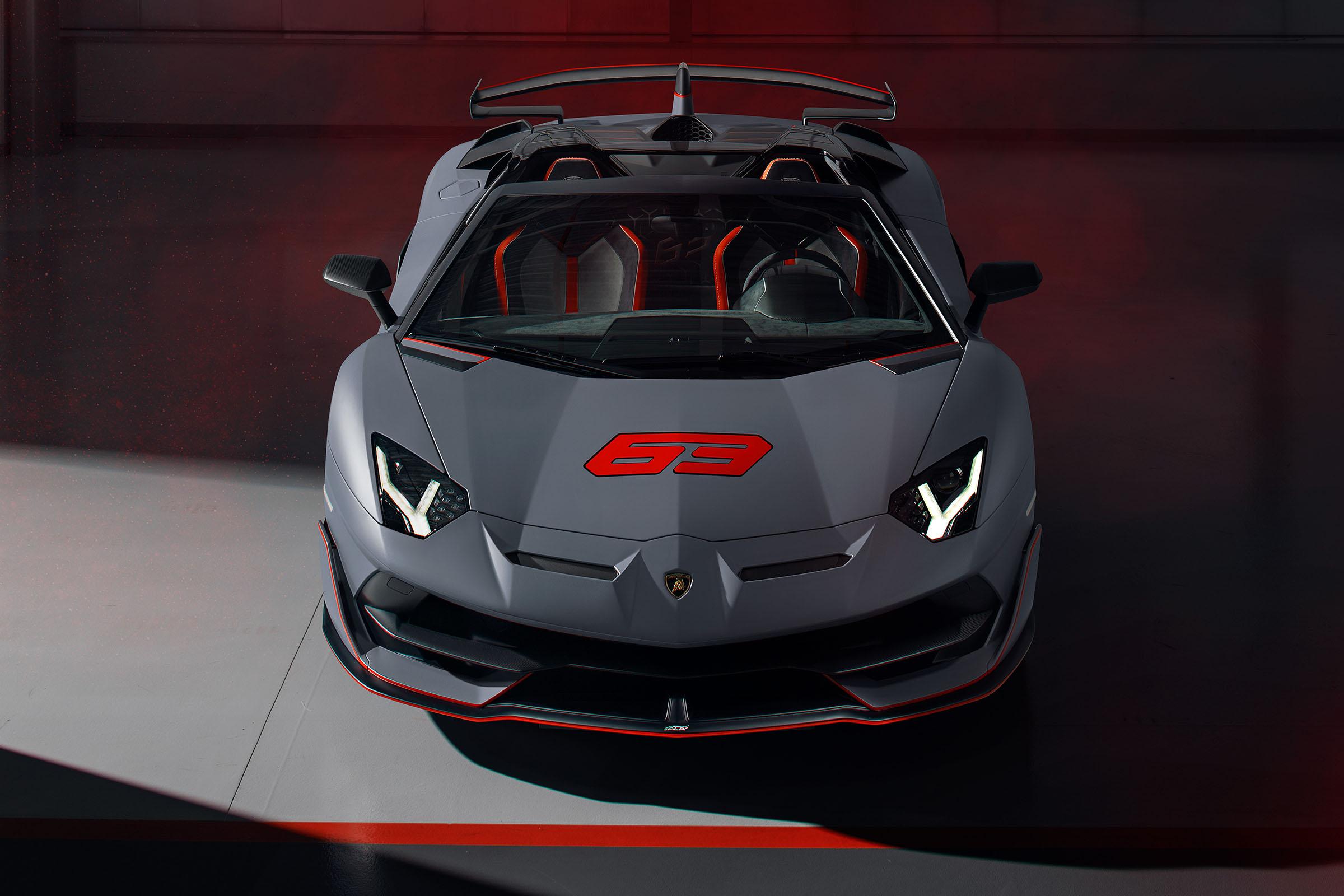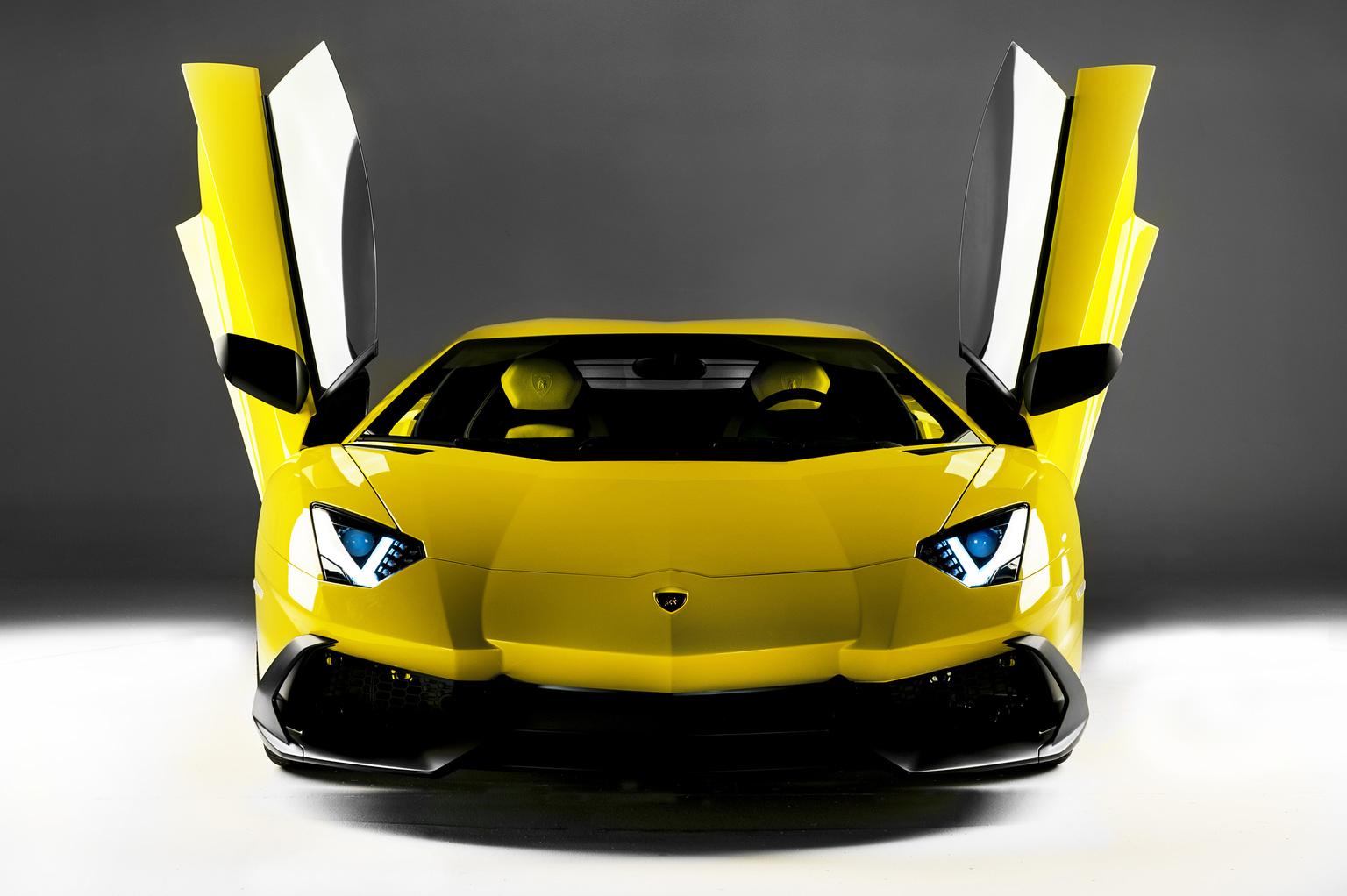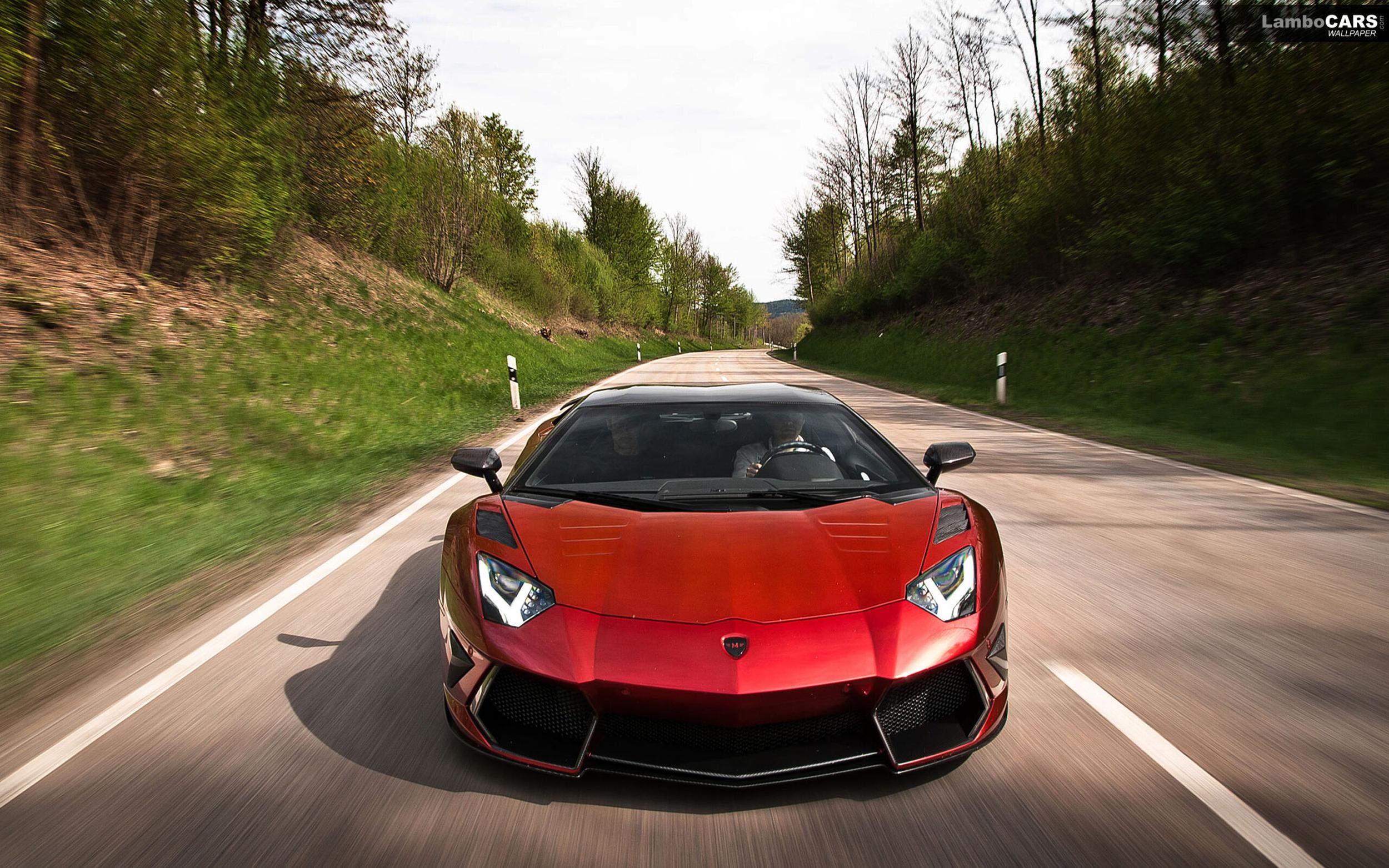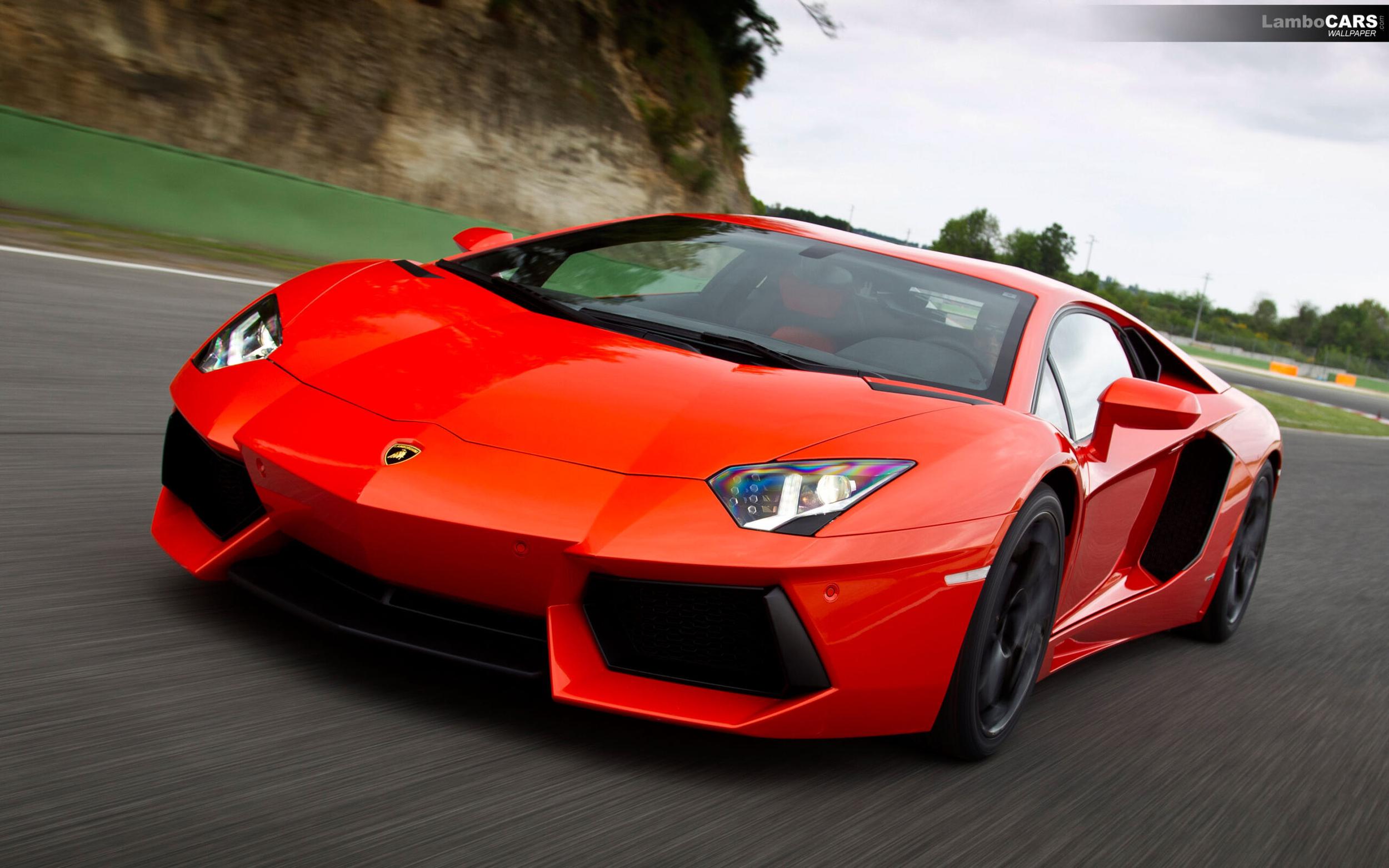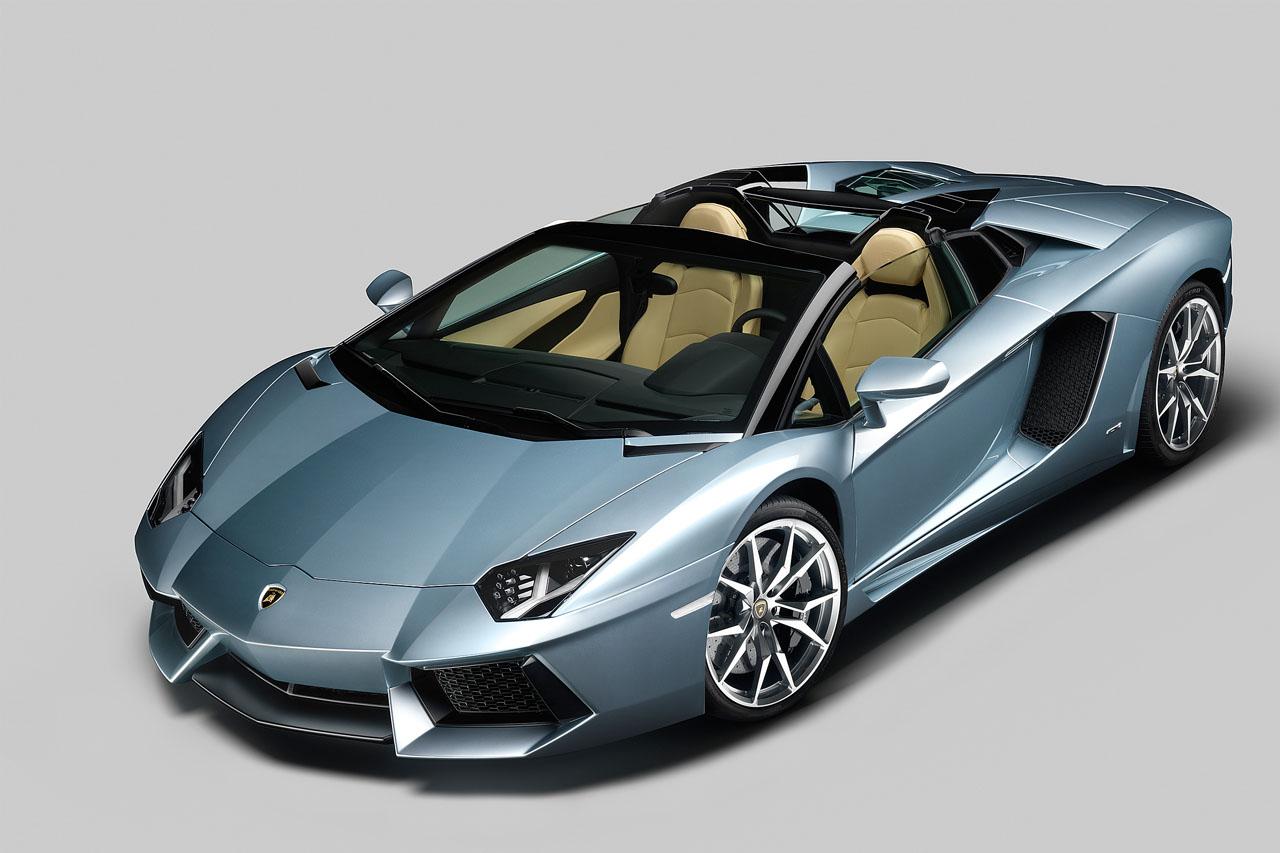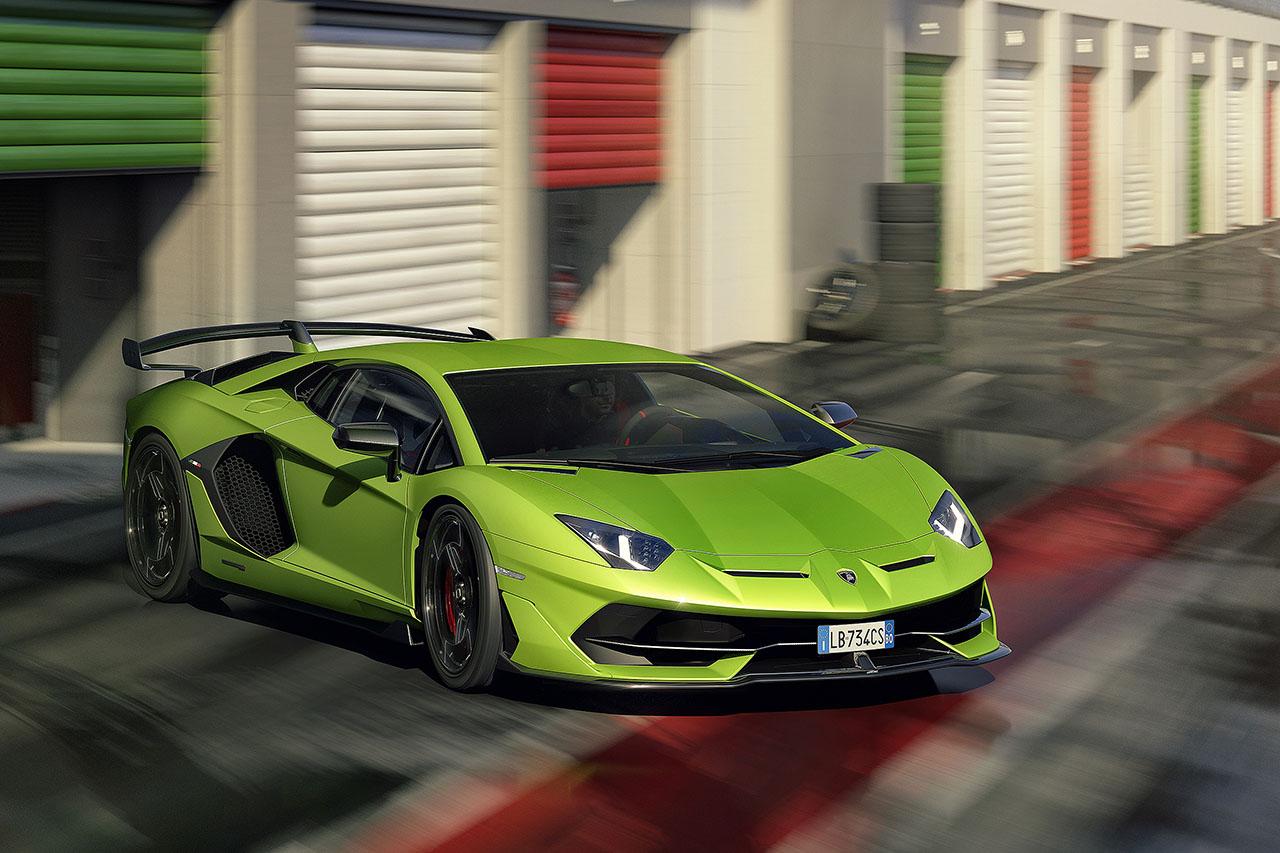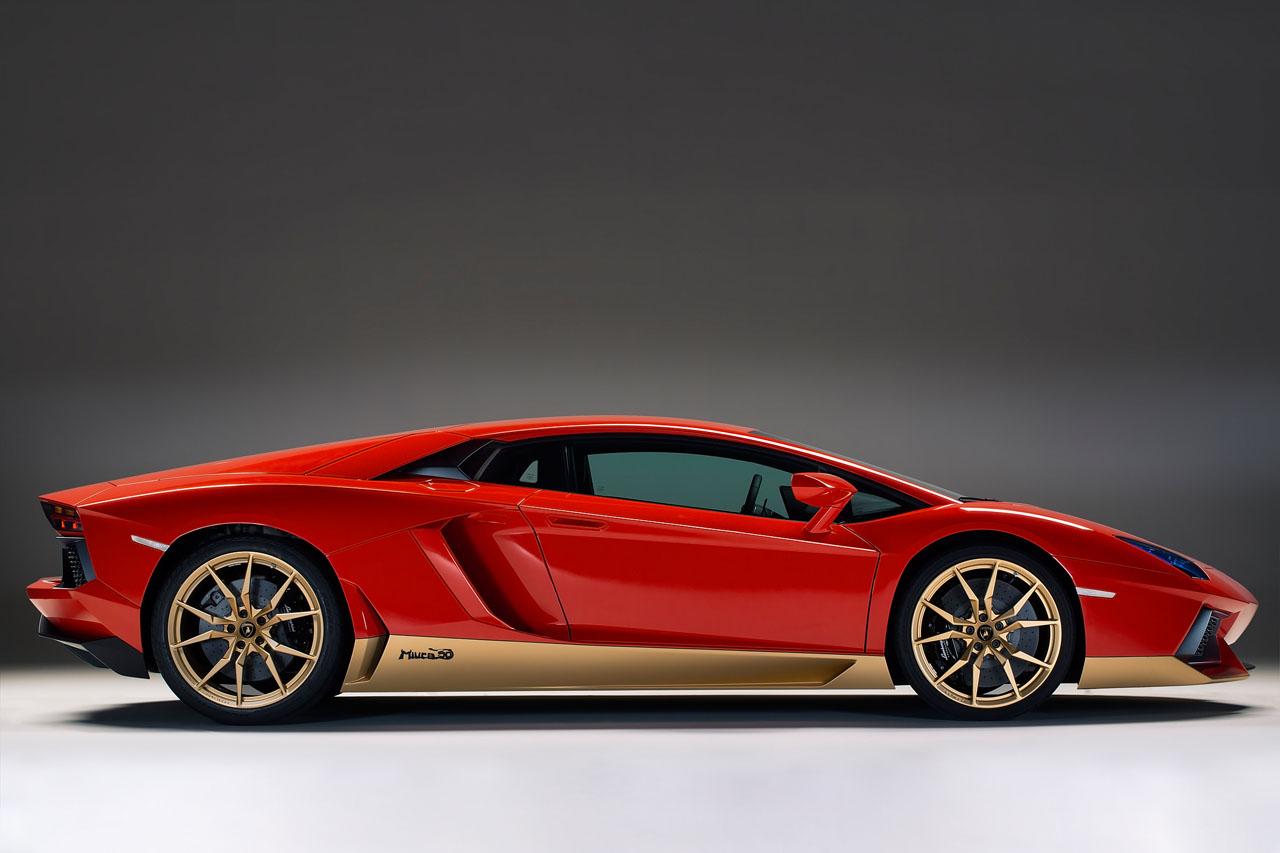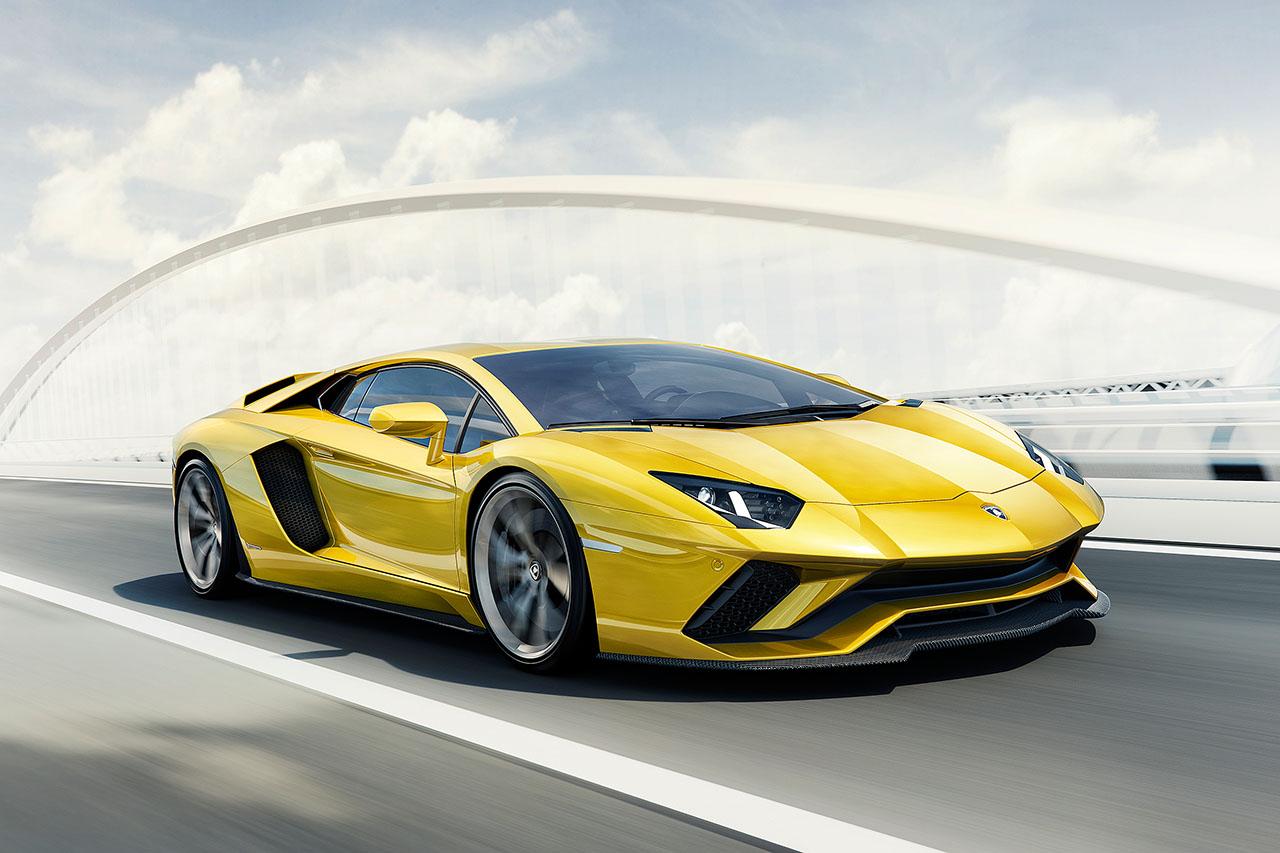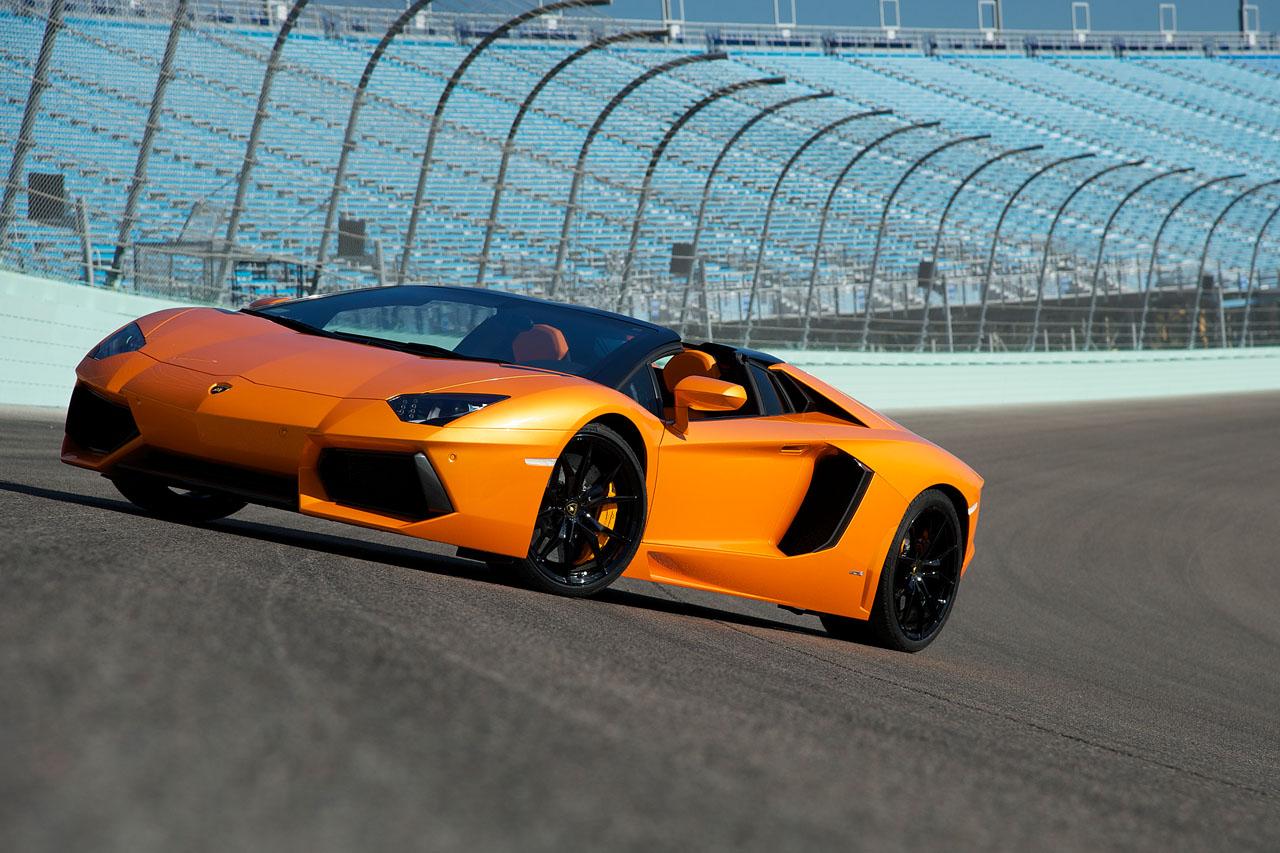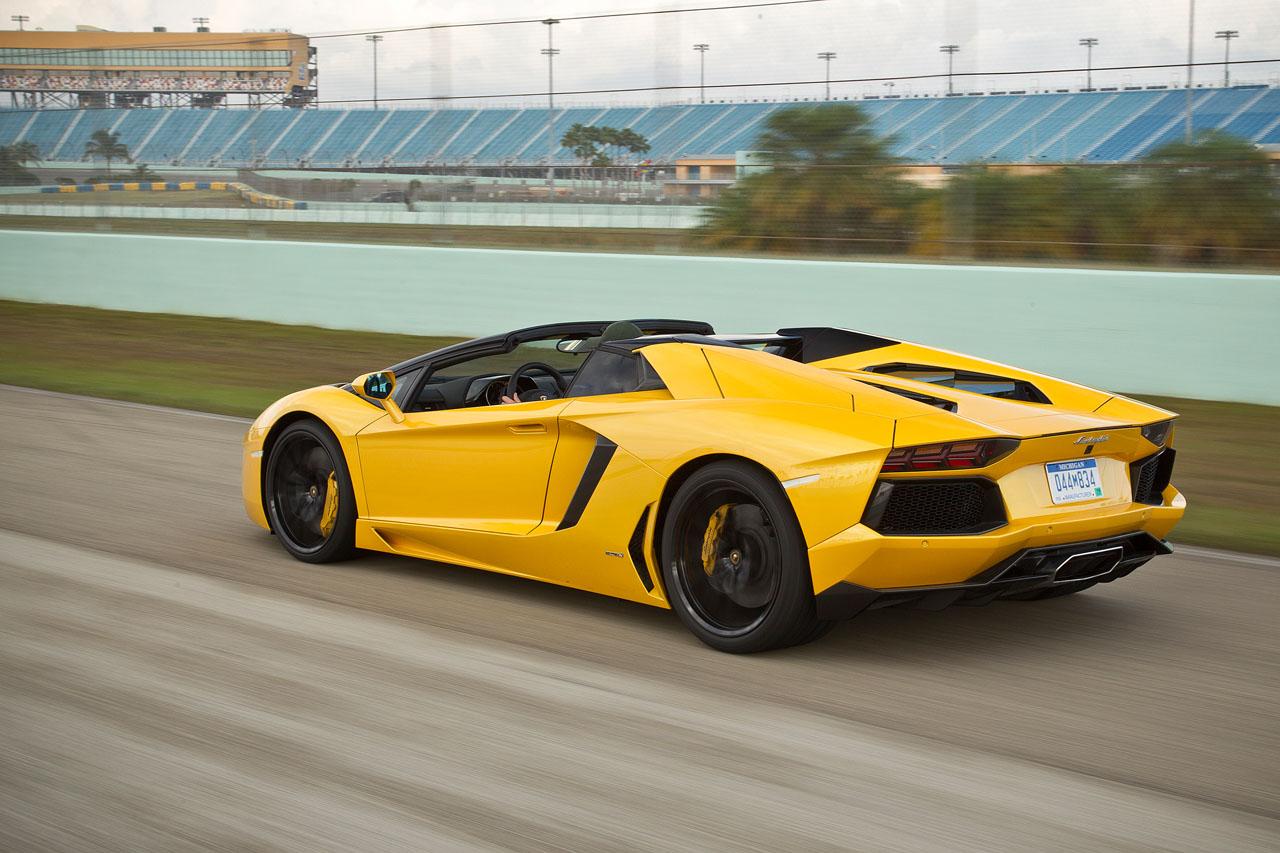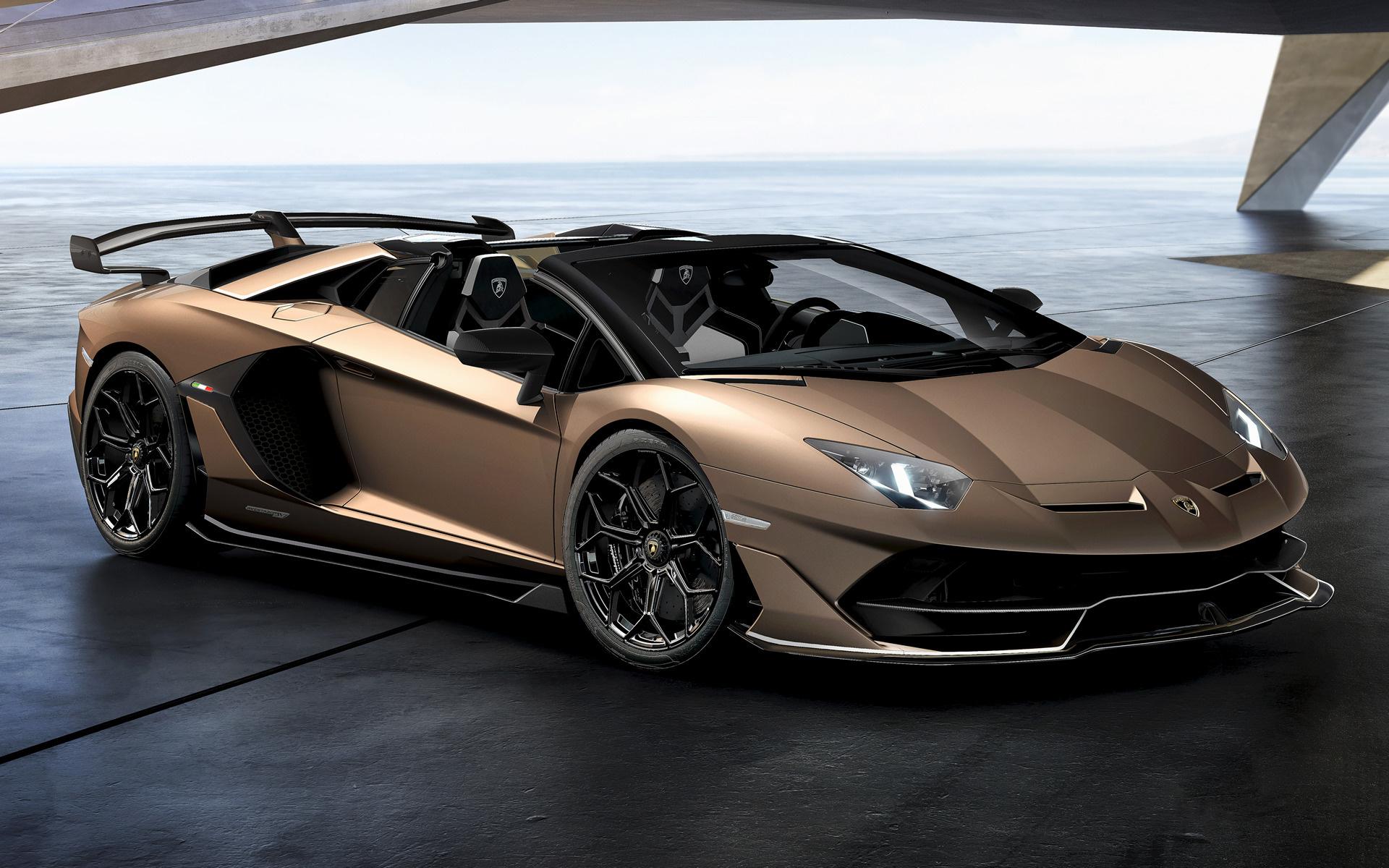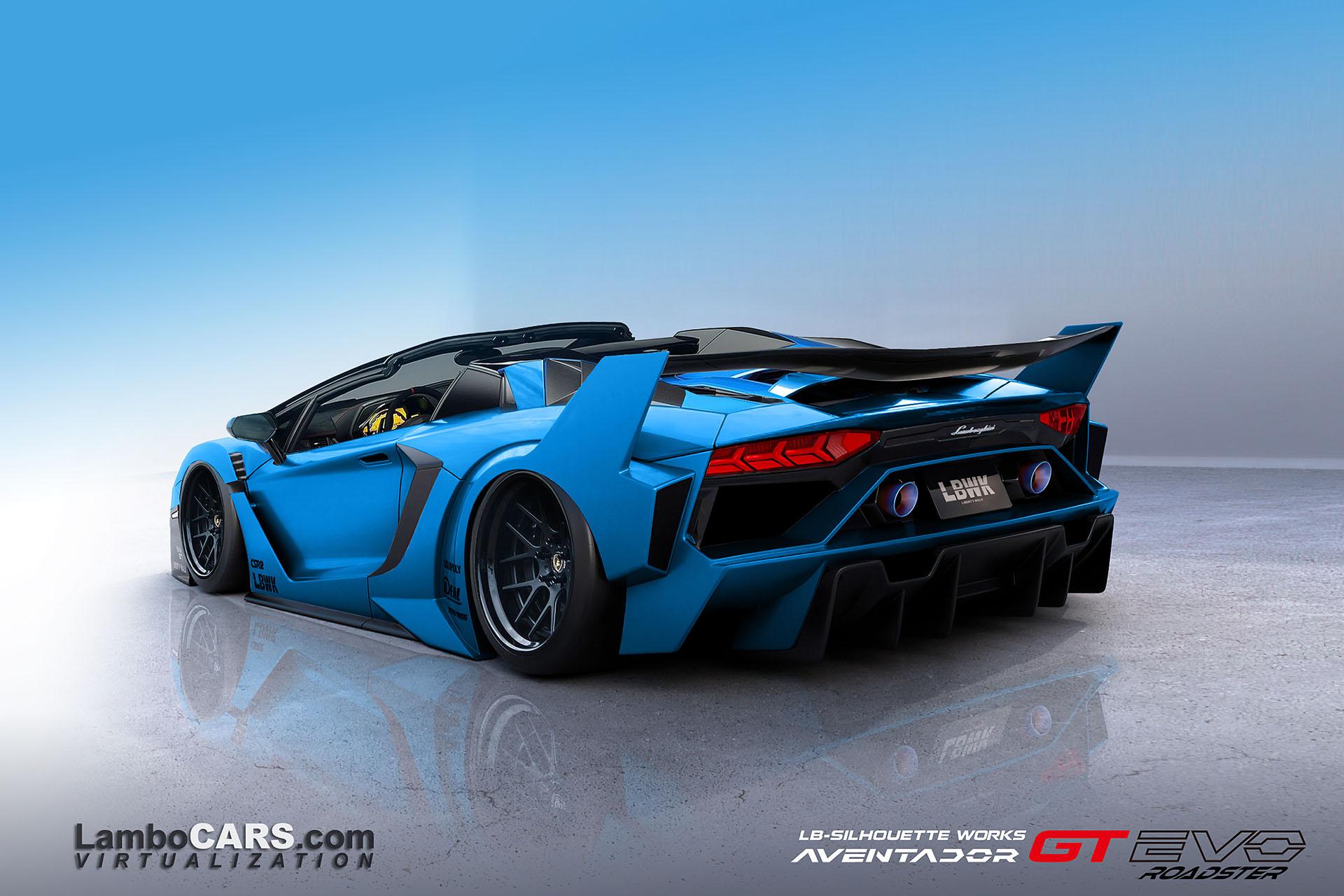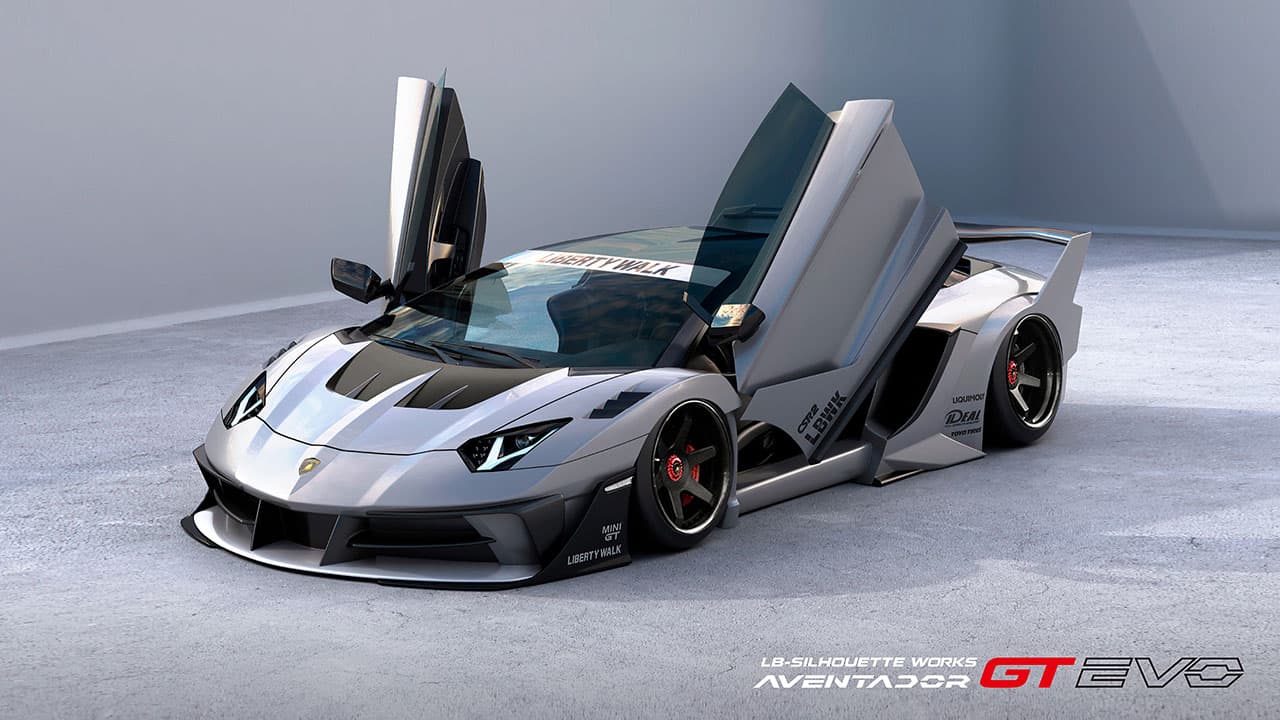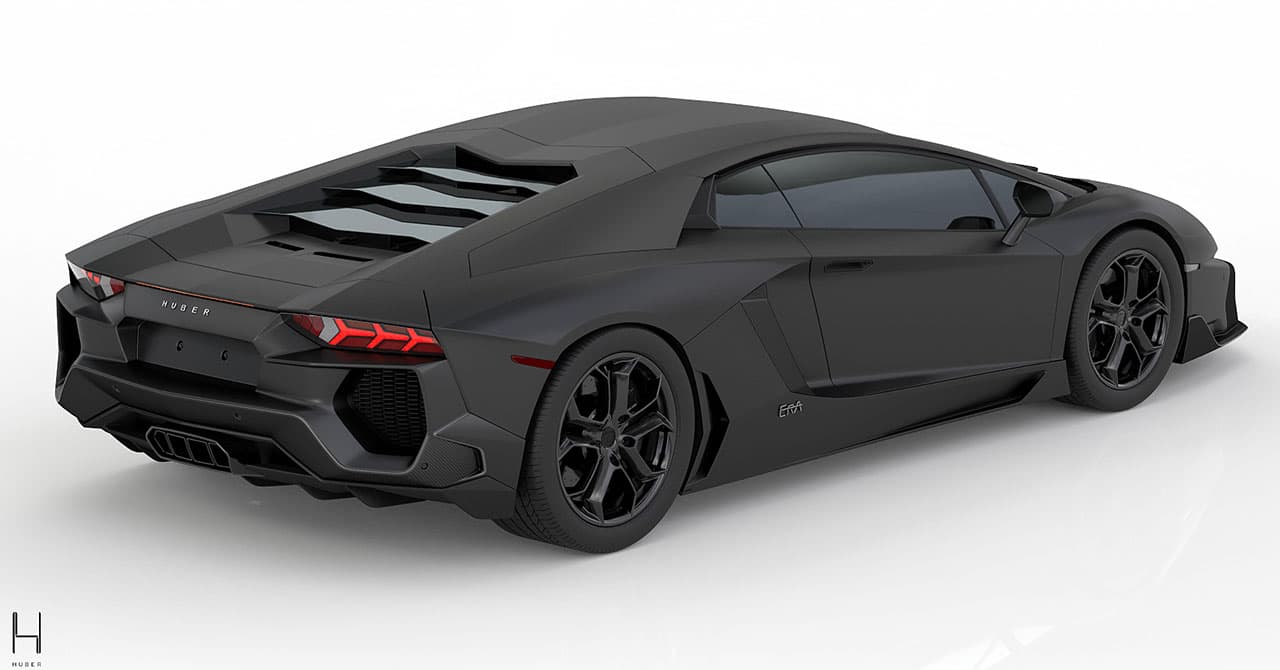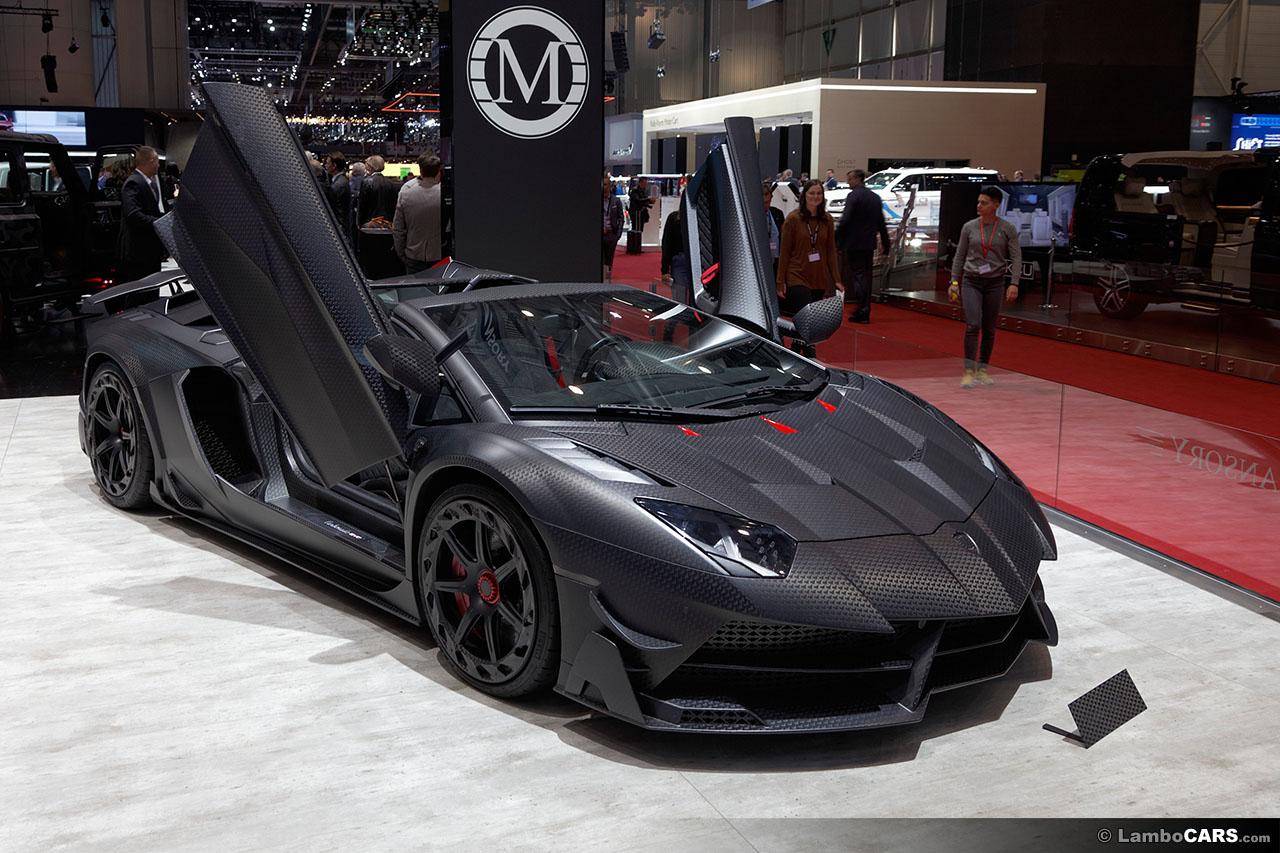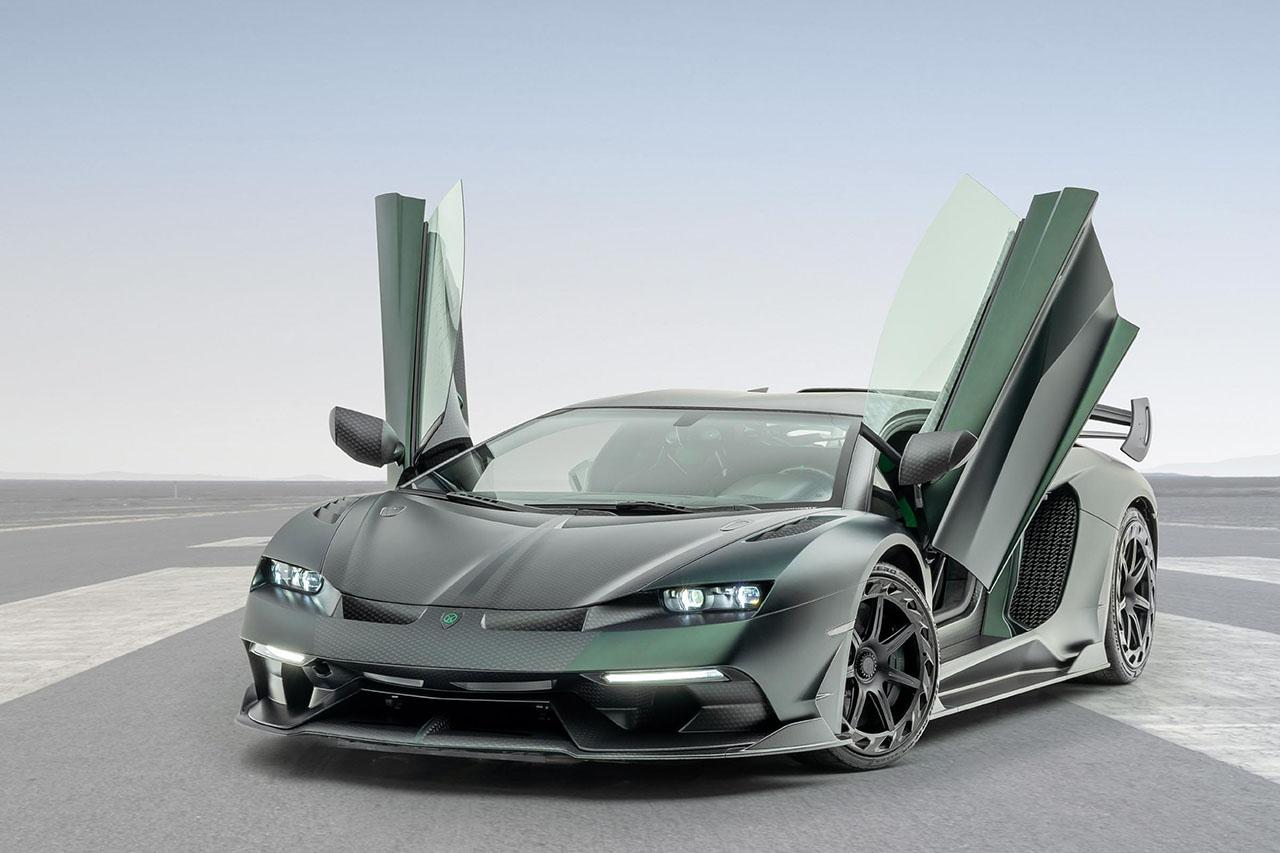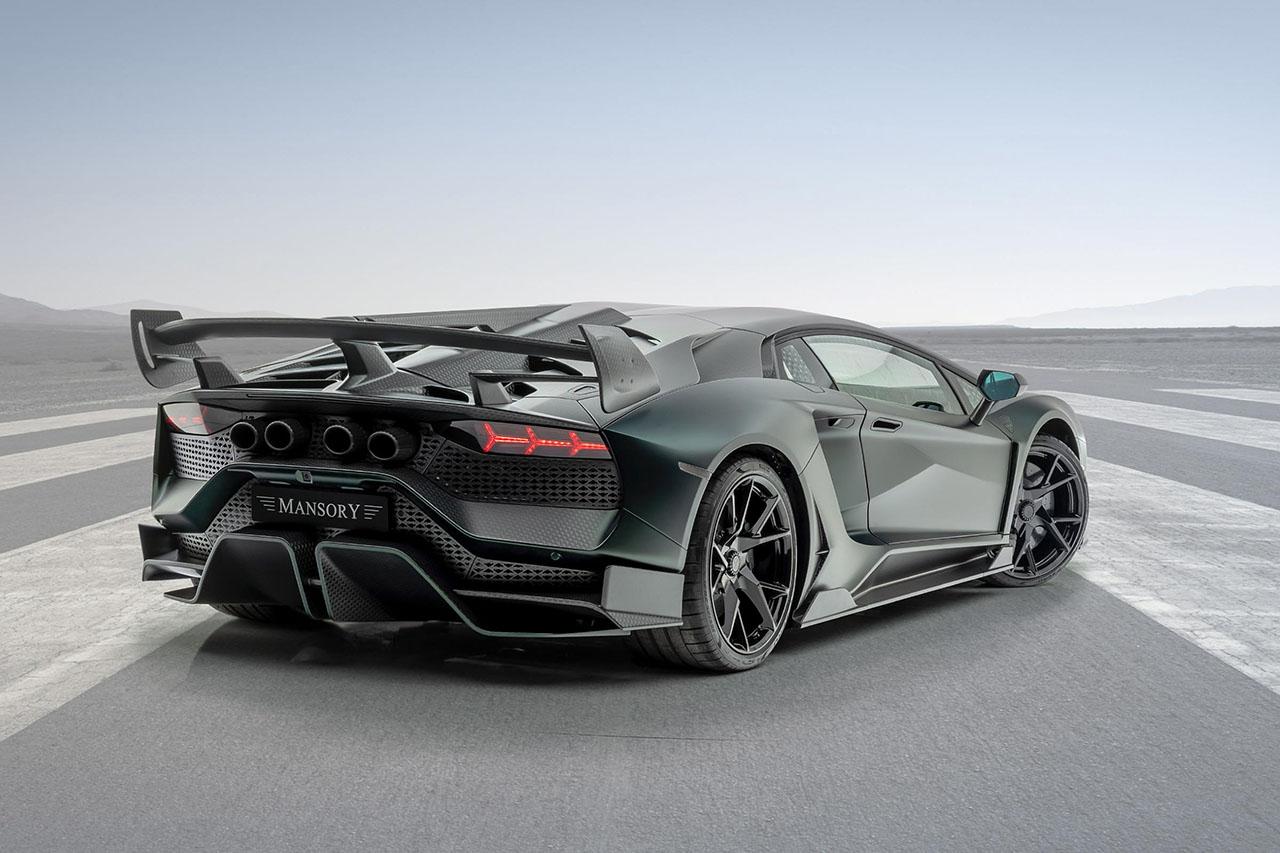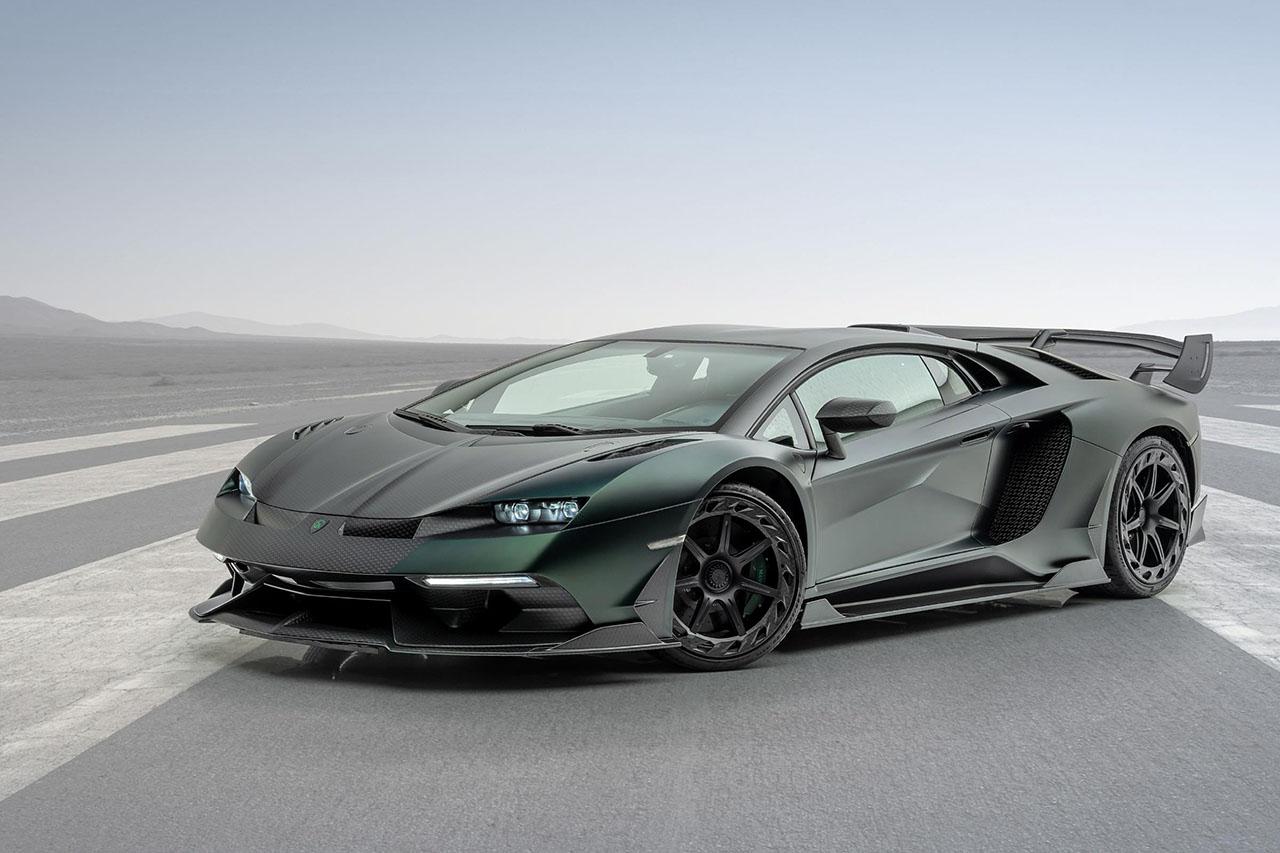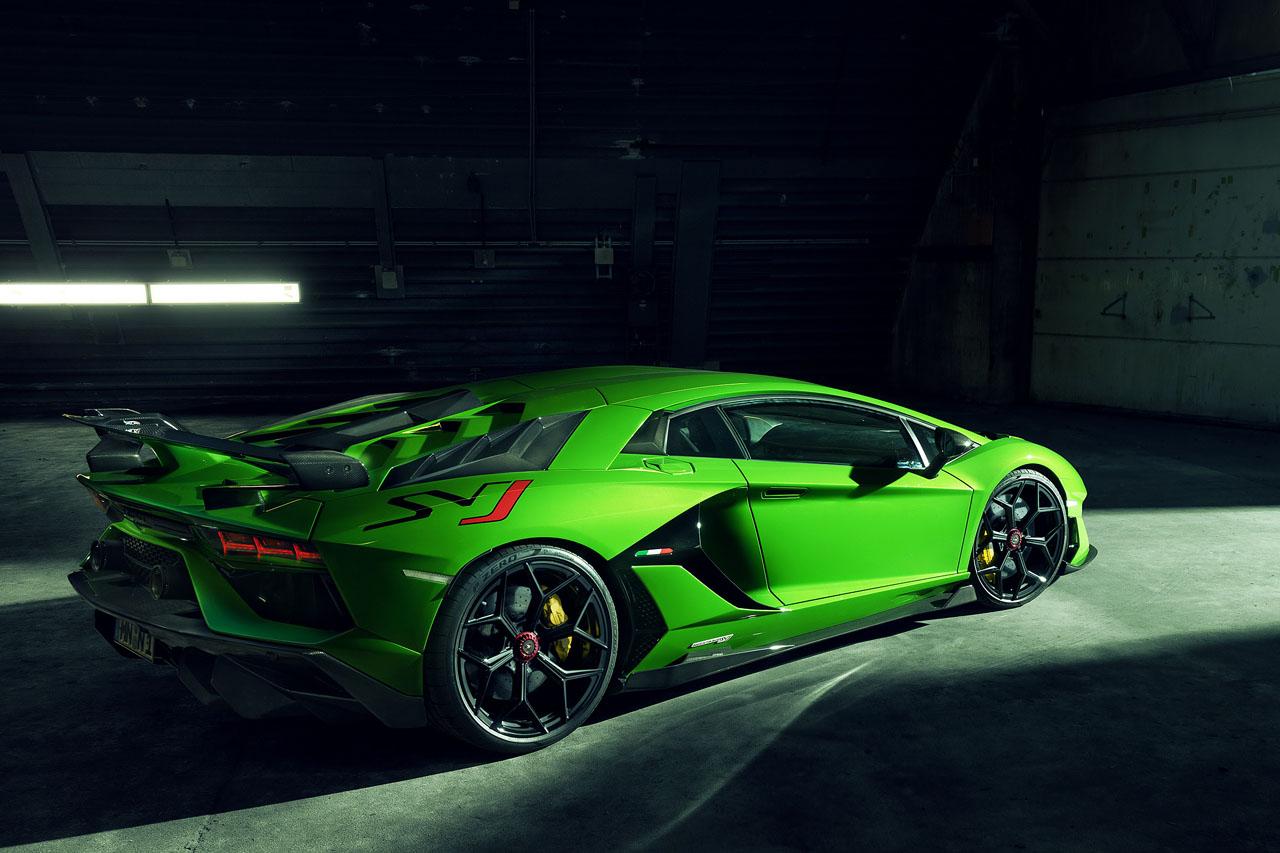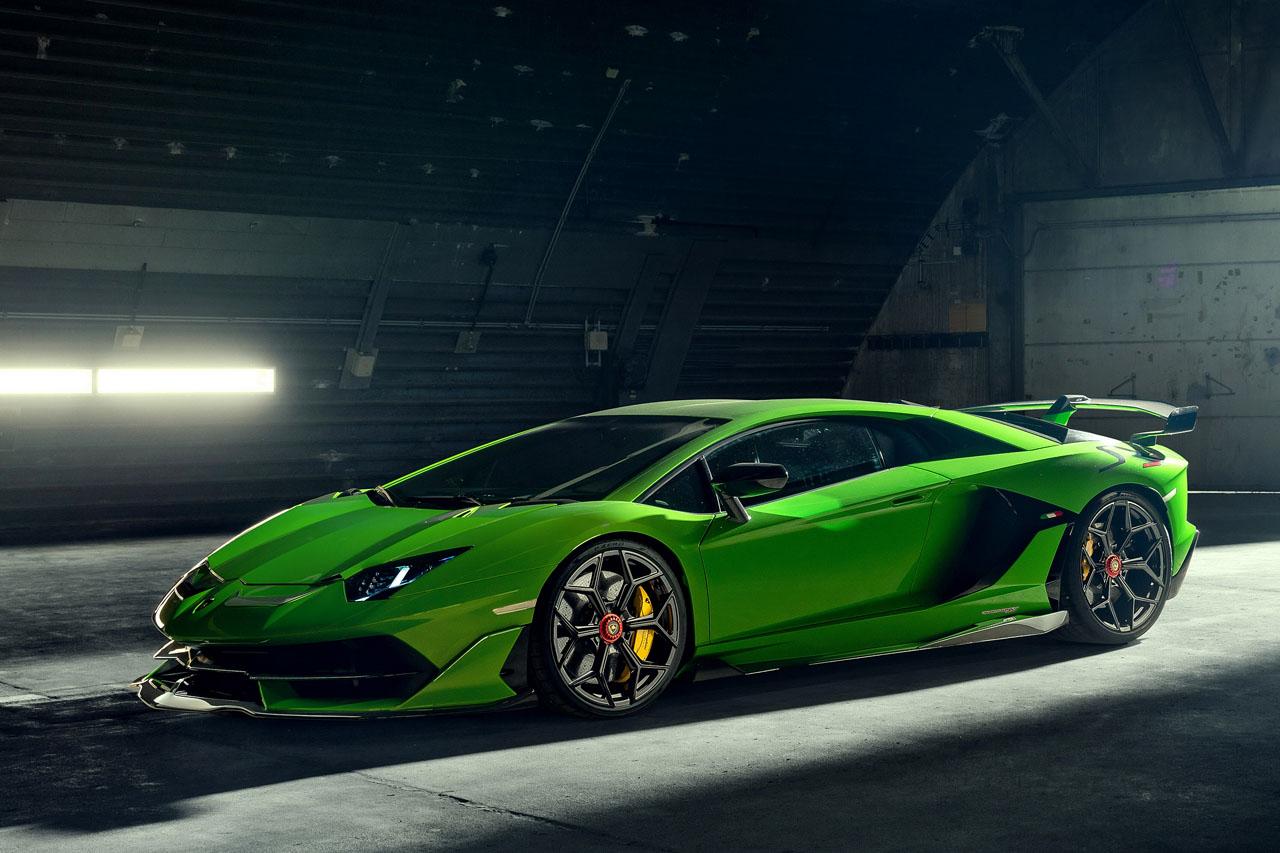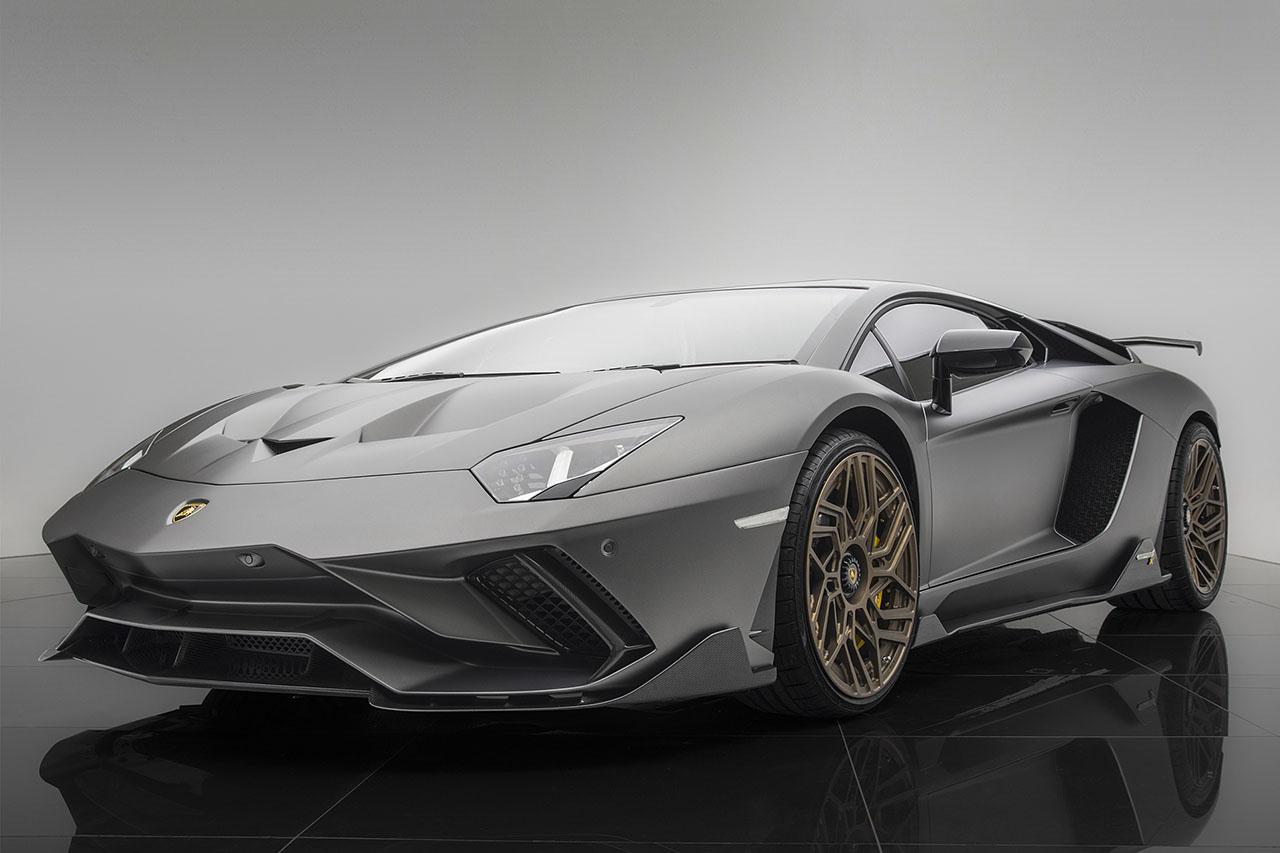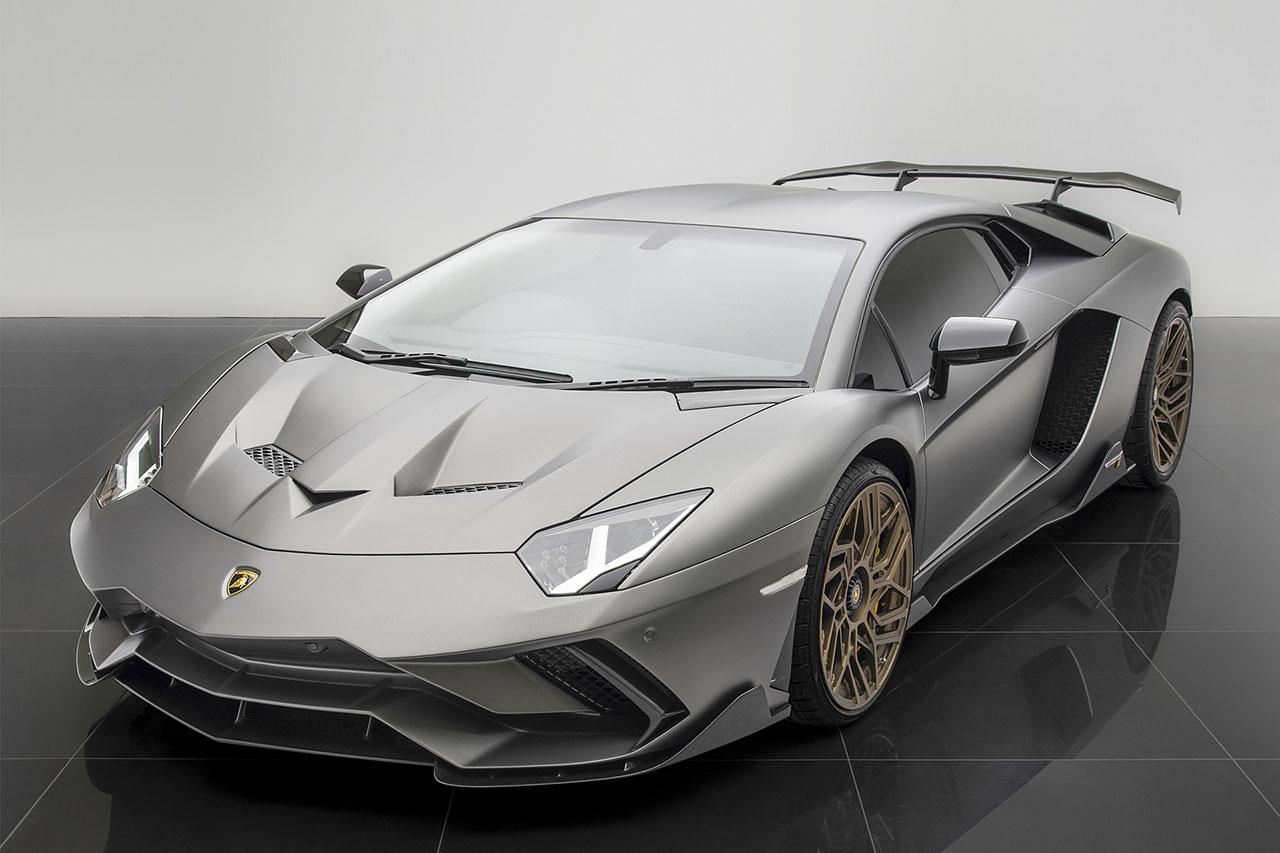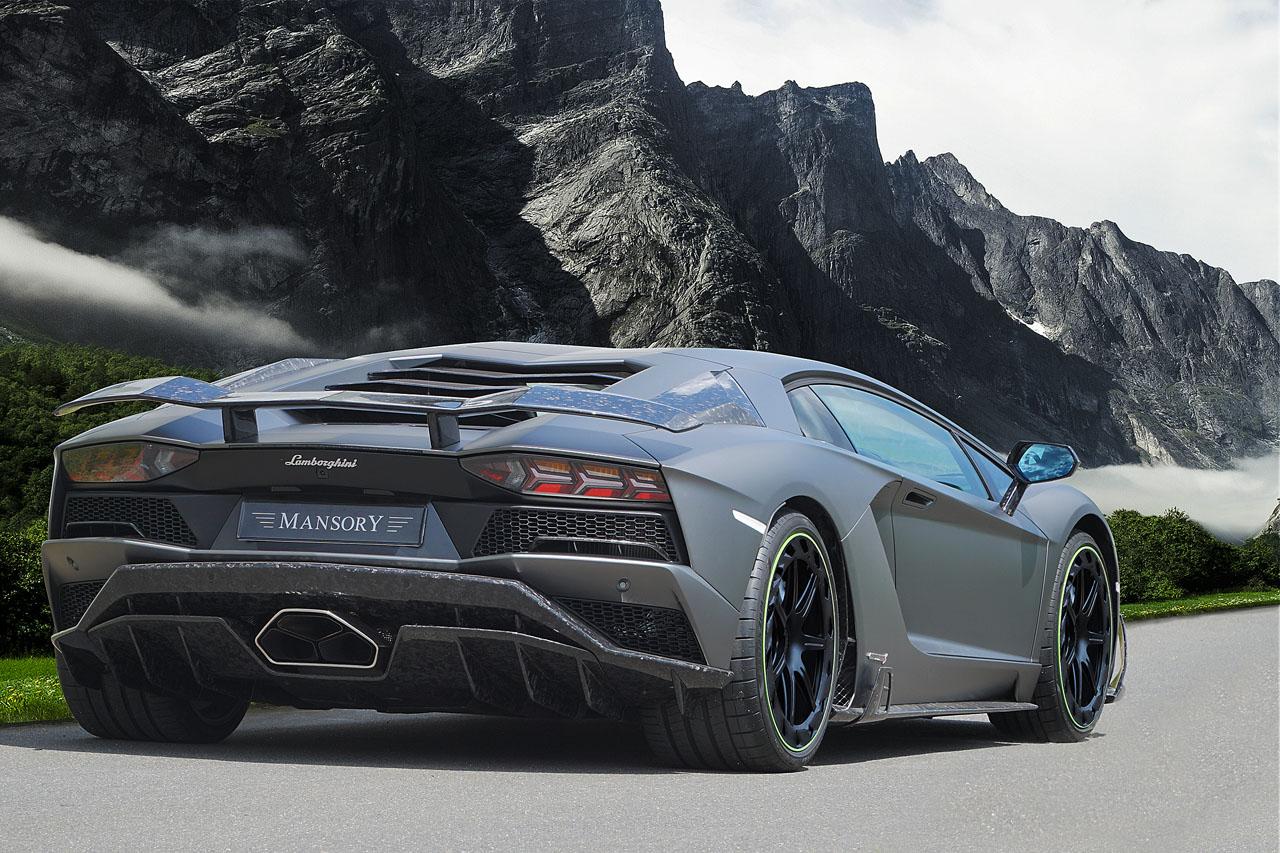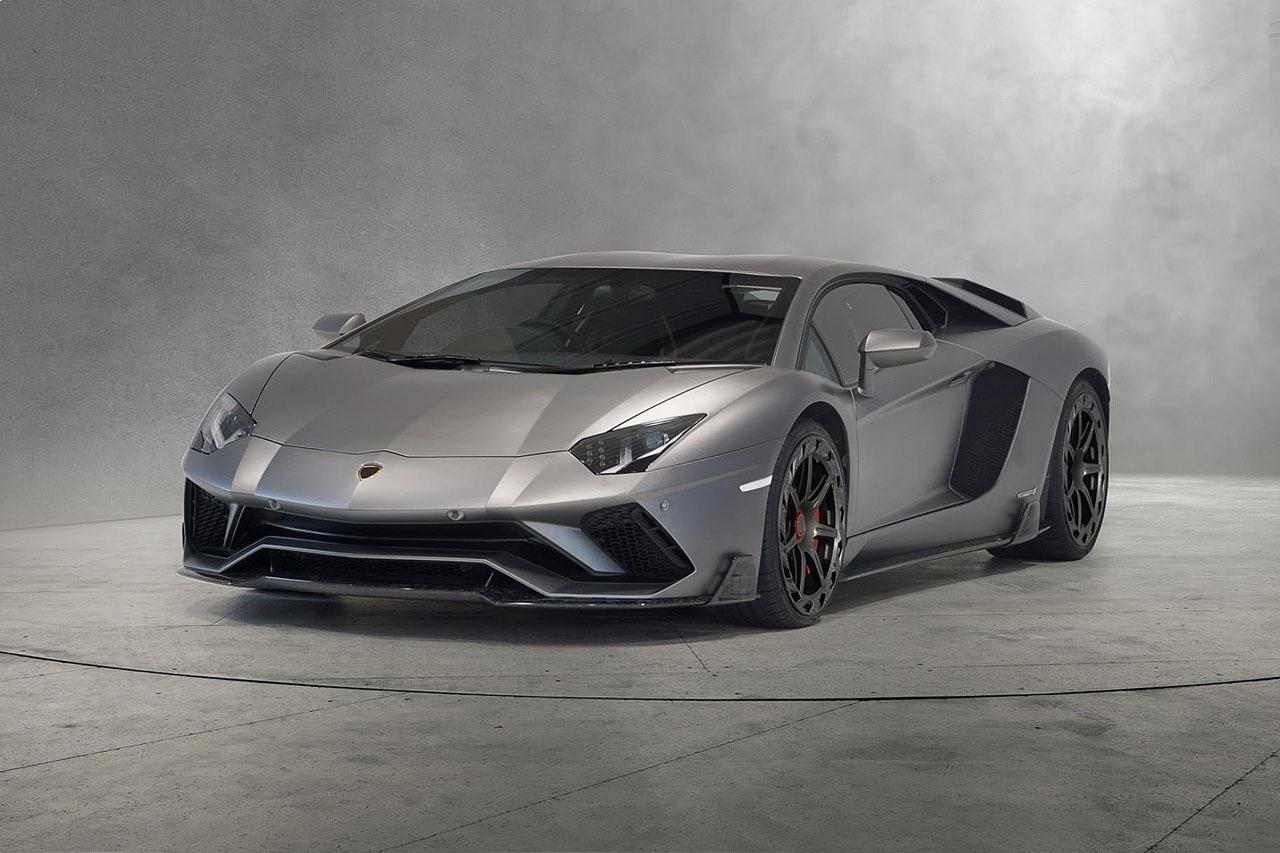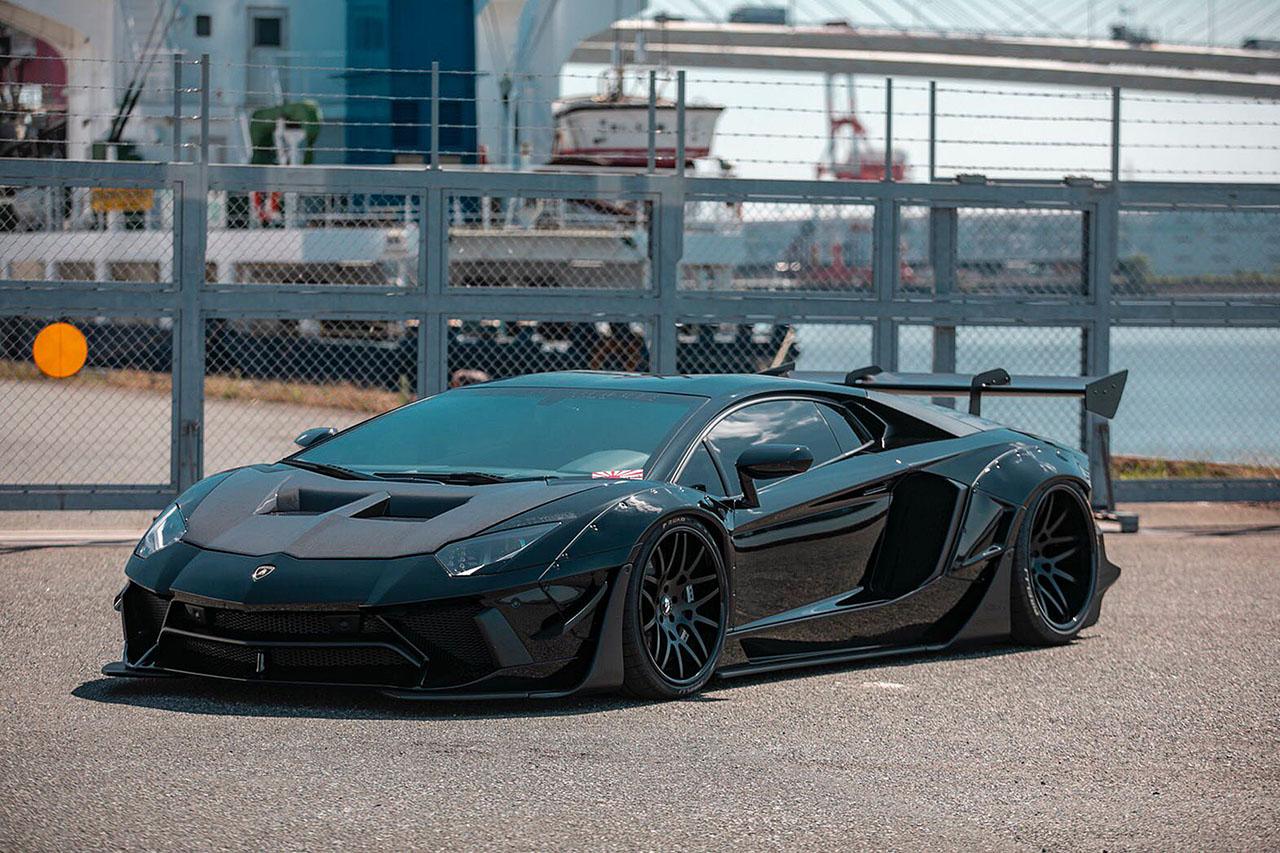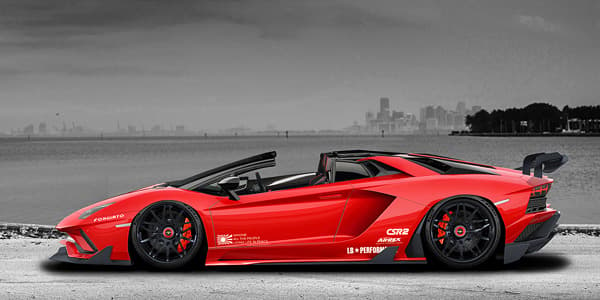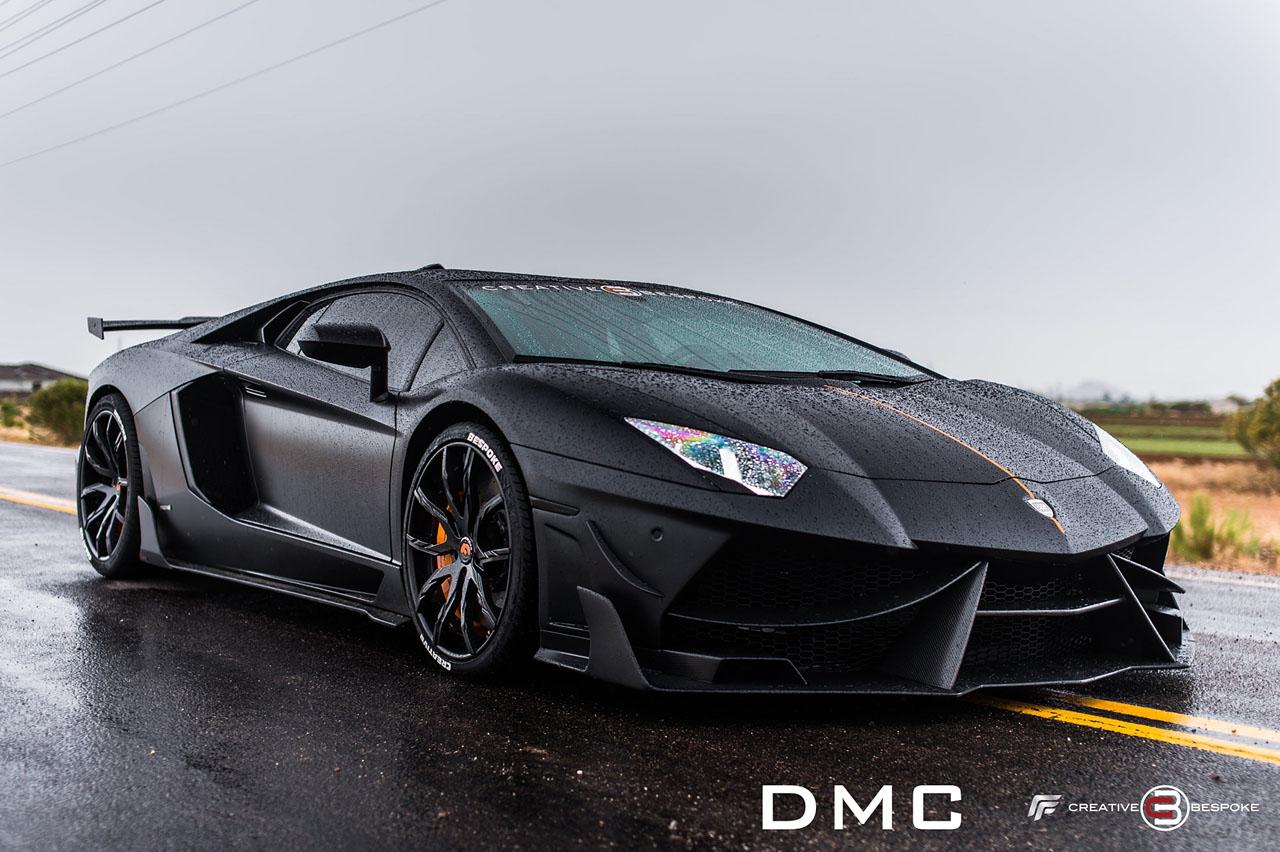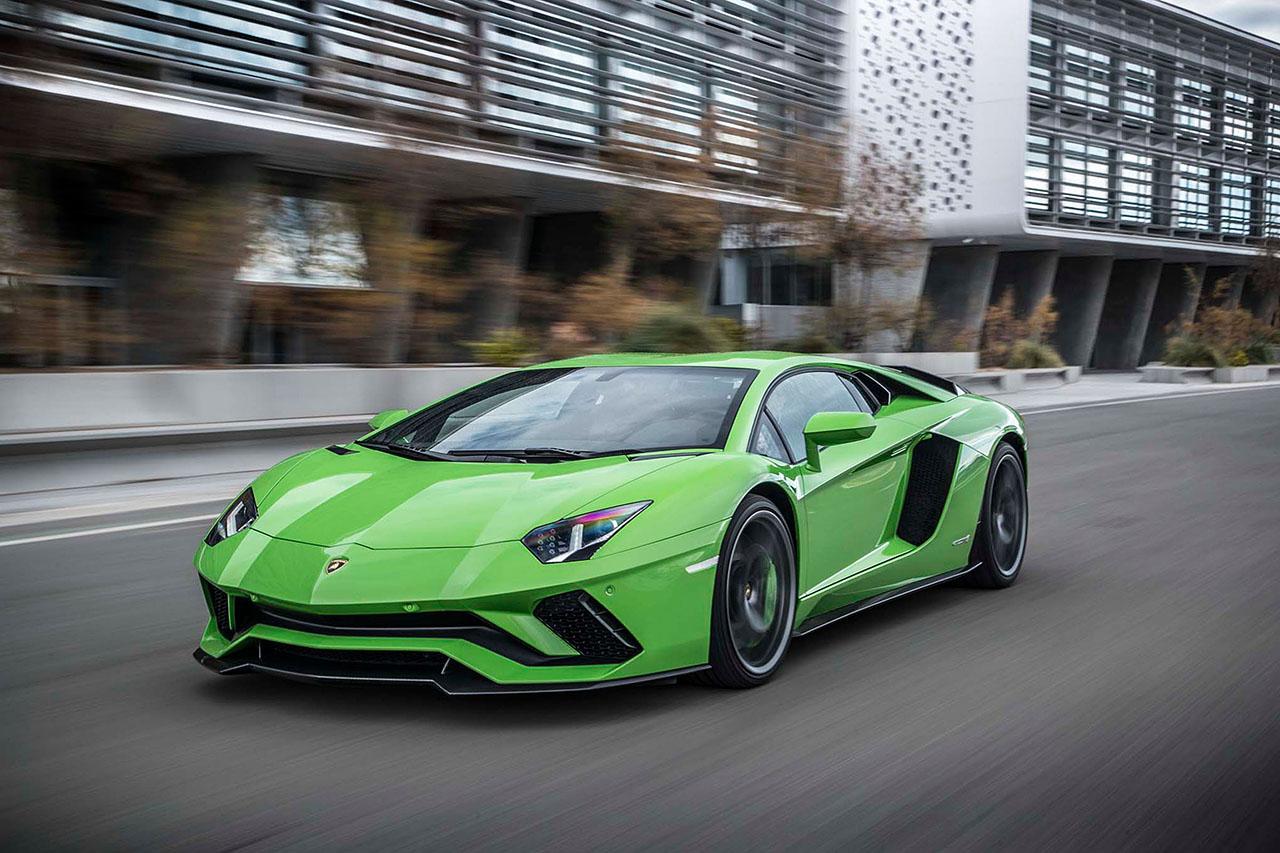Origins
The first iteration of the Aventador - the 2011 LP700-4 - was imagined by Italian automotive designer Filippo Perini, who is currently the head honcho at Italdesign. Its fighter jet persona is certainly deliberate, with an angular wedge-shaped silhouette and intimidating profile, the byproduct of aggressive aerodynamic overhangs, body panels, diffusers and air inlets.
Named after a breed of fighting bull (as is the case with other models in the lineup), the Aventador is the first V12-engined Lamborghini to forgo Bizzarini’s design schematic in favour of brand new architecture. Built from scratch under the guidance of Audi, this new Lamborghini V12 engine - codenamed L539 - is strongly influenced by the parent company.
Now backed by an evolution in performance and having taken huge technical leaps over the Murciélago, Lamborghini’s latest V12 was ready to make its entrance one for the ages. Built upon a carbon fiber monocoque and inspired by the styling of the limited-production Lamborghini Reventón, the Aventador was originally scheduled to have a 4,000 unit production run.
Thanks to its instant success and enduring popularity, Lamborghini reckoned that more of a good thing couldn’t possibly be a bad thing. So by 2016, over 5,000 examples had been built; well past where the original goal posts were set. Fast forward to September 10, 2020, and Aventador No. 10,000 had just rolled off the production line.
Initial Release
Aventador LP700-4 (2011-2016) & Aventador LP700-4 Roadster (2013-2016)
The very first Aventador variant was the LP 700-4 coupé. Right off the bat, Lamborghini’s new flagship model featured a 6.5L naturally aspirated V12 engine which produced an impressive 700 hp @ 8,250 rpm and 509 ft-lbs of torque @ 5,500 rpm. Mated to a 7-speed single clutch automated manual transmission which sent power through an all-wheel-drive system, the LP 700-4 was capable of 0-60 mph in just 2.9 seconds, setting the tone for the variants which followed.
Faster and lighter than its predecessor, the Aventador achieved close to 200 lbs of its shed weight via the extensive use of carbon fiber materials throughout, along with a redesigned drive line. Style-wise, the LP700-4 was an evolution of the Reventón’s design and featured much larger side intakes in front of the rear wheels.
The entire body and monocoque was produced in-house by Automobili Lamborghini using Resin Transfer Moulding techniques. Many of its mechanical components are derived from motorsport, such as the push-rod inboard spring/damper units and the dual-plated single clutch, which was lighter than the more popular dual-clutch solutions at the time.
The Aventador LP700-4 Roadster was announced late in 2012, with production beginning early in 2013. Thanks to its well-thought-out design and a lightweight drop-top setup, the Roadster has only a remarkably negligible performance penalty compared to the coupé. Speaking of the removable roof - which consists of two carbon fiber panels - it weighs just 12 kg total.
Reinforcements to the front and rear pillars - to improve structural rigidity and provide enhanced rollover protection - account for most of the 50 kg that the Roadster weighs more than the coupé. Equipped with the same power plant as the latter, performance metrics remain virtually the same: 0-60 mph still takes just 2.9 seconds, while top speed (349 km/h) is just 1 km/h lower.
SuperVeloce
Unveiled at the 2015 Geneva Motor Show and 2015 Pebble Beach Concours d’Elegance, were the SV (short for SuperVeloce) coupé and Roadster variants, respectively. Both models were added to the lineup during the final two years of the first phase of production, before the refreshed Aventador was officially released in late 2017.
Each of the SV models benefited from notable upgrades over their LP700-4 counterparts (which continued to sell alongside them until 2017), with more power, better aerodynamics and additional weight reduction measures all contributing to the total-package improvements.
For starters, engine output was increased to 750 hp - up 50 hp from the standard cars - while more carbon fibre parts were used throughout, helping to reduce total weight by around 50 kg in both of the SV models relative to their 700-4 counterparts. The SV coupé and SV Roadster each saw their 0-60 mph time improve to 2.8 seconds, though it could be argued that the more obvious improvements were in other areas of the car.
Driving dynamics were greatly enhanced for the SV, with downforce improving by as much as 180% for the coupé thanks to a redesigned front splitter, rear diffuser and fixed rear wing. Revisions to the electronic steering system, adaptive dampers, and magnetic pushrod suspension were complemented by a stiffened chassis; in unison, this helped to provide a heightened level of balance, agility and precision.
The Roadster - which was limited to just 500 examples - has the distinction of being the first drop-top Lamborghini model to adorn the SuperVeloce moniker, in the process becoming the most performance-oriented convertible ever produced by the company when it was released. Production of the SV ended in 2017, making way for the impending shake up in the Aventador roster.
Mid-cycle Refresh
Lamborghini reworked the Aventador late in 2016, with a refreshed lineup reflecting a shift in both nomenclature and technical features. The first model to be introduced was the Aventador S LP740-4 coupé, which was a direct replacement for the discontinued LP700-4 coupé, in the process becoming the new base offering in the Aventador roster.
The Aventador S was an improvement in every aspect of the car. Power was improved to 740 hp while keeping with the same 6.5L naturally aspirated V12 engine; a redesigned 7-speed automated manual transmission, improved all-wheel-drive system, and the addition of rear-wheel steering, also helping to take driving dynamics to greater levels.
An updated suspension setup was now managed by Lamborghini’s “LDVA” chassis control unit, which allowed drivers to choose from a variety of preset driving modes which included Sport, Strada (Street), and Corsa (Track), plus an ‘Ego’ mode which enabled customizable sub-settings.
As is expected with any refresh - particularly one done by Lamborghini - changes were aplenty for the exterior as well, with current Head of Design Mitja Borkert making sure to stamp his signature on the model with a sleeker and more modern design.
One of the most notable differences is the completely redesigned front fascia, which incorporates a more aggressive front splitter and features two new air ducts in the front bumper. The design at the rear of the Aventador S strikes a more intimidating pose as well, with longer rear diffuser fins and a triangular exhaust spout (housing three individual exhaust tips) really adding to the character of the car.
In 2017, Lamborghini followed up with the Roadster variant which it unveiled at that year’s Frankfurt International Motor Show. The Aventador S LP740-4 Roadster shared all the same mechanical underpinnings with the coupé, as well as the majority of its design cues - minus of course, the roof. The drop-top system continued to feature two removable carbon fiber roof panels which could be stowed in the front compartment.
Proponents of stat sheet critiques will immediately point out that the on-paper performance metrics remain virtually unchanged. For the coupé, 0-60 mph is still done in 2.9 seconds in spite of a 30 hp advantage over its predecessor. The Roadster seems to have been penalized the most, completing the same sprint in 3.2 seconds due to 50 kg of additional weight and more sophisticated chassis reinforcements.
Nevertheless, the S models need to be driven for one to appreciate the differences, as it is only then that the improvements aren’t so subtle. Where the old car feels very nose-led and slightly stubborn - its steering lethargic where you need flighty flicks left-to-right - the S dances through the slalom with a balance that feels much more in line with your hips, and steering that feels light years faster. At higher speeds, the improvements to front downforce - 130 percent more on the S coupé versus the LP700-4 - are noticeable during both turn-in and corner exit.

